
The roll cage, one of the defining parts non-enthusiasts will quickly recognize when it comes to race cars. However, a cage is more than just a set of random bars located in the interior of the car.
When it comes to race cars, the roll cage is a modern invention in the history of motorsports. Roll bars and hoops were seen in the 1950s, but full cages like we recognize today didn’t really start appearing until the 1960s. Since then, engineers and cage builders have found ways to not only strengthen the chassis – as they were originally used for in those early years – to complete safety systems that protect the driver in some of the worst hits. To help understand roll cage design in this modern era I asked Formula Drift’s Competition Director, Kevin Wells, and veteran cage builder from Precision Chassis Works, Kent Porter, to help me talk about what you should look for, and the ins and outs of roll cages between drifting, time attack, and Trans Am.

“First, we need to define what a ‘cage’ is,” says Kent. “In road racing or time attack circles, I usually reserve the term ‘cage’ for a roll-over/safety structure that extends forward of the driver’s seat, and includes door bars/side impact protection. Anything that is exclusively behind the seat is generally considered a ‘roll bar’.”
The reason he needed to stress this is because of my first question about bolt-in roll cages. In most wheel-to-wheel competition environments, a bolt-in cage isn’t allowed even if it offers full protection with door bars, front hoops, and other key features that could be found in weld-in cages. But in cases where cars do not have a steel chassis (like the aluminum unibody of the Lotus Evora, for example) a bolt-in cage is the only option.
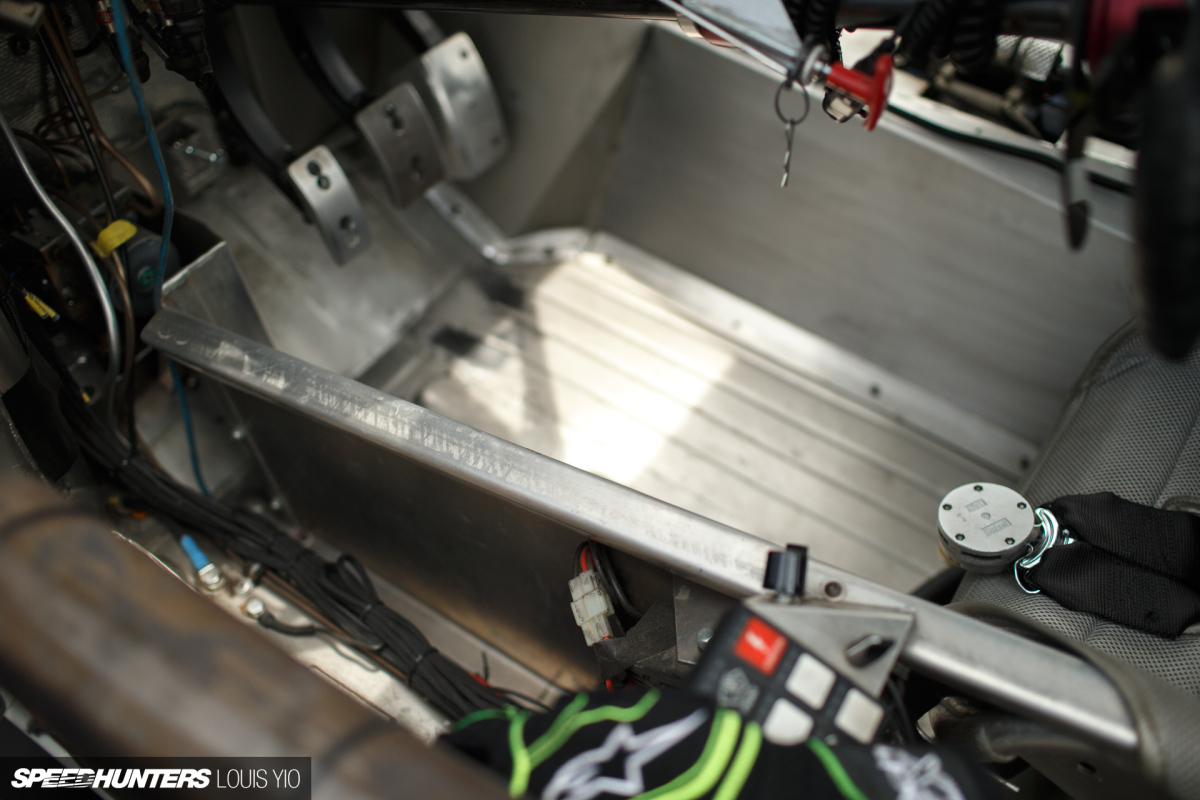
The reason a bolt-in cage isn’t generally accepted is because the areas those cages attach to on the floor pan isn’t very strong. The thin sheet metal will tear at those spots and will punch through the floor when the car lands on its roof. A properly designed, bolt-in cage isn’t going to be something you can order off the internet. It’s more than likely going to end up still being a custom design because the designer will still have to create proper attaching points with thick steel welded to both sides of the floor where the cage will attach. Doing that should allow the impact energy to be spread but it’s not a guaranteed thing, especially if the sheet metal floor was very thin to begin with. Add in the heat from the welding and you’ve probably created a new weak point at the floor.
However, that doesn’t mean that a bolt-in roll bar isn’t a good option for a road car that does some time attack duty.
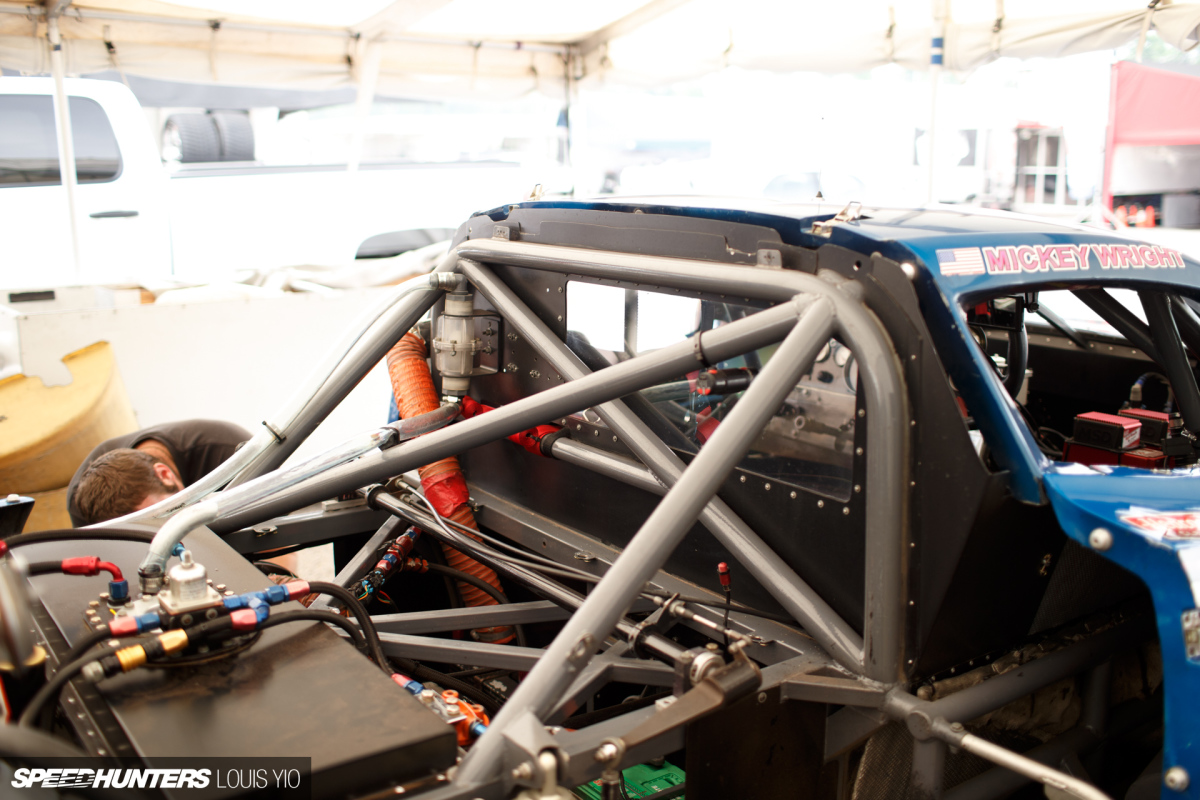
“I do see a place for bolt-in roll bars as an intermediate step between no additional roll over/crash protection and a full cage,” says Kent. “Bolt-in roll bars offer additional roll over protection [especially important if the car is equipped with fixed back seats] and provides mounting provision for the shoulder straps on five- or six-point harnesses.”
So, how about welding in a roll bar and coming back later to do the rest of the cage? Don’t do it says Kent. “I used to have people ask me all the time if it was possible to weld in a roll bar, and then add to it at a later date to make it a full cage. The reason this doesn’t work most of the time, is that once the roll bar is welded in place, there is no way to access the top of any weld joints that make up the forward structure of the full cage.” If you want to do it in stages, start with the bolt-in roll bar with fixed-back seats and a five-point harness at the minimum. Then decide if you’re ready for hardcore duty and get the full cage.

So, why would welding the cage at the unibody’s frame structure be better than welding at the unibody’s floor pan? Simple, the steel at the frame structure of the unibody is made of thicker metal and can take the stress of the heat welding creates at the two joining metals. Any time you heat metal, you can make it harder and brittle. At a certain point, you’ll overheat the metal and make it too hard and it will break at that point. A competent welder will be able to weld to the point that the metal bonds together but with a controlled heating to ensure the metal doesn’t become too hard. That’s not all to consider, either. “A well-designed cage should attach to the strongest structural parts of the chassis as possible, in as many places as possible,” says Kent. “The longitudinal members of a unibody car are some of the strongest parts of the chassis, as are the a-pillars and b-pillars. Whenever possible and within the rules, I will design the cage to fit the interior of the chassis so tightly that I am actually able to weld the cage tubing directly to the chassis in multiple places which adds additional chassis rigidity without adding weight.”
The Drift FormulaDrifting sort of sits in a unique area when it comes to motorsports. Drivers are purposely trying to drive as close to each other as possible, even making some contact with other cars and walls, while in a slide, whereas wheel-to-wheel racing looks for close driving but without the purposeful impacts that makes drifting exciting. So, how does a Formula Drift cage relate to a traditional cage?
According to Formula Drift’s Kevin Wells, the difference is minimal and close to a GT3 or GT4 car. “Cage design would be a common six-point cage with the addition of ‘anti-intrusion bars’ making it an eight-point cage with door bars,” he says, but with one key difference from GT3/4. “Additional bracing from the strut towers to the firewall and between the door bars and the chassis is currently not allowed.”
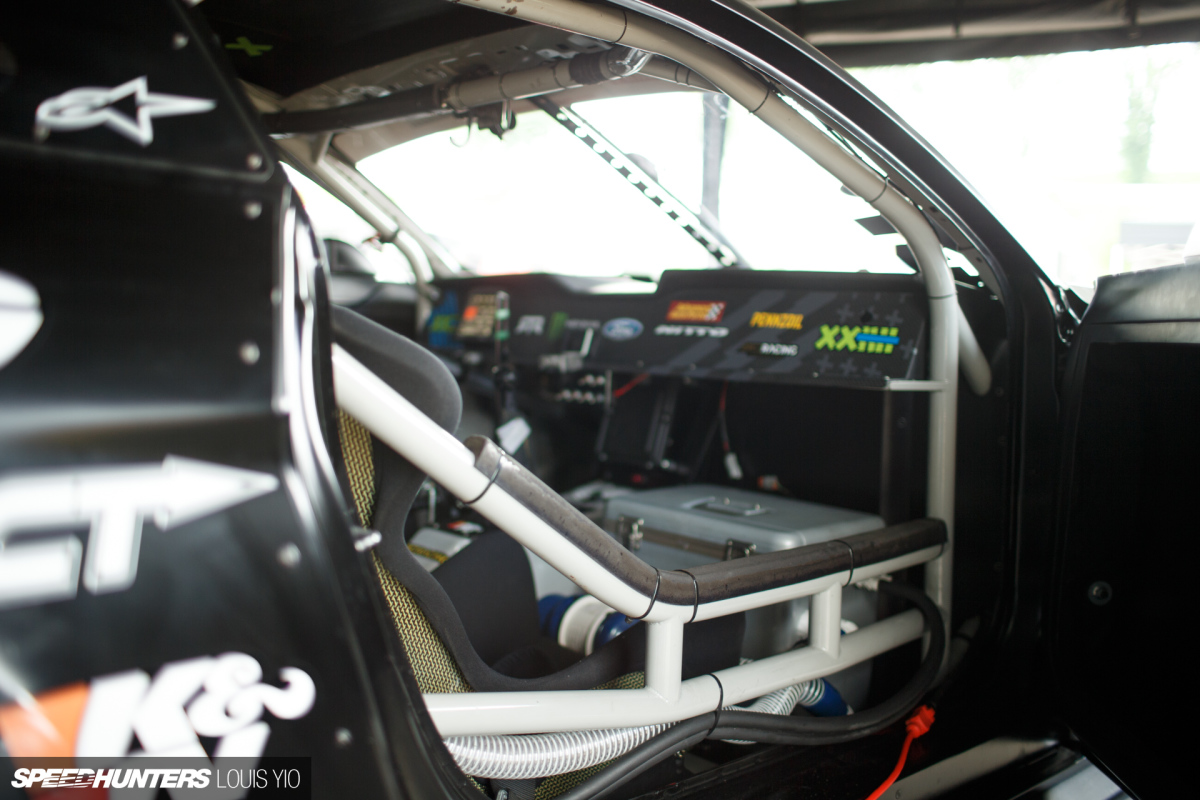
The anti-intrusion bars are unique to Formula Drift, as far as I’m aware. In GT3/4 and some classes of time attack, bars going from the front down tube to the strut towers are allowed. Formula Drift, on the other hand, does not allow this. “Drifting requires more steering angle than other motorsports,” Kevin explains. “This steering angle and collisions with barriers and other vehicles is what developed the anti-intrusion bars.
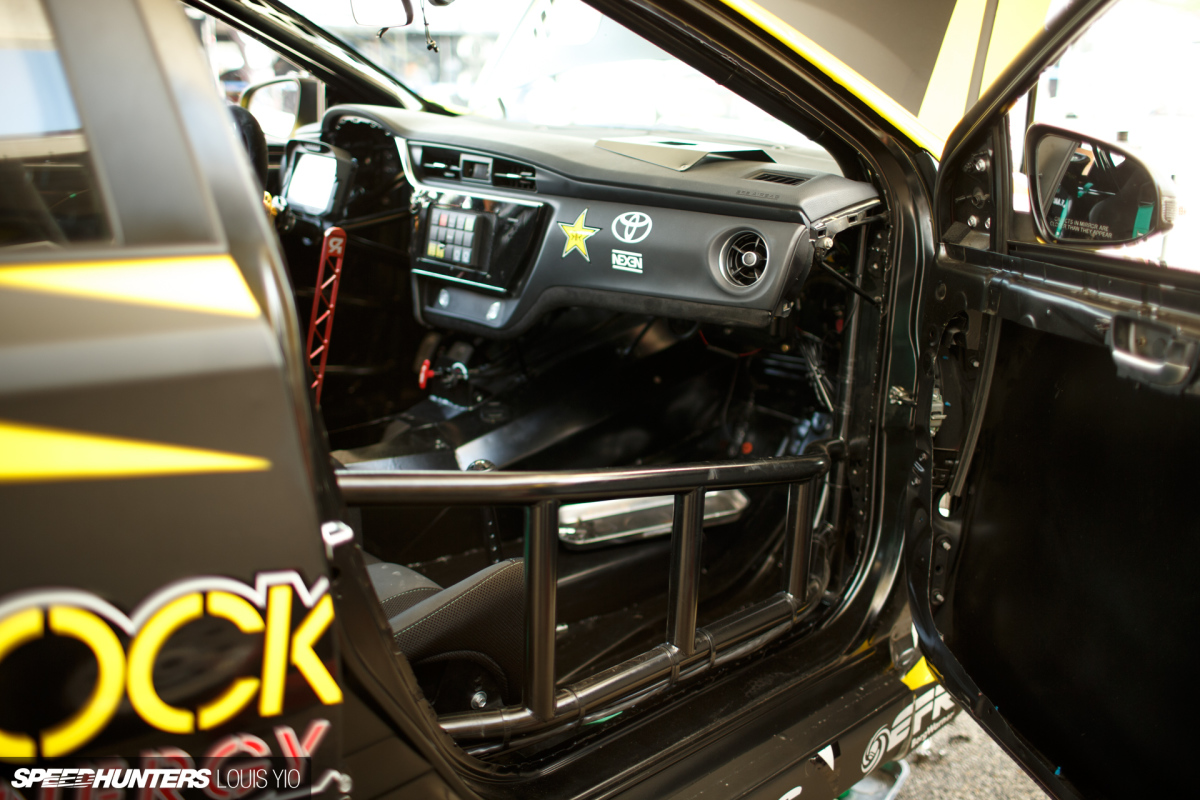
They are situated on the back side of the wheel well and help prevent the wheel/tire from entering the driver’s compartment foot well.” There are also two other considerations that were made when they made this rule. “Formula Drift has not allowed the roll cage to pass though the firewall to provide a crumple zone to absorb some of the shock from a large impact,” Kevin points out. “This also aids when it comes time for repairs after a collision. Since all our vehicles are unibody they can be taken to the body shop and pulled/repaired like a regular street vehicle. This repair can be performed while the driver’s compartment and roll cage remain unaffected.”

Kent also adds some other caveats to those front tubes. “If the rules allow it, and your budget can afford it, I see no downside. A word of caution though: For most cars, actually getting access to the front shock towers or suspension points is no simple task.” He makes a good point as there are usually wiring harnesses, electronic components, and even the brake master cylinder in the way. Those all either need to be removed or relocated and reconfigured to make room for the tubes. Kent also adds, “Make sure you have a good understanding of what will be involved before you commit to making it happen. Again, a good chassis builder should be able to advise you in this and help you decide if the benefits are worth the cost.”
Side Impact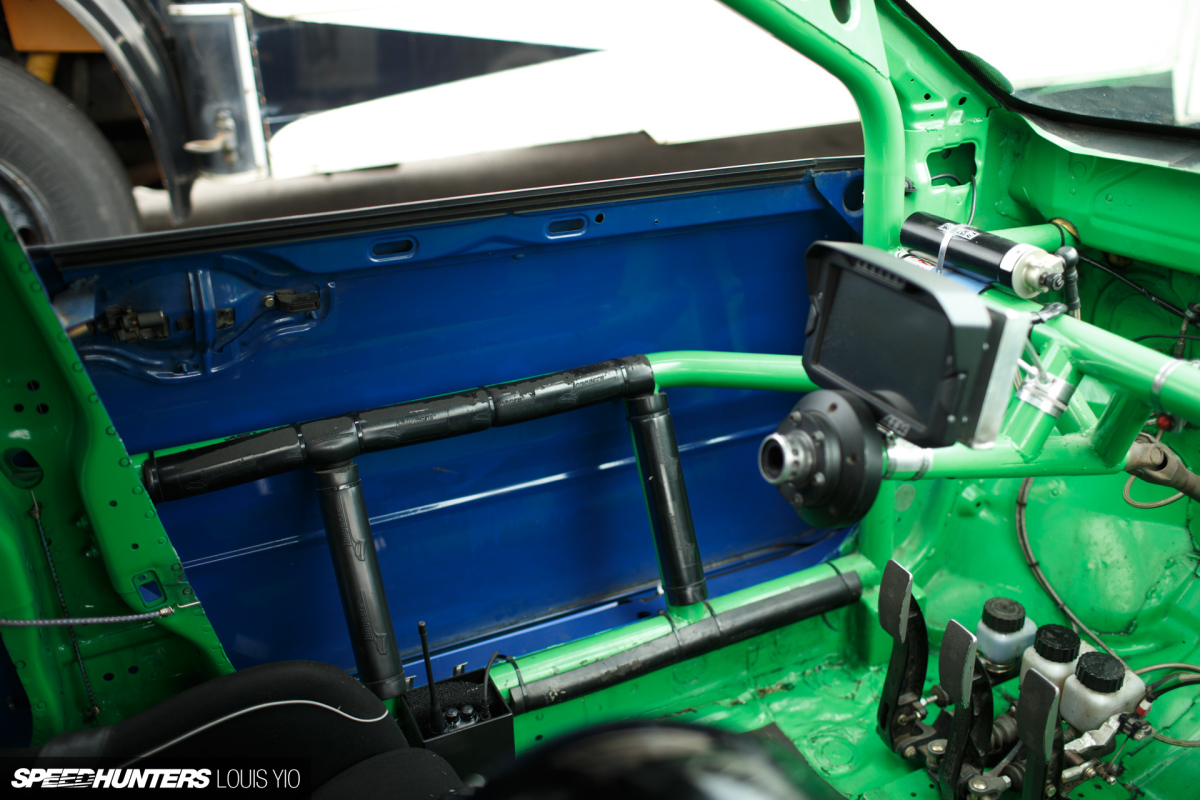
A major part of the cage that all series share in design consideration is side impact protection. This will come in the form of door bars and, even though your car doesn’t have a cage, it also has a bar that might remain in the doors if a certain door bar design is used. What most will recognize when looking at many wheel-to-wheel cars is called the NASCAR-style door bar, a pair of tubes that attach to the front down tube and roll hoop that curves out to the door skin with three vertical bars between them. Most sanctioning bodies, including Formula Drift, encourage this design. Kevin explains, “NASCAR bars, if designed correctly, are strong and usually are situated closer to the outside of the door which provides more room between the driver and the roll cage.” This means there is more room for impact absorption and will usually prevent the impacting object, be it a car or a wall, from contacting the driver.

The other type of typical side impact protection that we see in production cars is the FIA-style cross bar, or x-bar/x-brace. While being closer to the driver, the cross bars are stronger because they are under tension during a side impact. Kent adds, “If an x-brace [cross bar] style door bar system is in place, it might be a good idea to consider leaving the OEM door protection in place. Depending on the rules of the sanctioning body, it could even be required.” The OE side-impact door bar works in the same principal as the cross bars to prevent object intrusion to the passenger area.
If you skin the door or use a composite door that doesn’t offer any type of side impact bars like OE, you’ll probably want to consider a combination of NASCAR door and FIA cross bars even though that might be overkill. At the very least, you’ll want to use a NASCAR door bar because it provides that much more of a crumple zone between the driver and impacting object. However, consult your rulebook before you do either one.
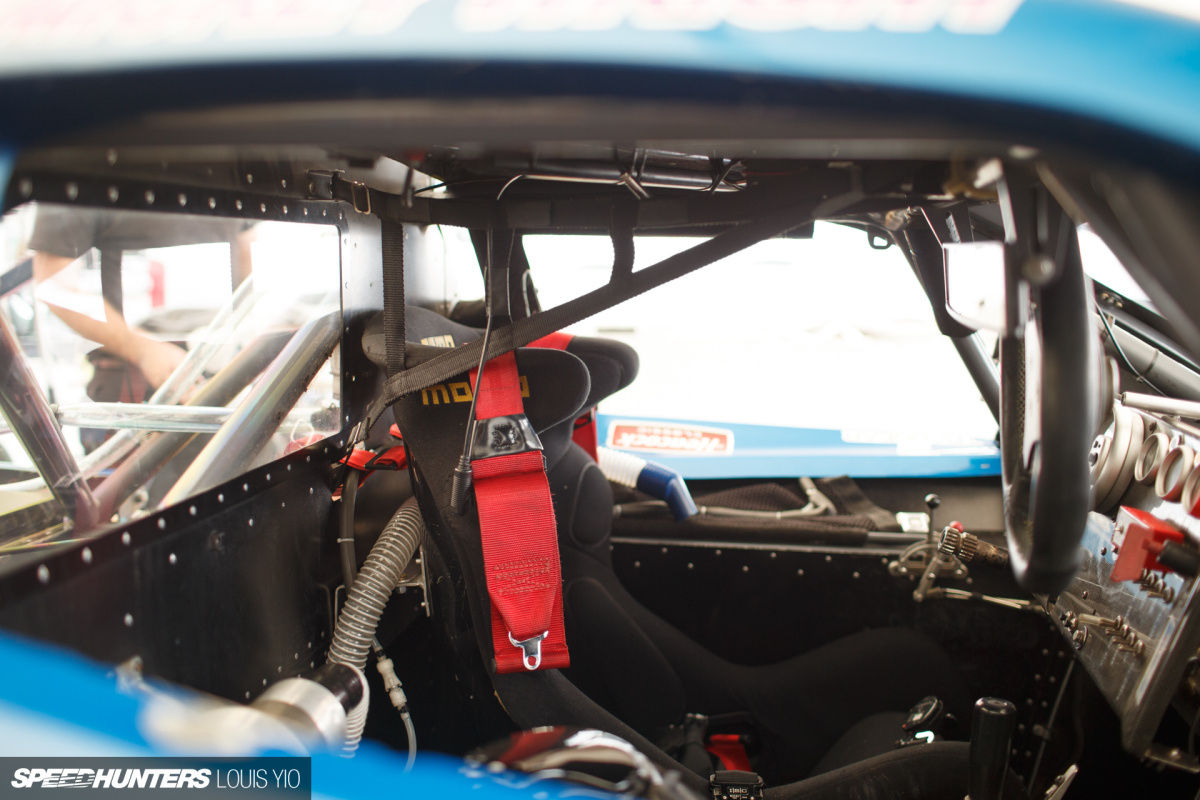
The major thing you want to make sure of is that there is more metal between the driver and the outside of the car with as little possibility of intrusion as possible. There is a catch to that, though, and that comes to driver egress. While you want the aperture of the doors to be as small as possible to prevent intrusion, you also want to make sure the driver can get out of the car as fast as possible in case of fire or other dangers that require him or her to get out quickly. Otherwise, it won’t be the impact that will kill or hurt them.
More Bars, More Better?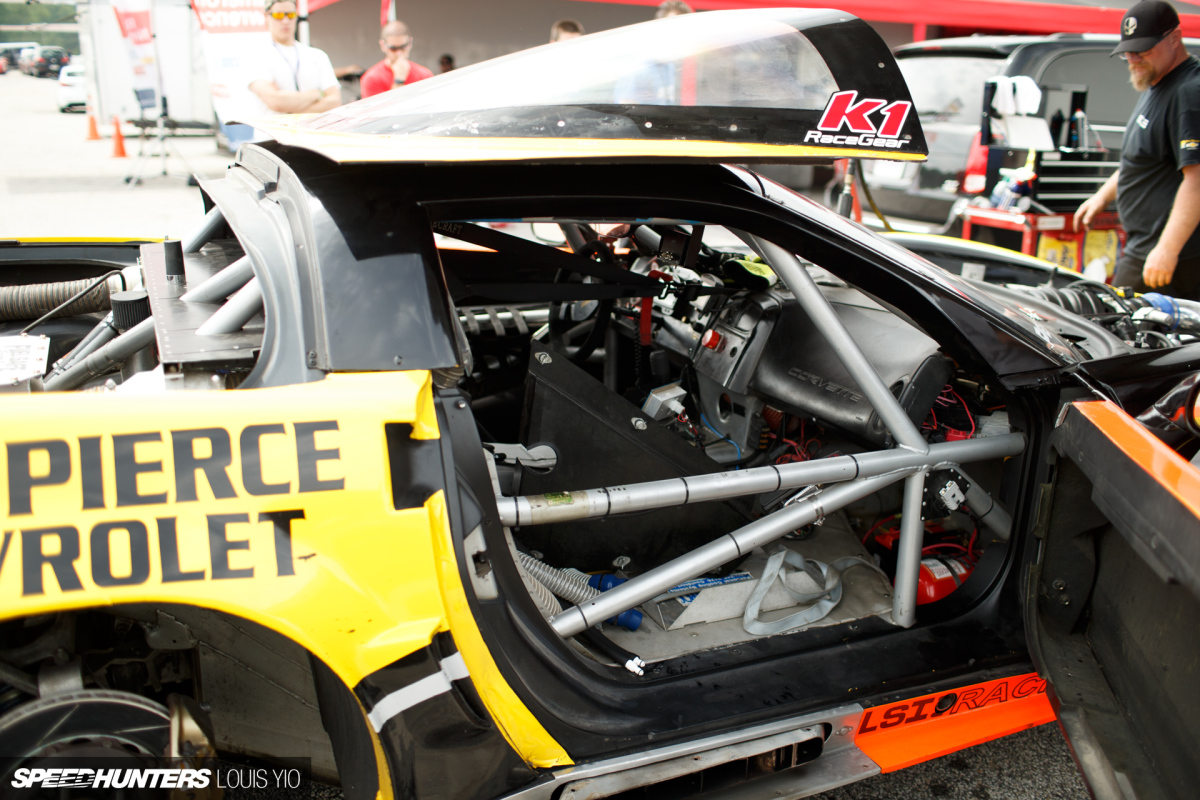
Two additional bars we’re starting to see in many forms of motorsports are the FIA bar and the ‘temple’ bar. The FIA bar runs down the front tube to the bottom door bar and is usually run in conjunction of the FIA cross bar. NASCAR’s top three series have begun to add their version of the FIA bar as well, but theirs includes the ‘Newman’ bar between the front down tubes in that same area. However, the main purpose of that FIA bar is the prevent the front down tube and halo bar from crushing down into the driver on roof impacts during roll overs.
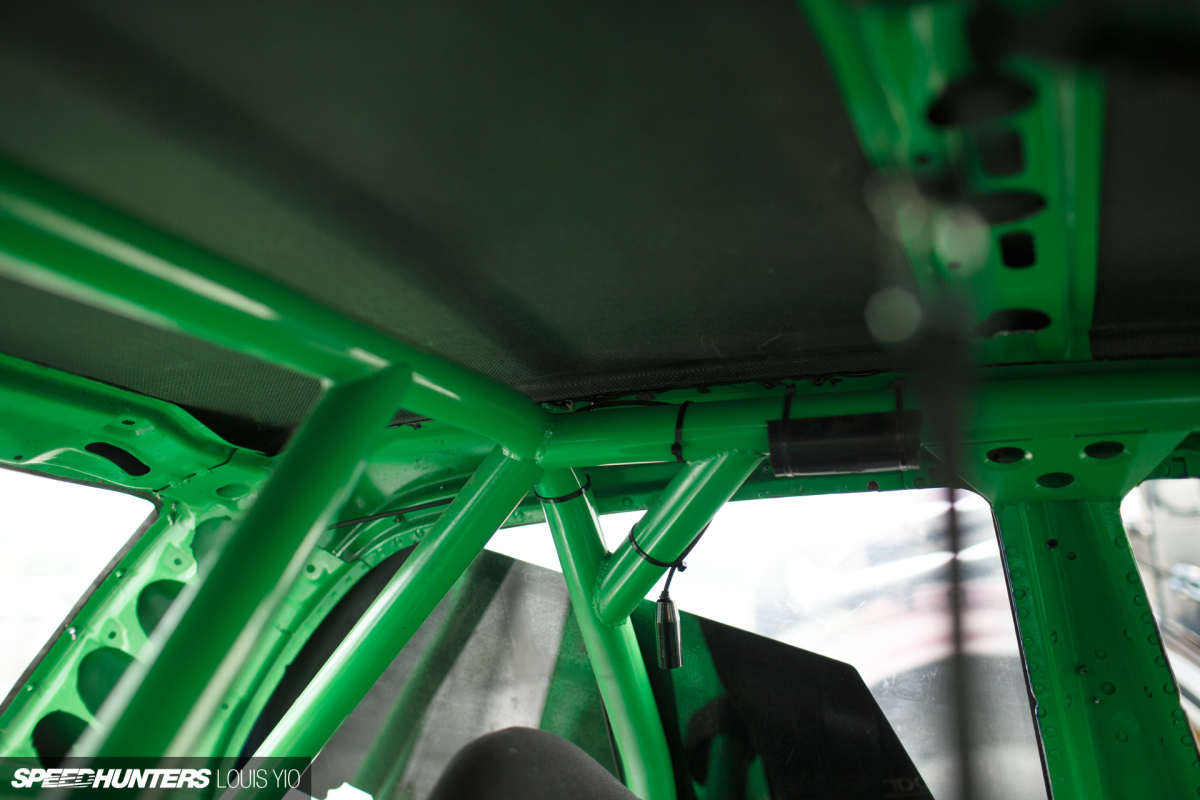
Temple bars that connect the halo bar to the down tubes and roll hoop can achieve a similar goal where an FIA bar just isn’t practical for driver egress or vehicle design. Kent goes on to explain, “FIA bars and temple bars are both great additions to any cage when practical and, if done correctly, will add considerable support the top of the car/cage structure in the event of a hard or high-speed roll over.”
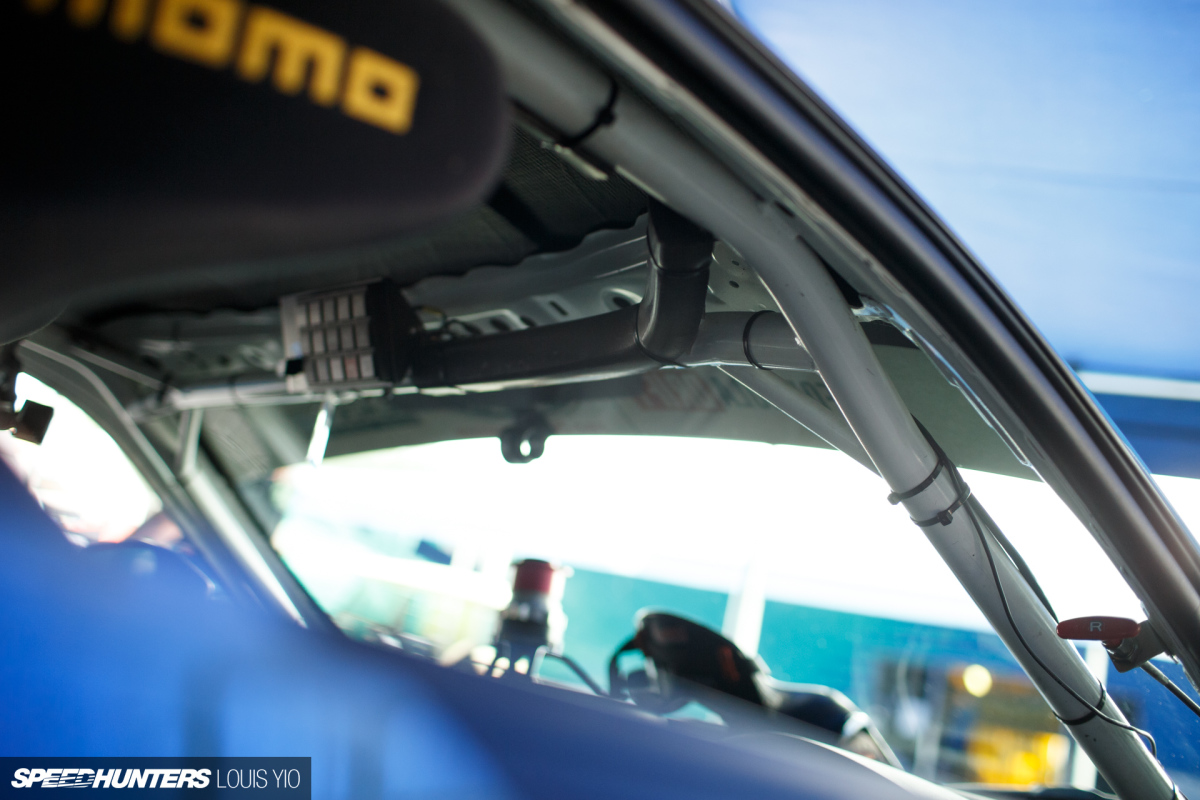
No matter what type of motorsport you’re in, roll cage design shares a common requirement. “Drive safety overall is the most important thought when it comes to cage design,” says Kevin. “Front, rear, and side impacts occur in drifting, so a reasonable balance has to be found for all areas.” Kent agrees and adds, “Obviously follow the rules, and when in doubt ask, an official.
Beyond that, it’s a tricky dance between additional tubing for the sake of safety/chassis rigidity, and adding weight. Don’t just add tubing for the sake of adding tubing. Try to justify every additional tube that is added to the car before it’s welded in. Are you okay with adding a few pounds to the car to make it stiffer in critical areas, or possibly to make it safer in the event of a crash? These are things that each driver must decide for themselves.”
It’s All About Safety, Chassis Stiffing Comes Last
Finally, while not everyone has the budget for an extensive cage with tons of bars, don’t just go with the cheapest quote you can find. Kent finishes out with an important point: “Choose the builder with the most experience and the one who understands your chassis and its specific needs.” If you ever need help choosing a cage builder, ask the sanctioning body you’re running in or your fellow competitors and shop around. Just don’t skimp on the safety, because even though you might not have set the fastest time of the day, you still must come home at the end of it.
If you’re going to build a cage for your car, build it right the first time or you might not have a next time. Sorry to end on such a grim statement but we are talking about your life and possibly the life of your passenger or co-driver.
What are some of the strangest excuses for cages you have seen? On that same token, what are some of the most impressive cages you’ve laid eyes on at a race track? Sound off in the comments section below!
Words by Justin Banner
Instagram: jb27tt
Facebook: racerbanner
Twitter: RacerBanner
Photos by Louis Yio
louis@speedhunters.com
Instagram: lusciousy
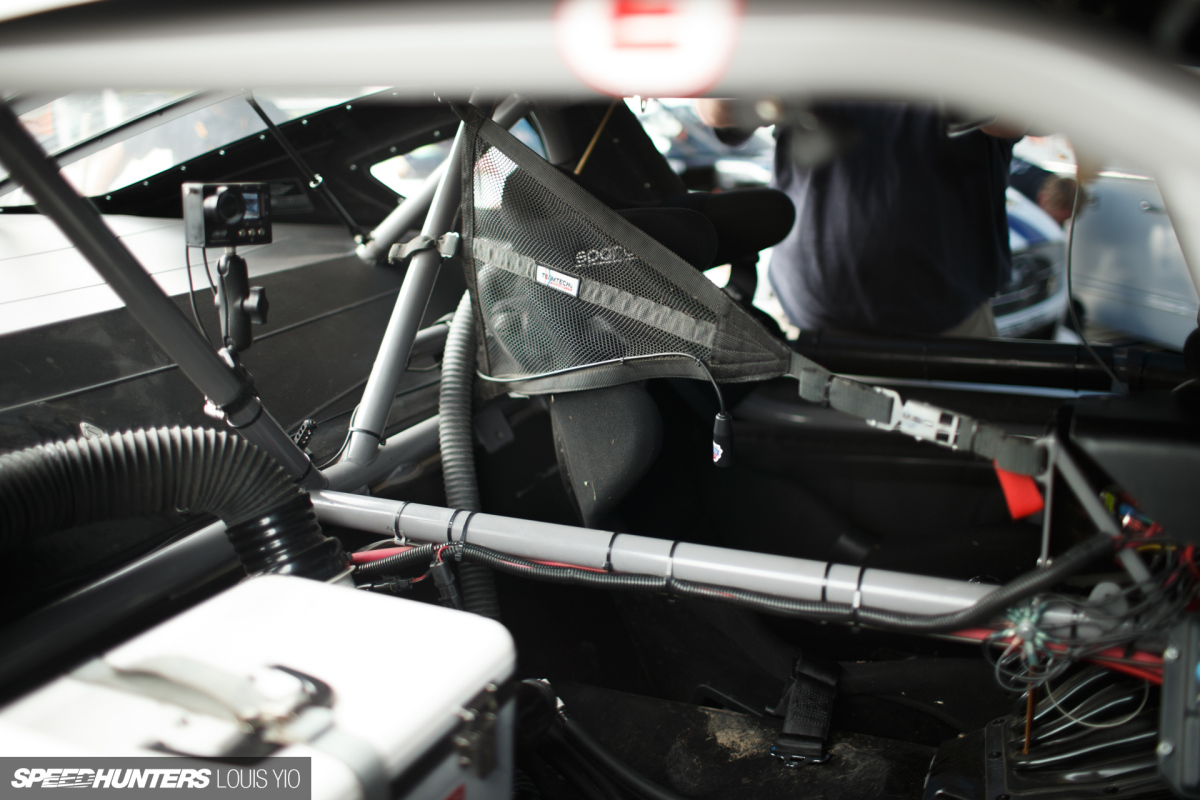
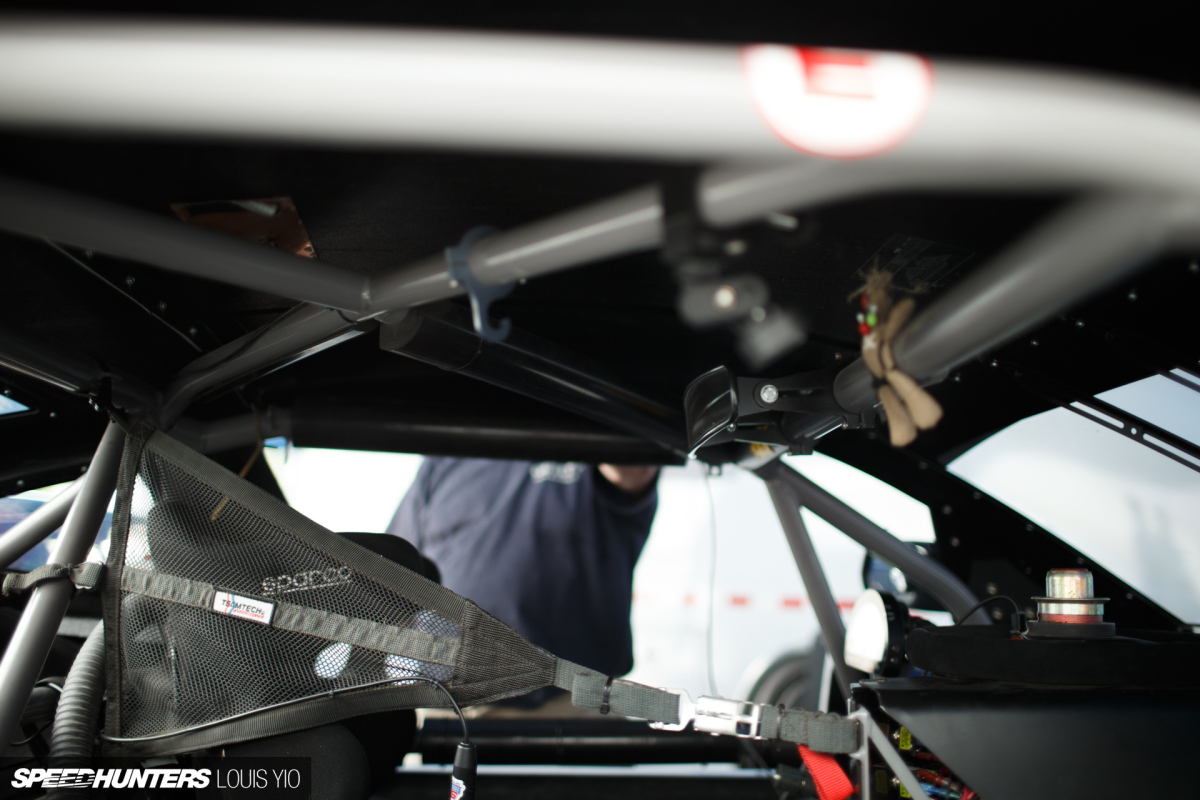
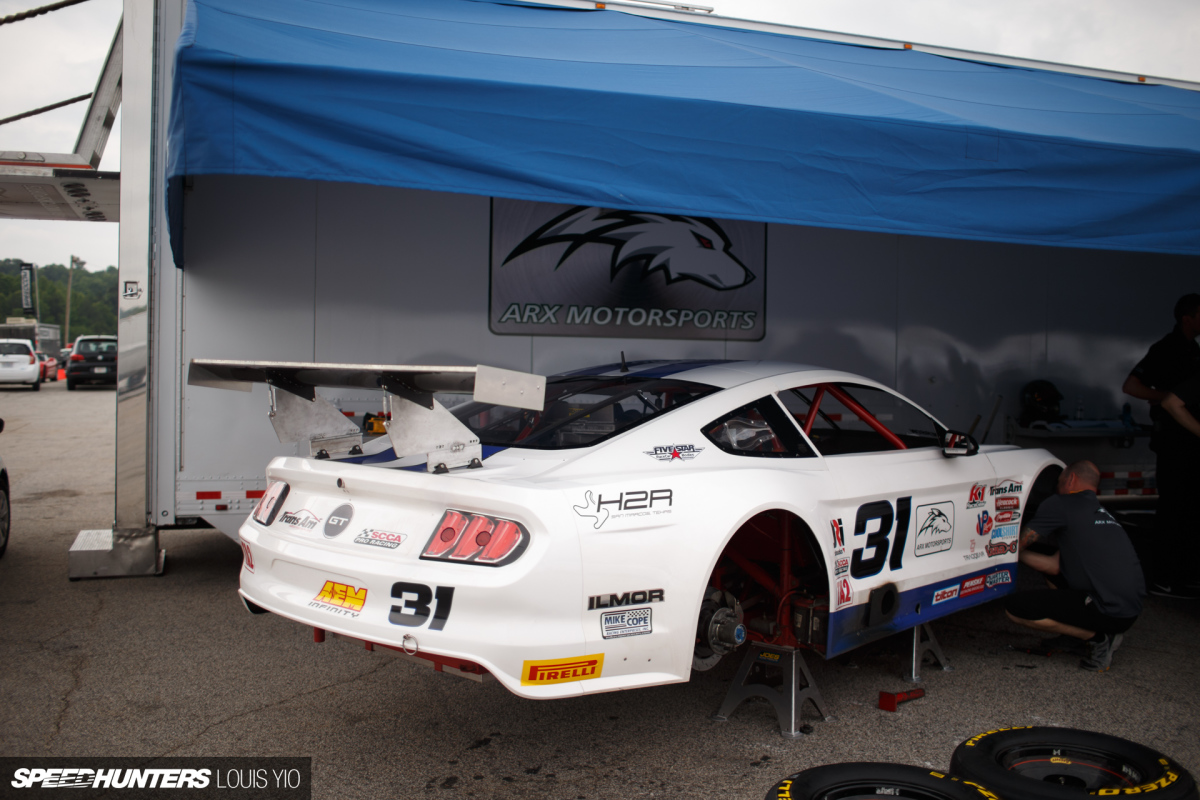
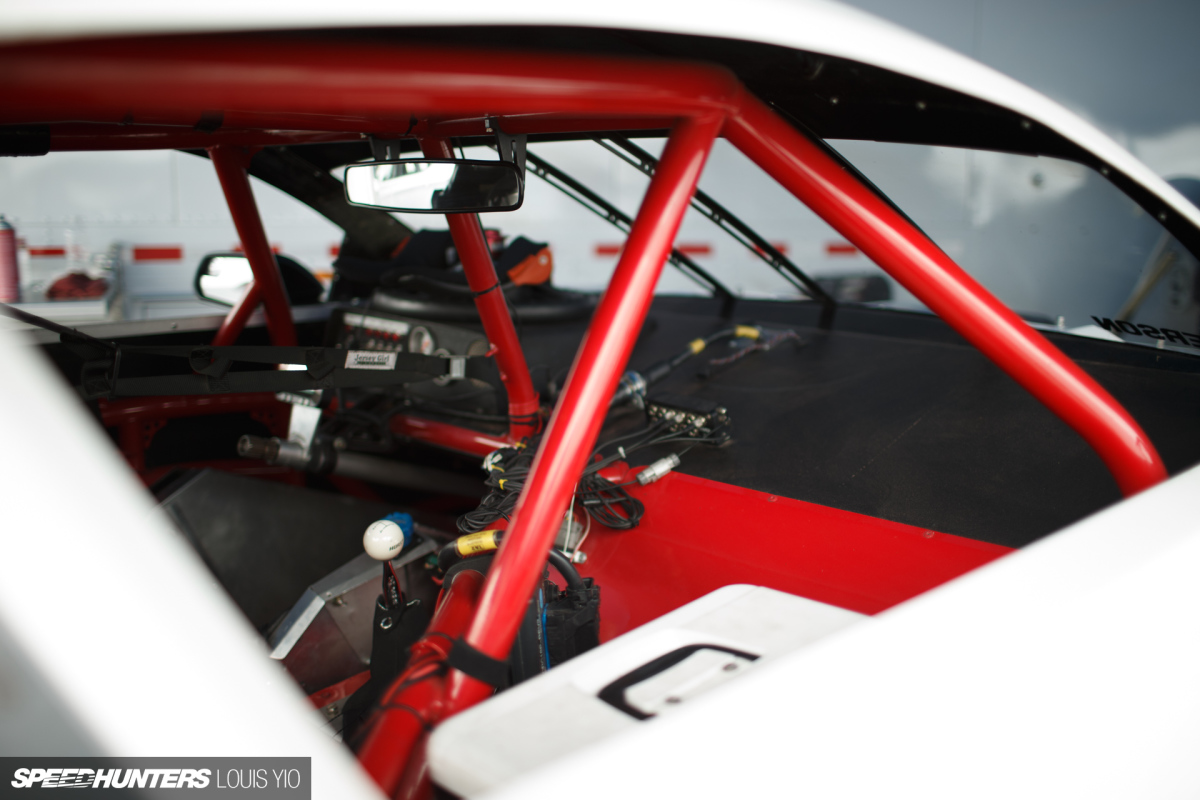
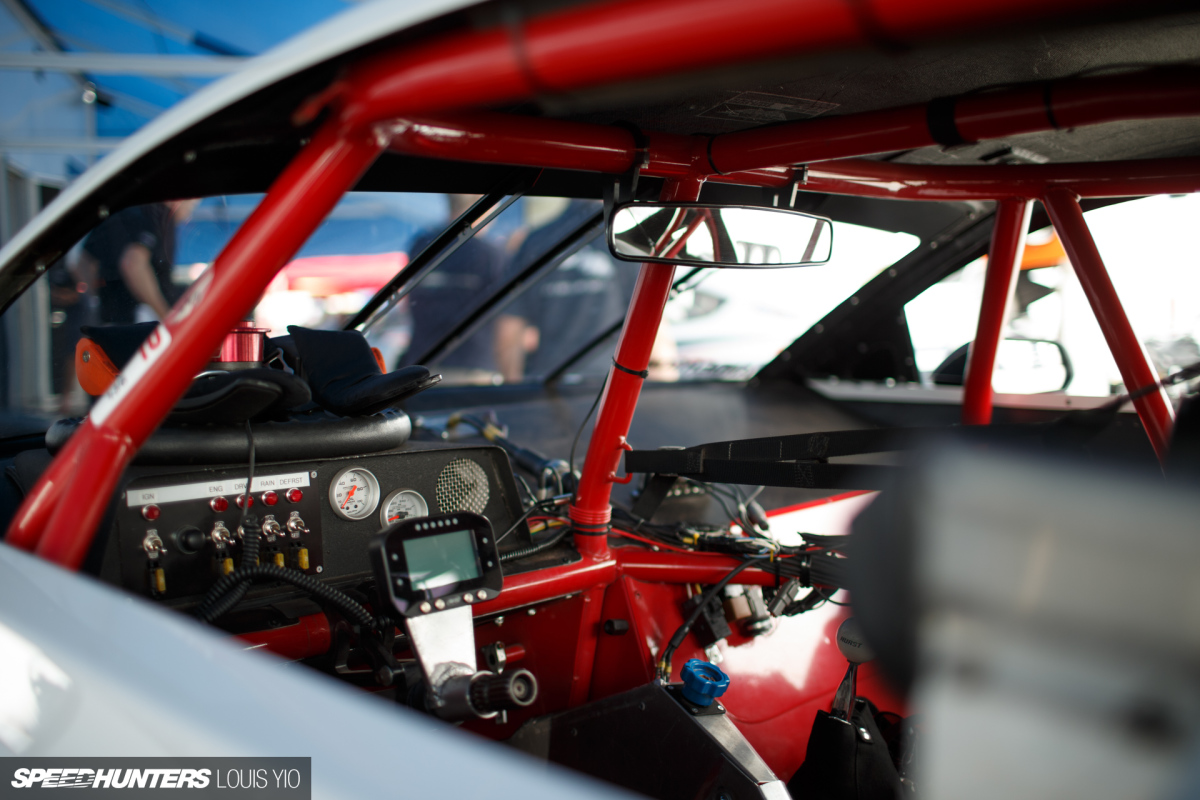
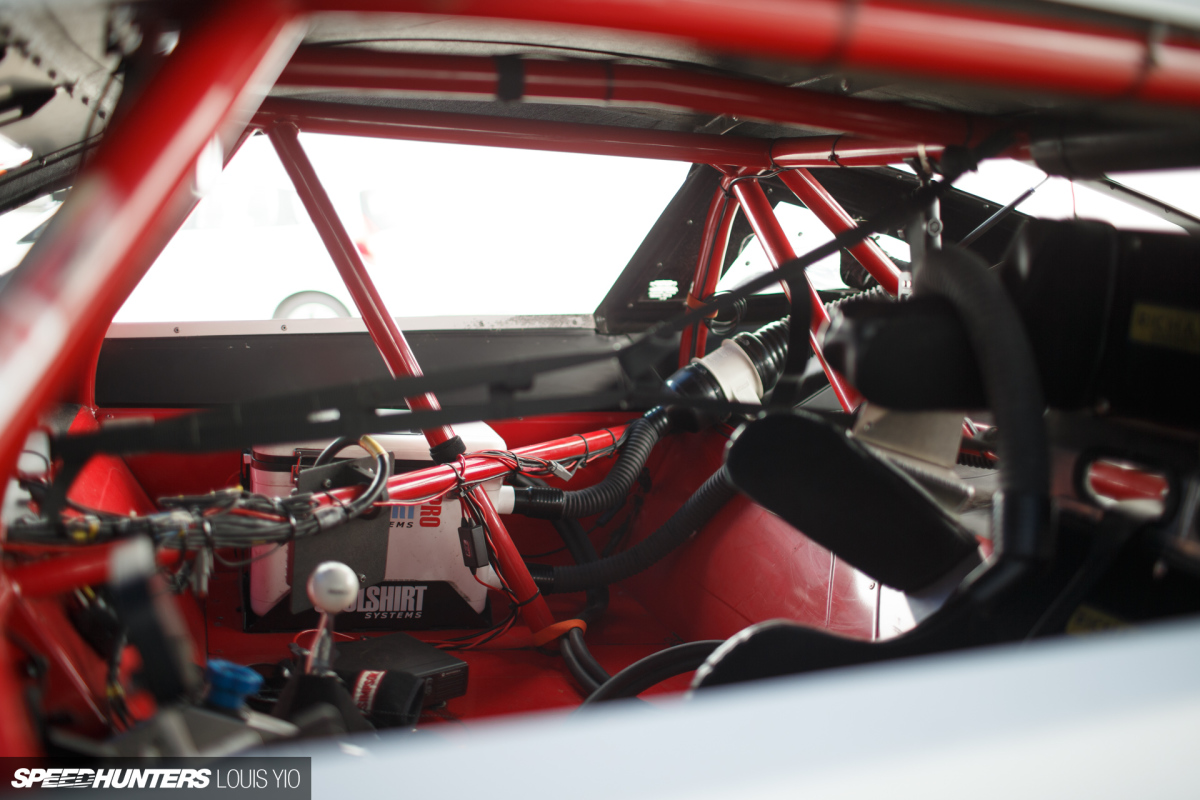
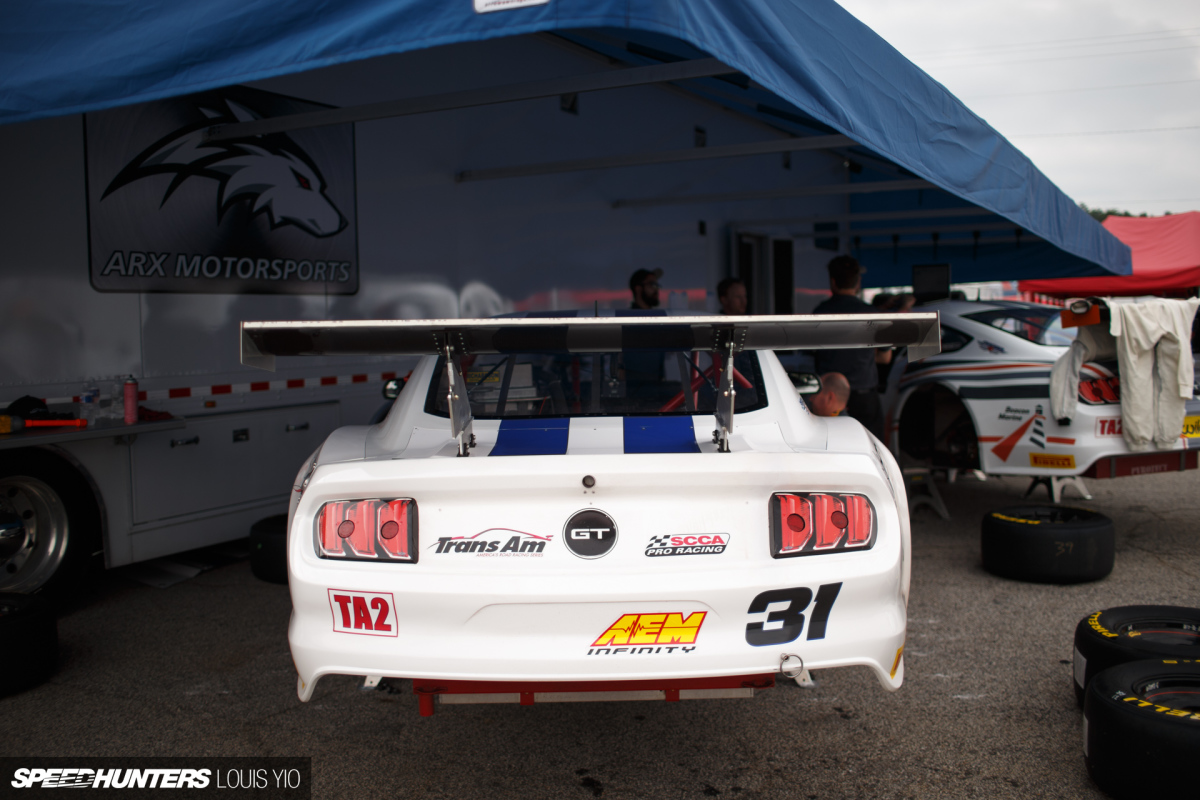
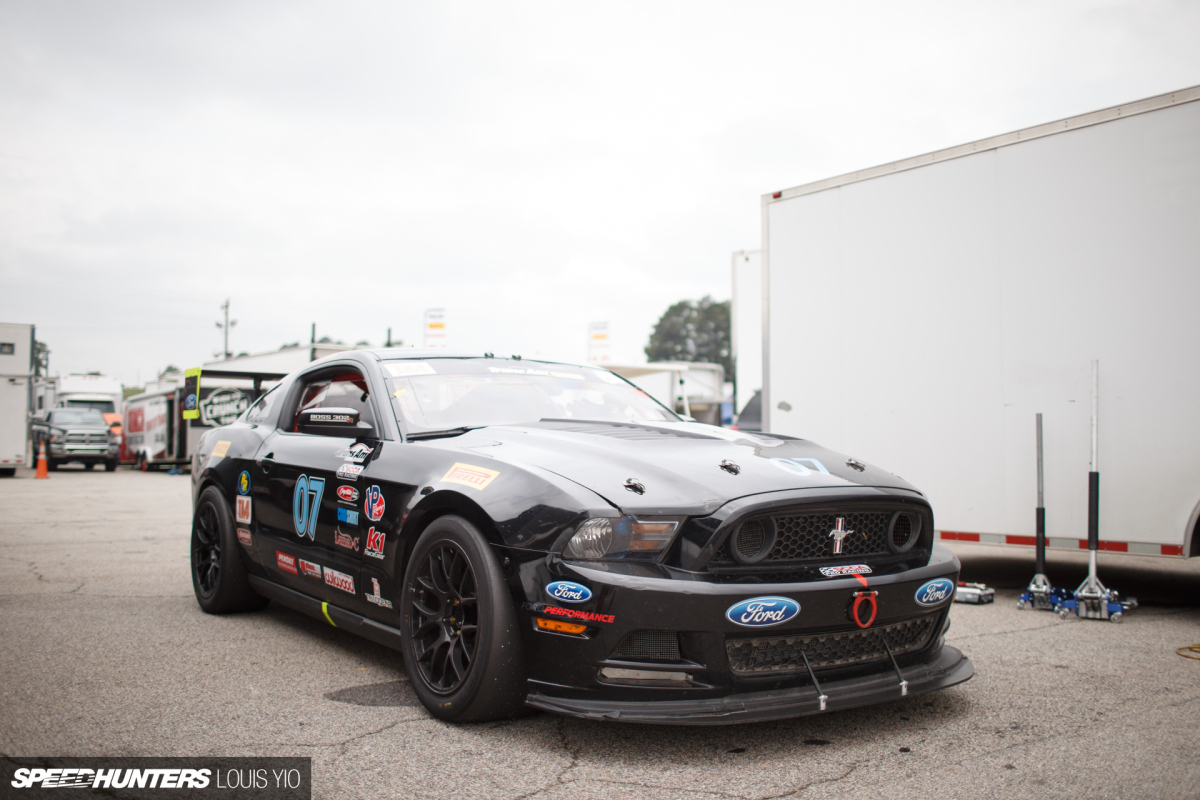
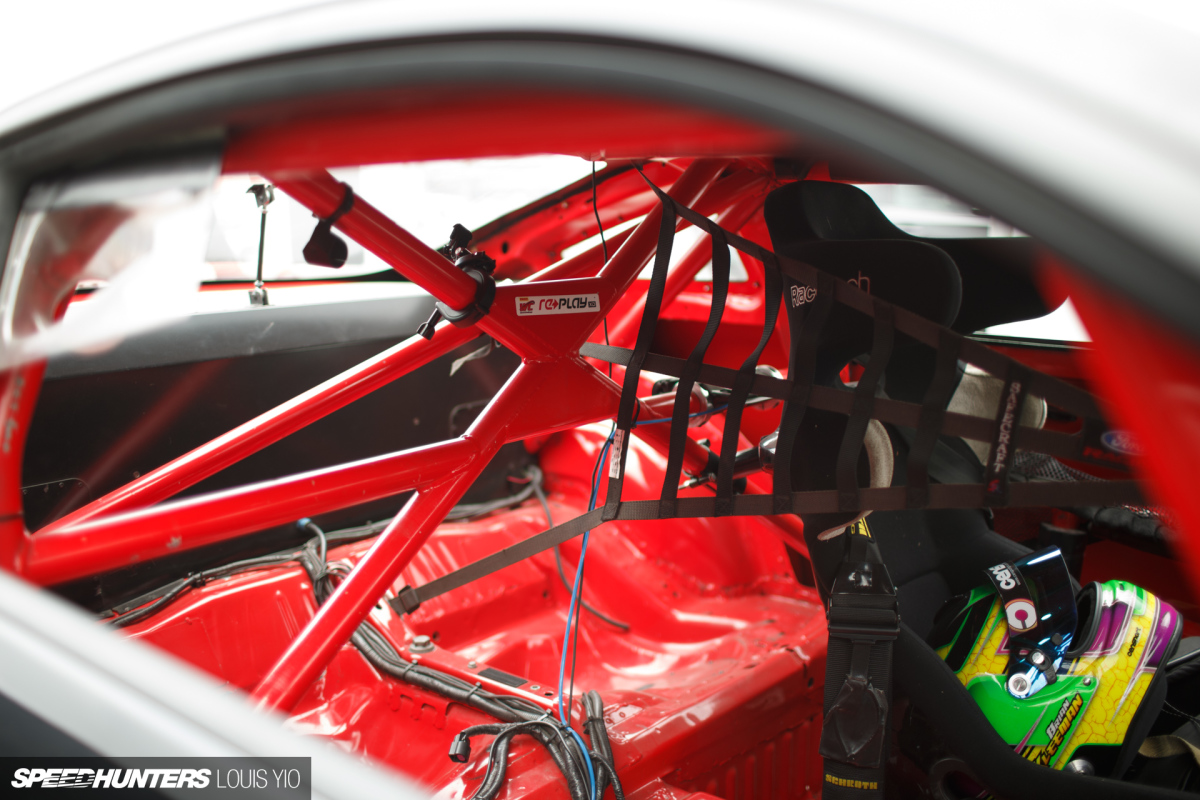
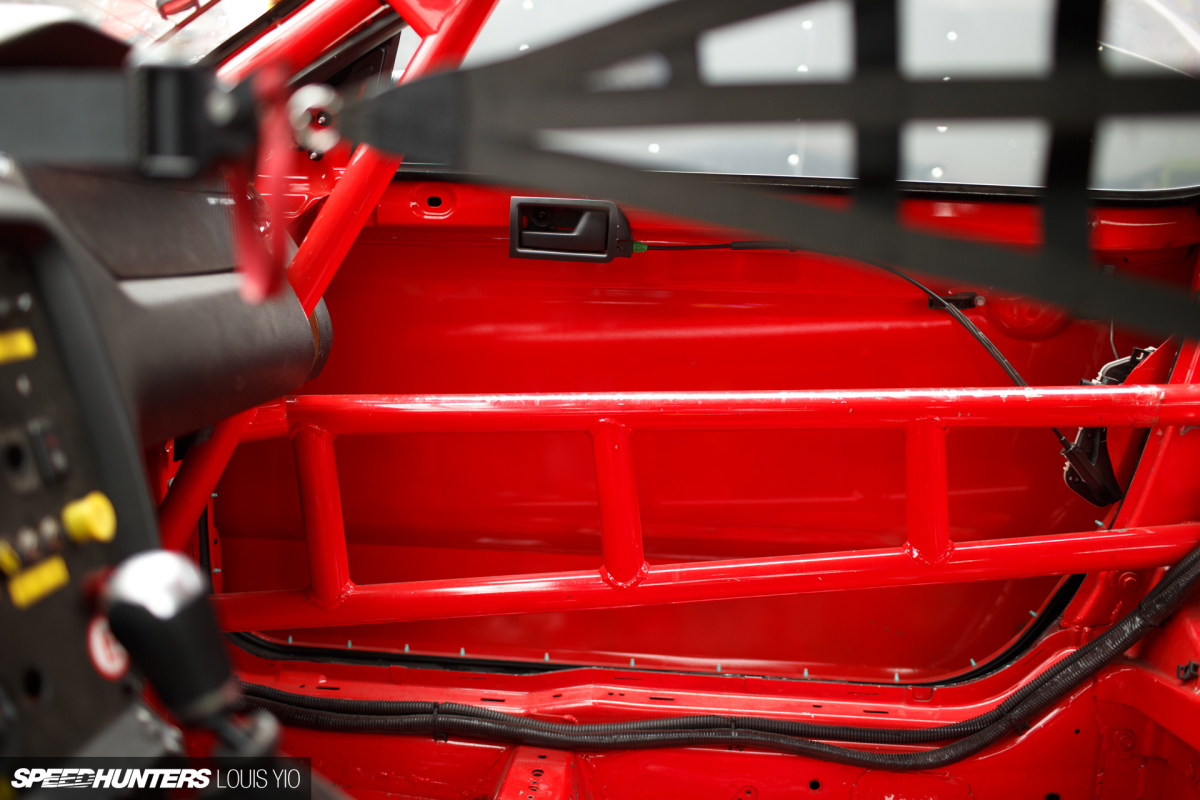

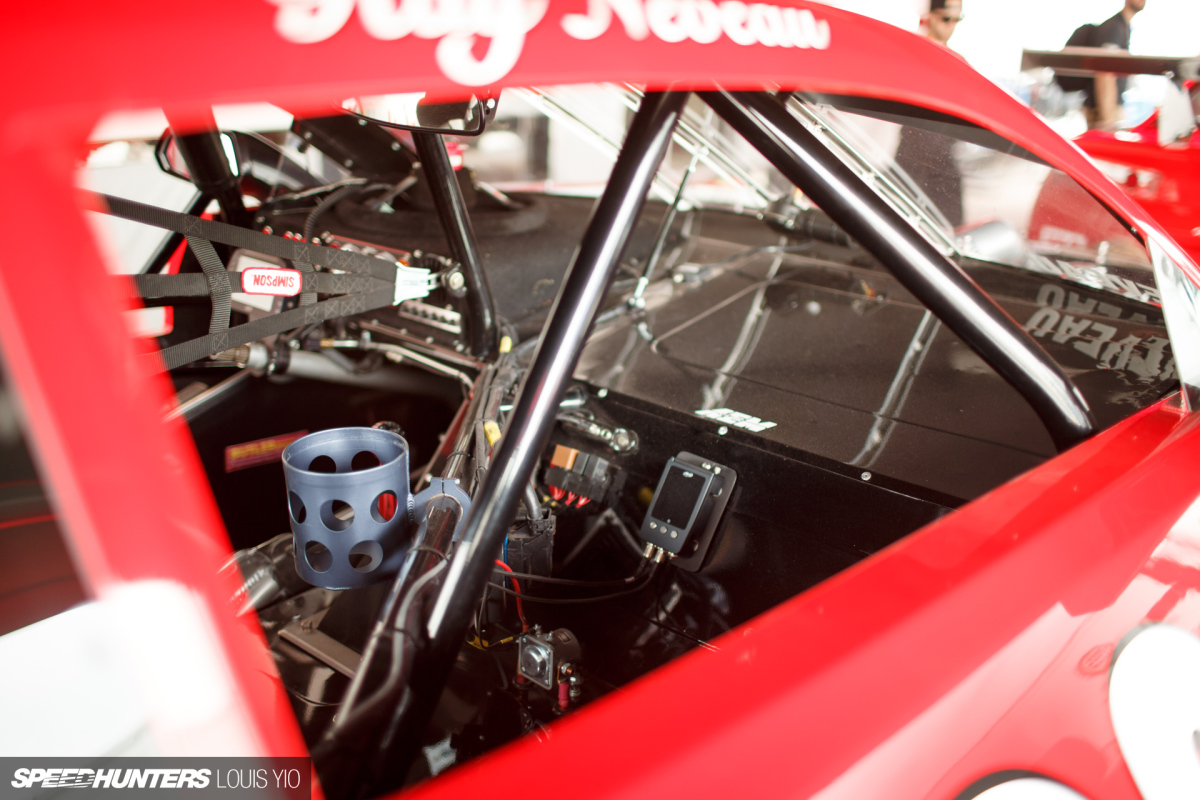
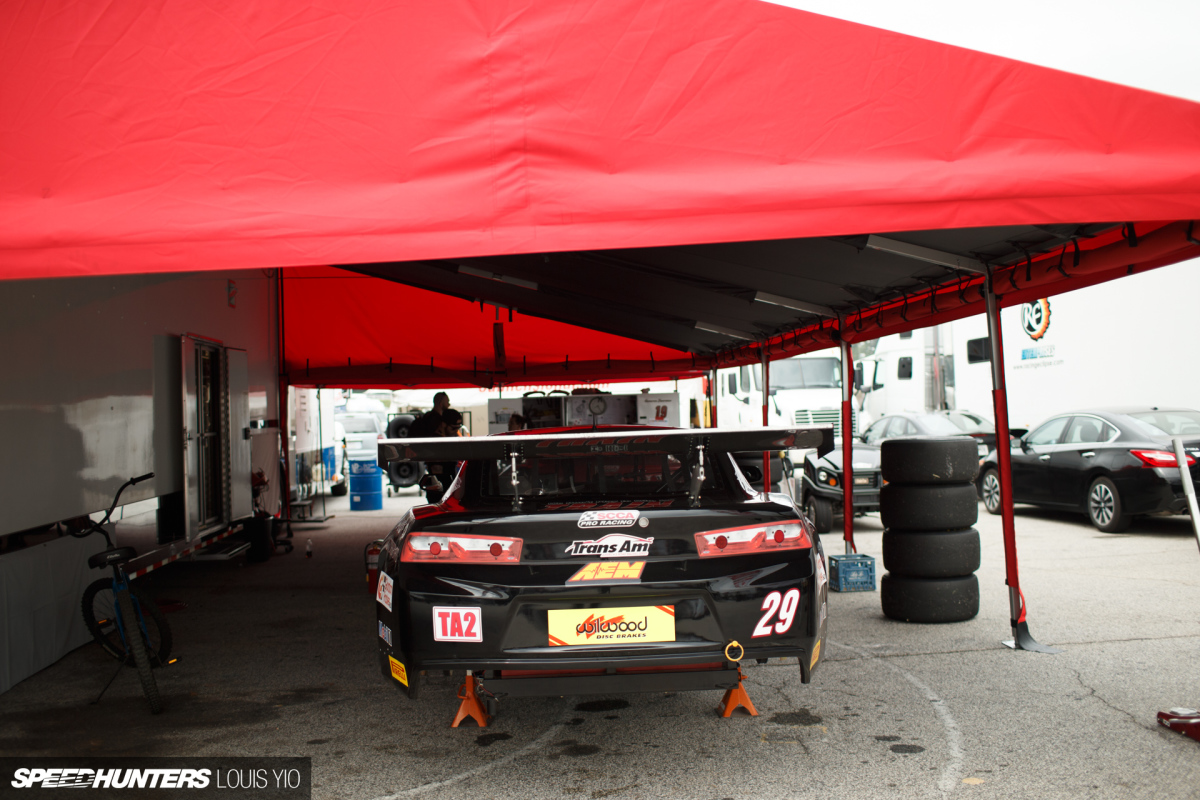
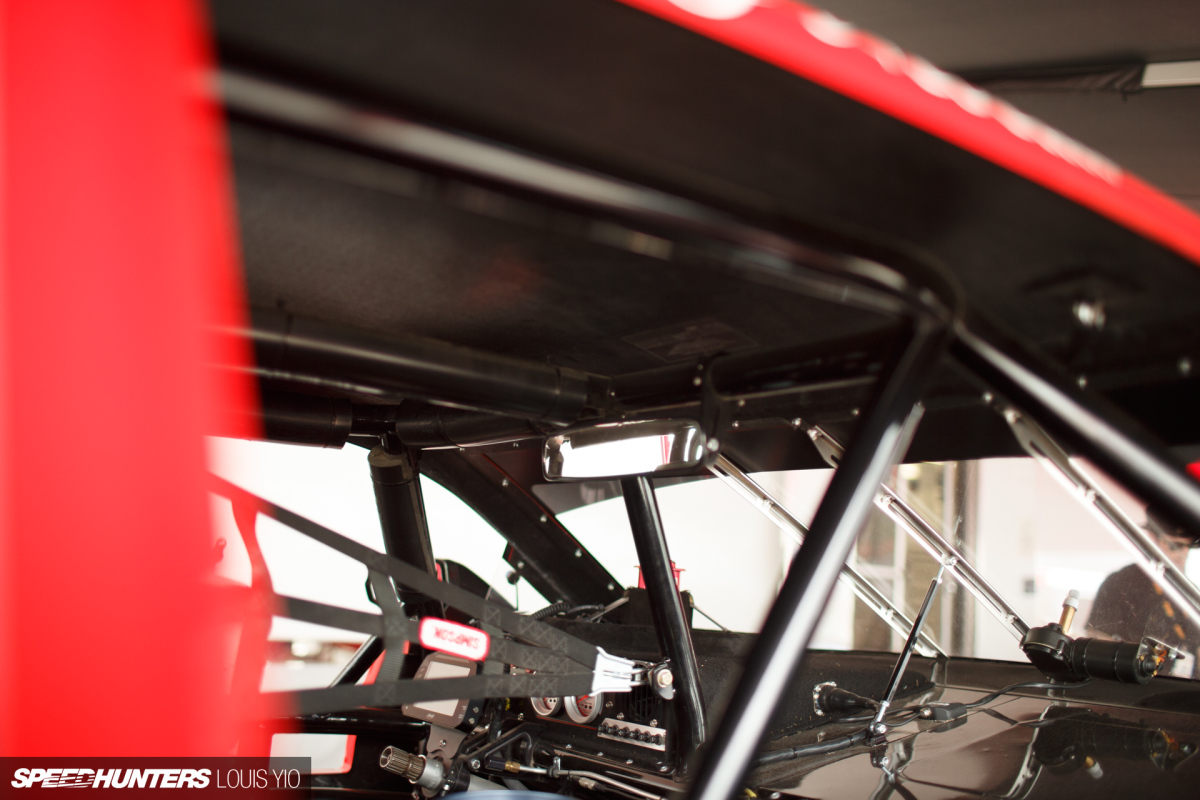
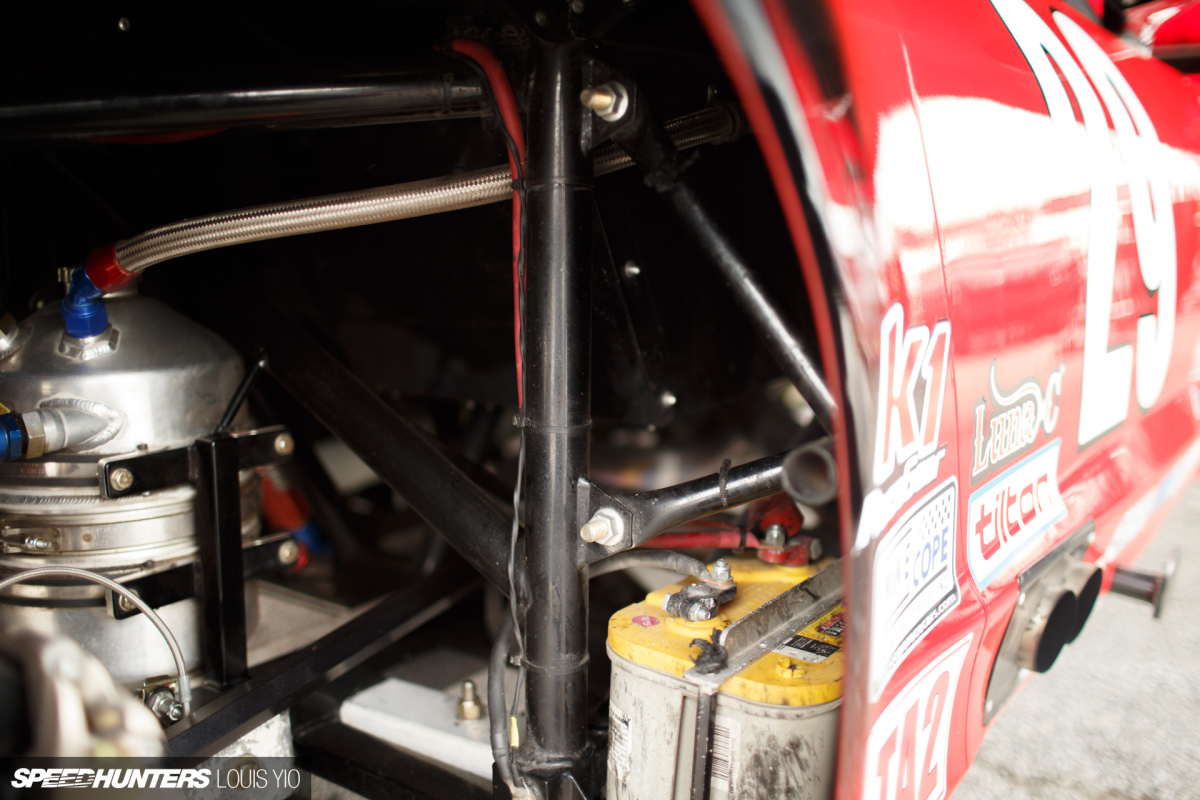
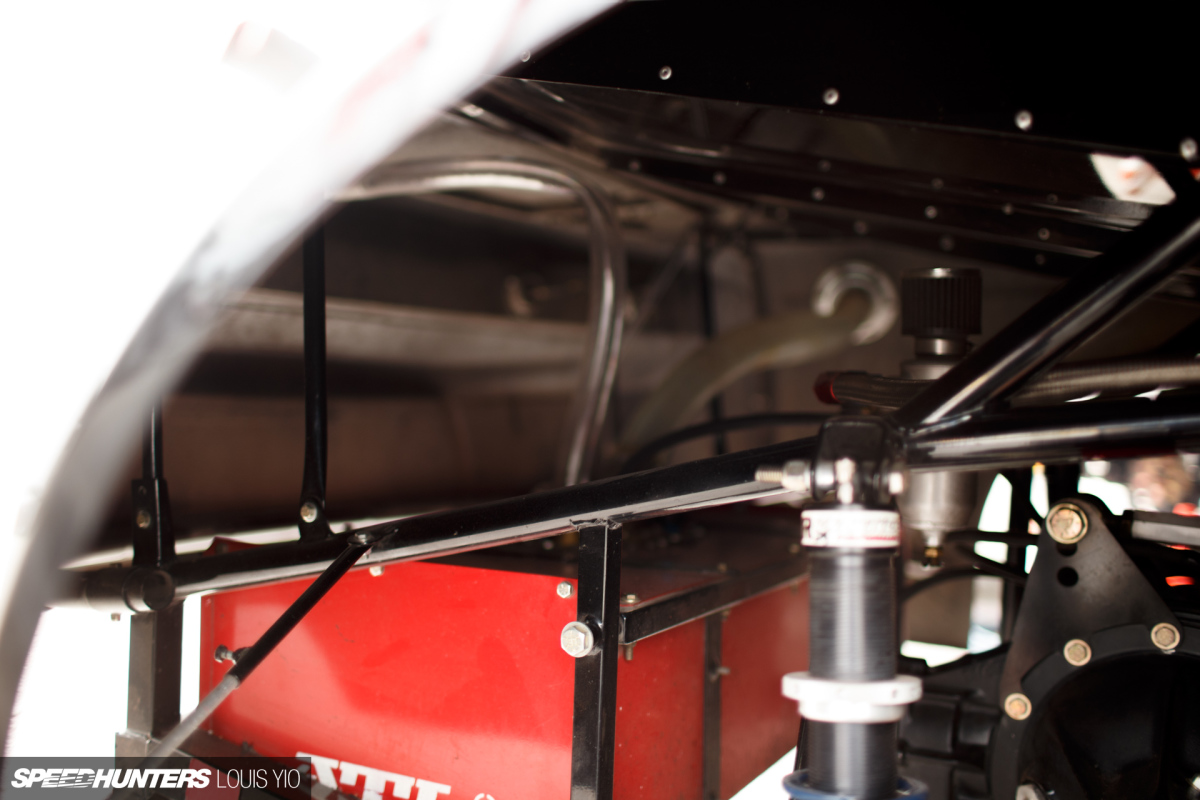
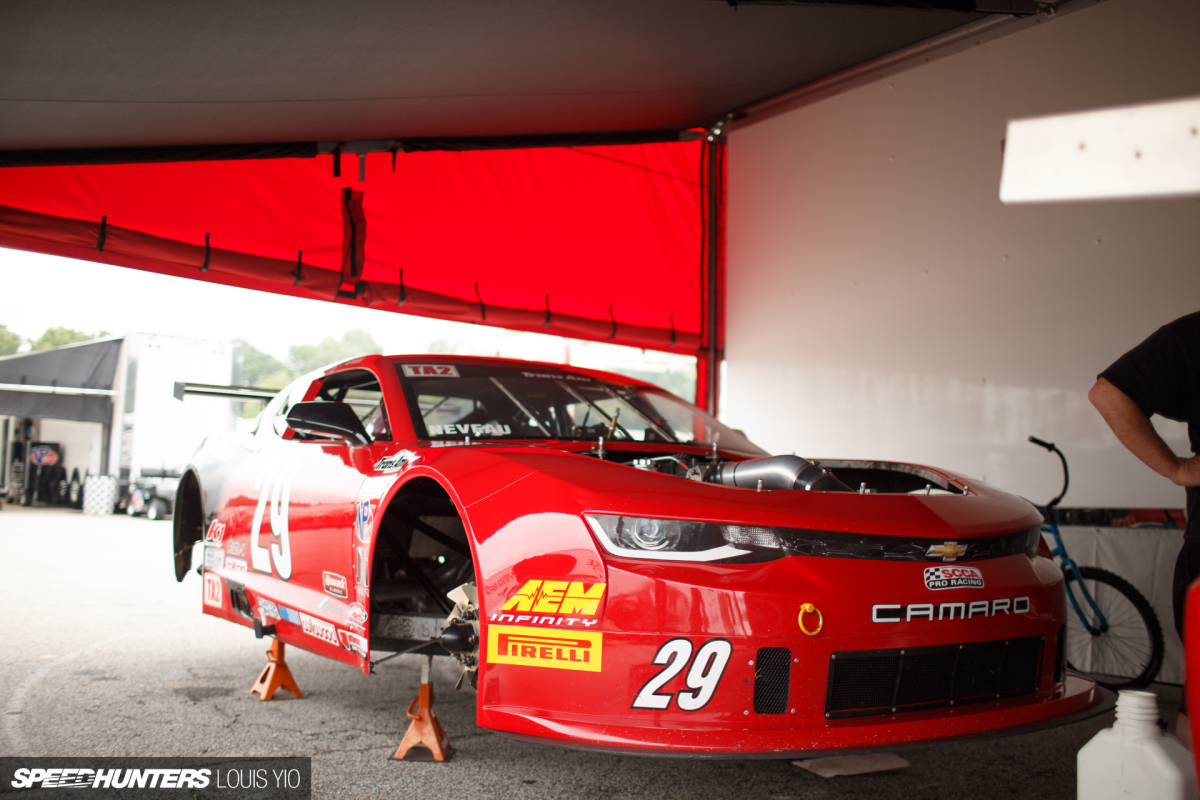
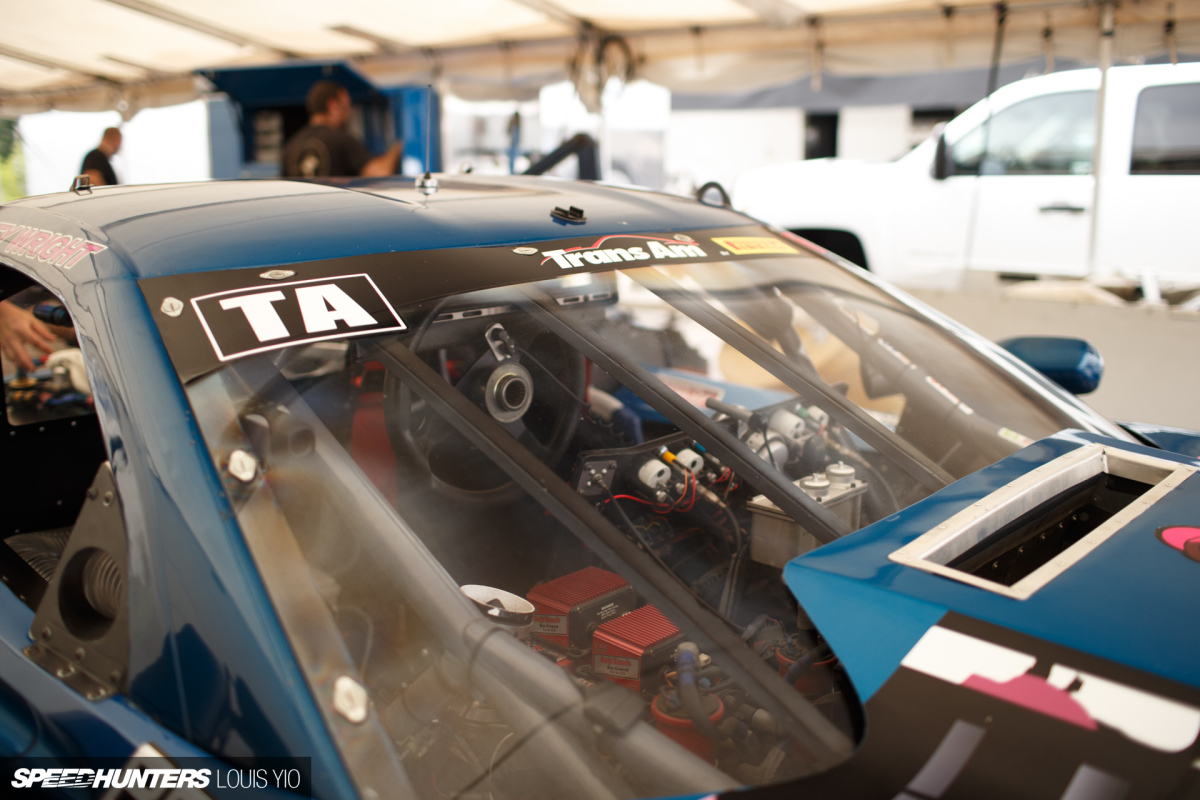
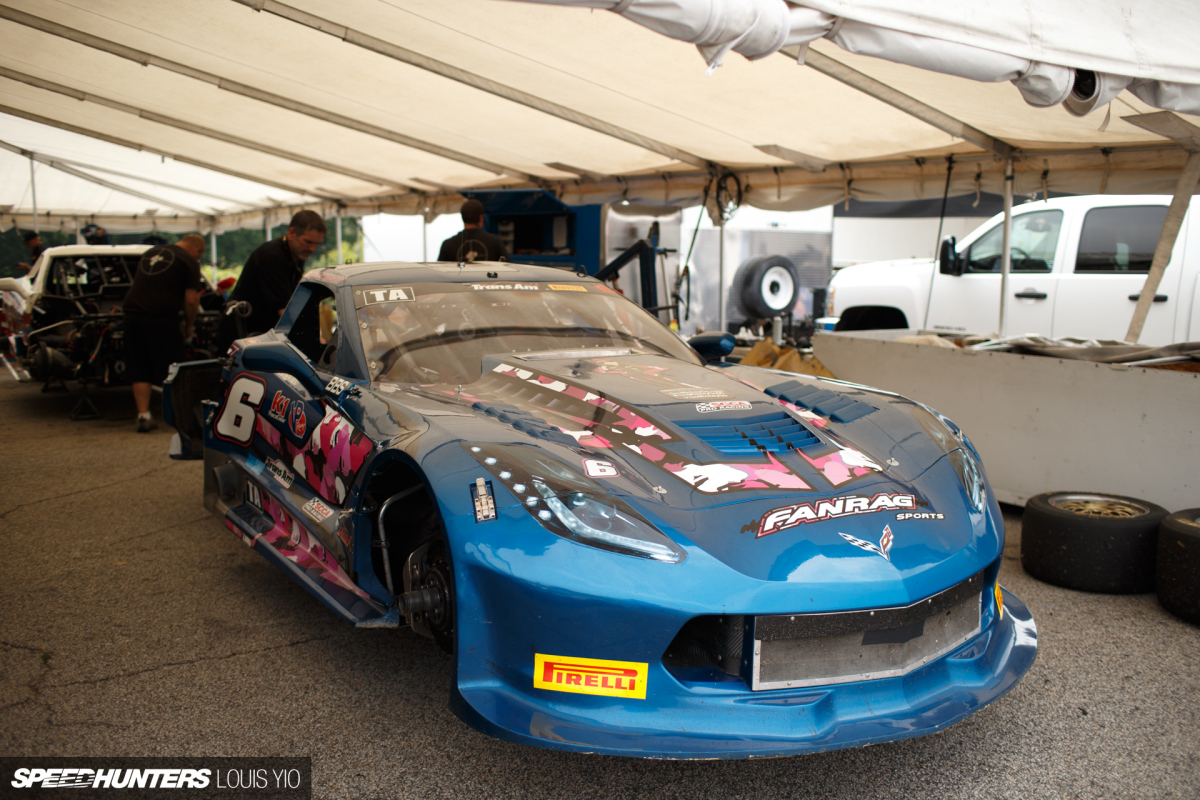
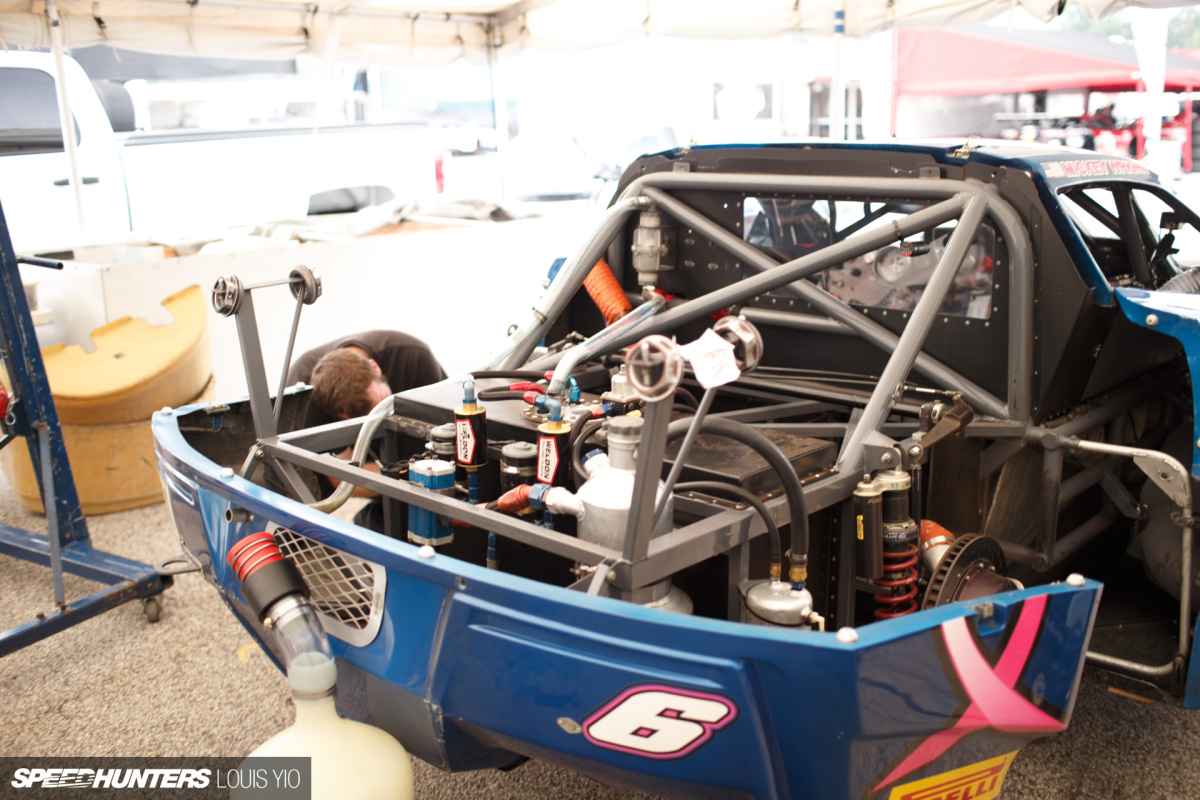
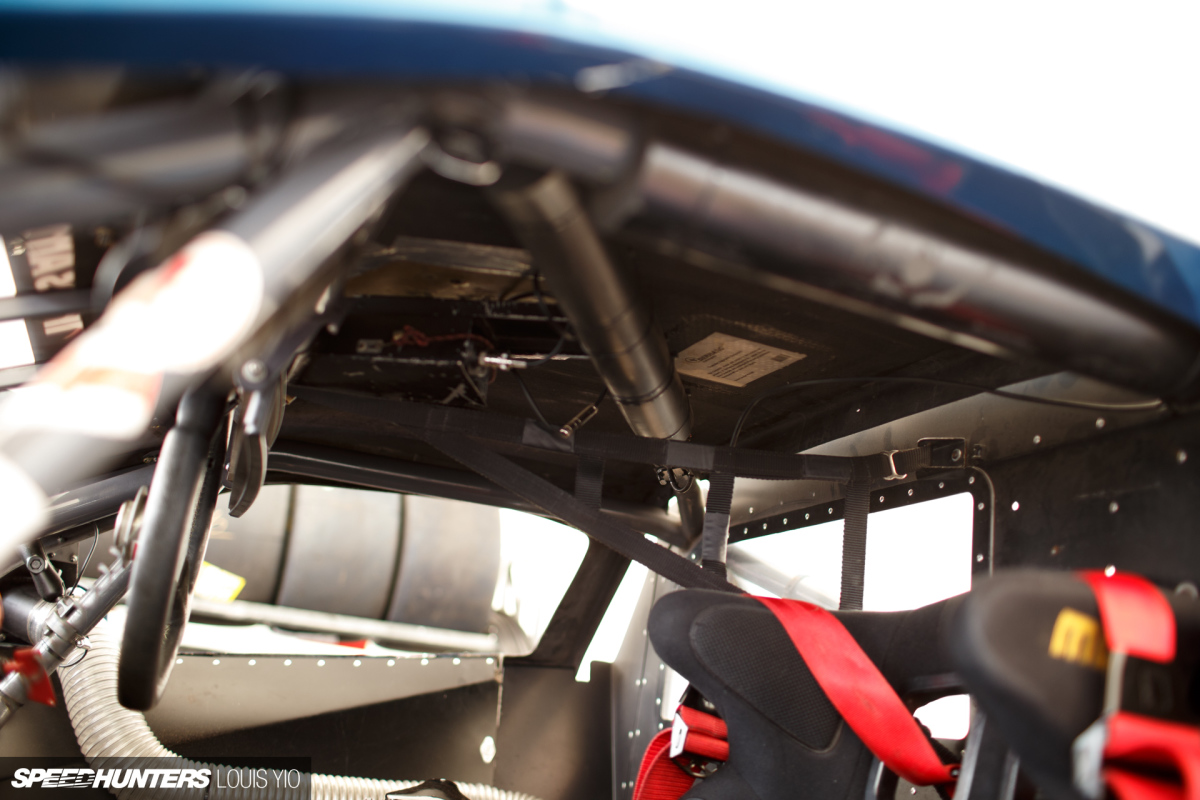
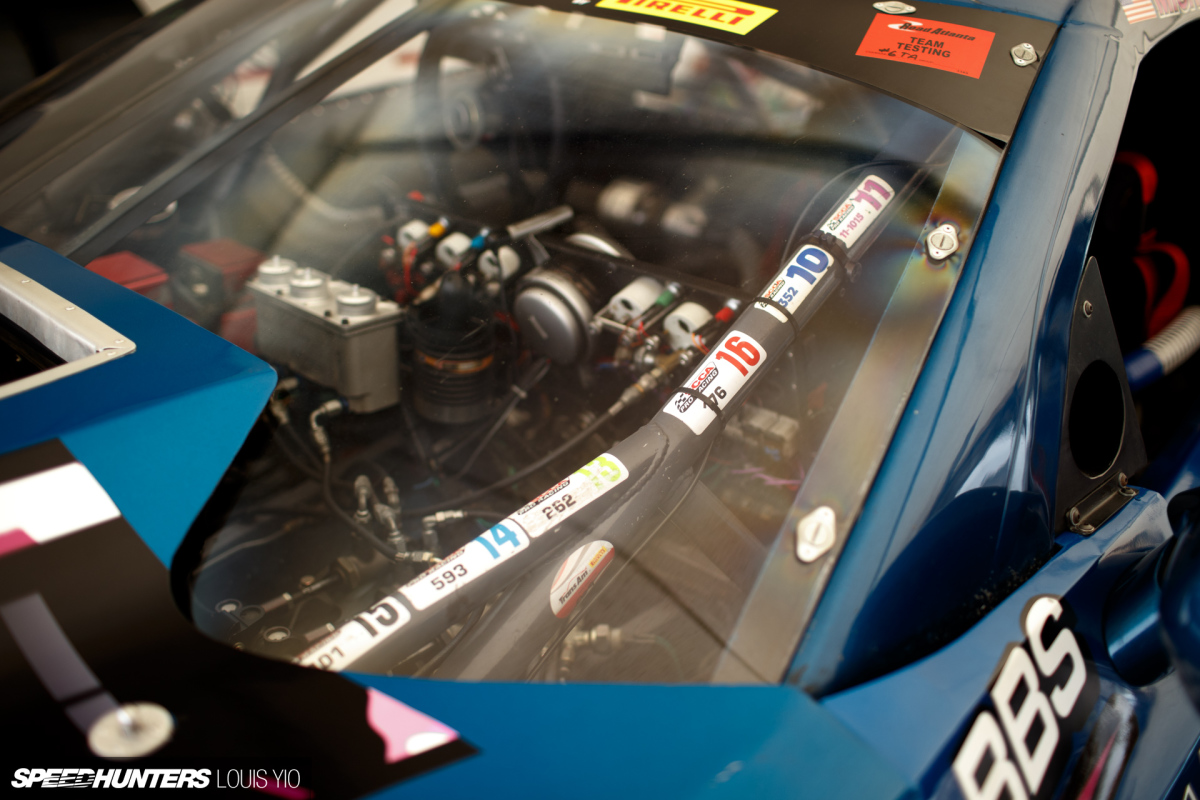
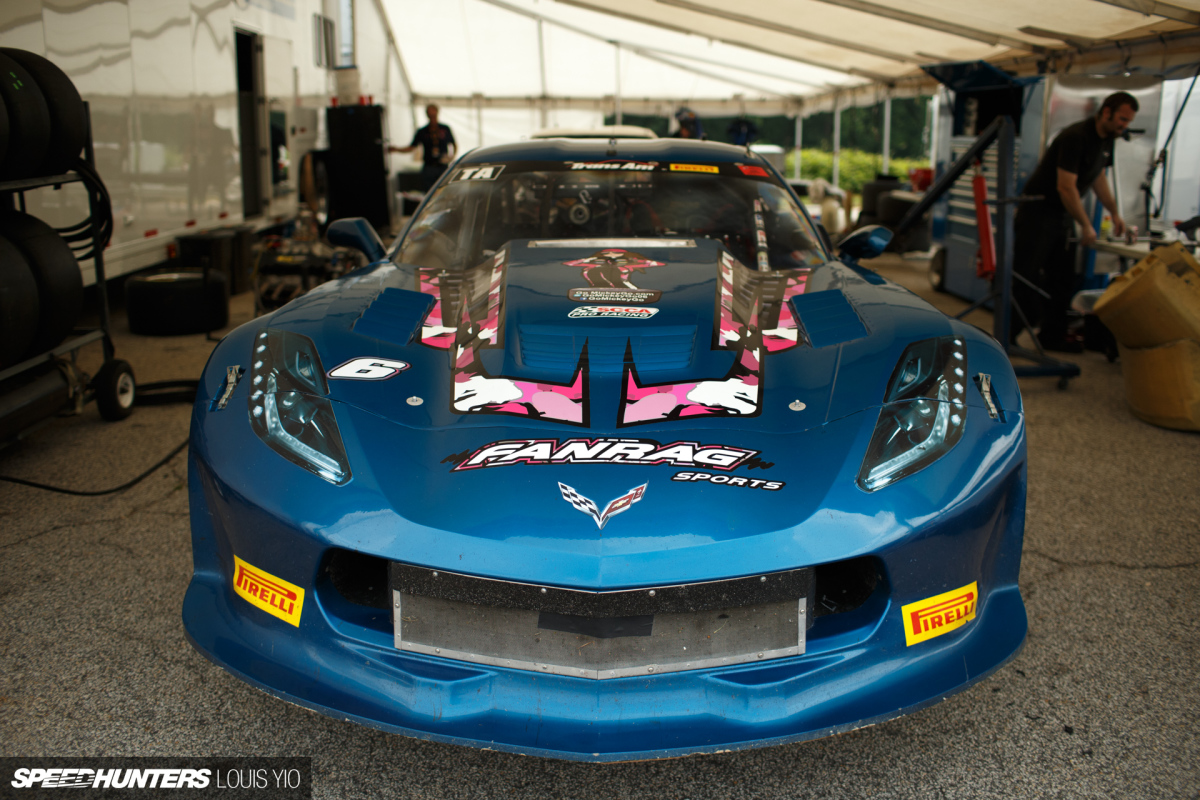
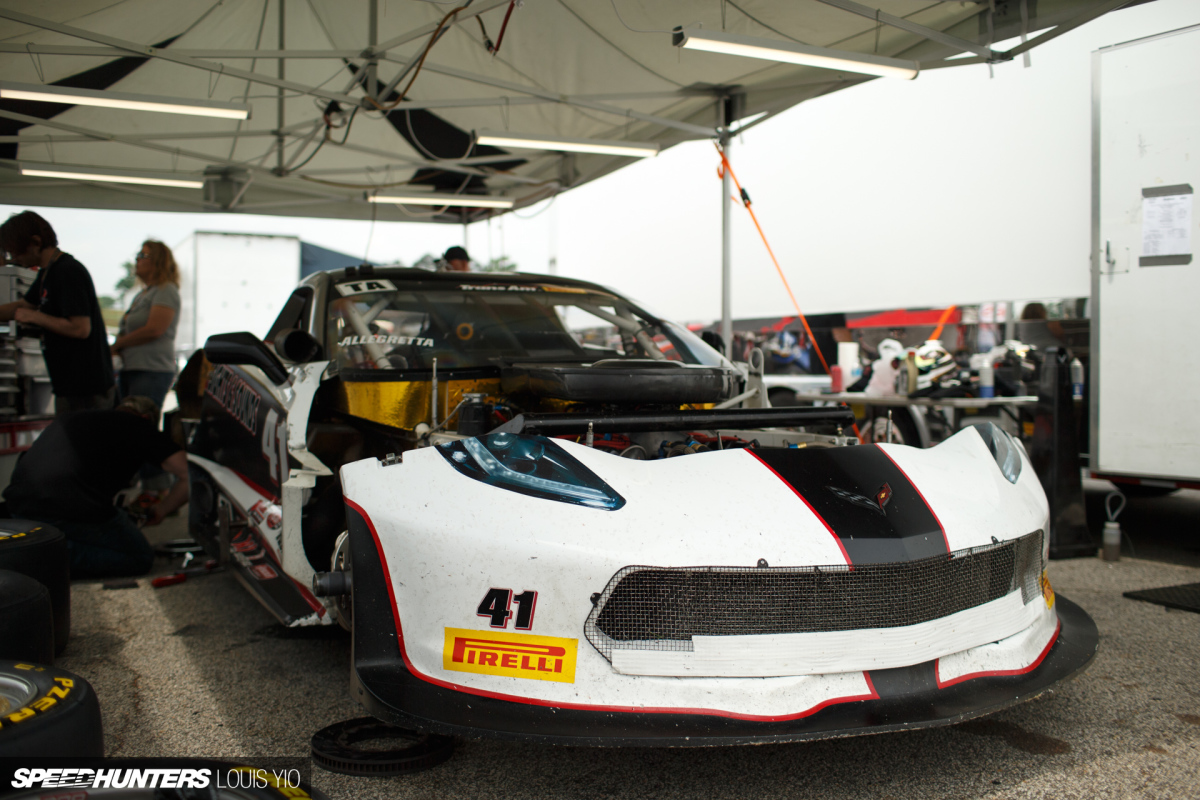
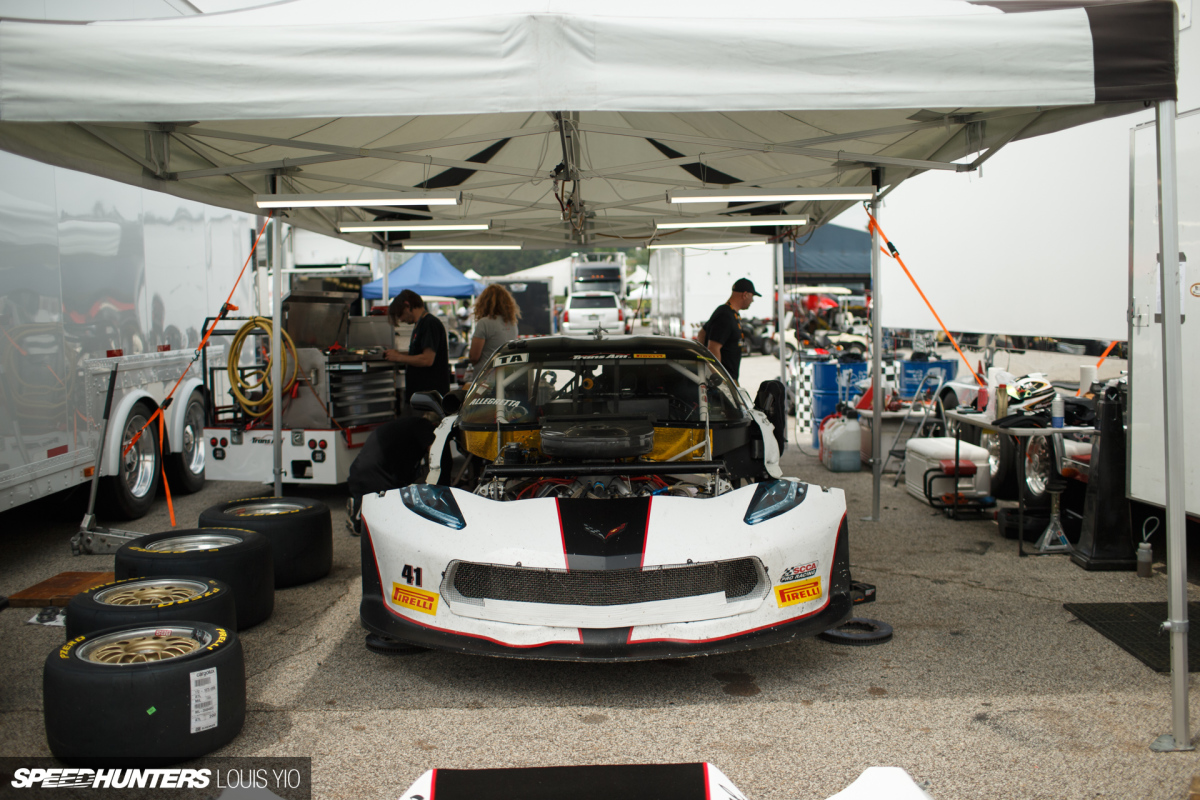
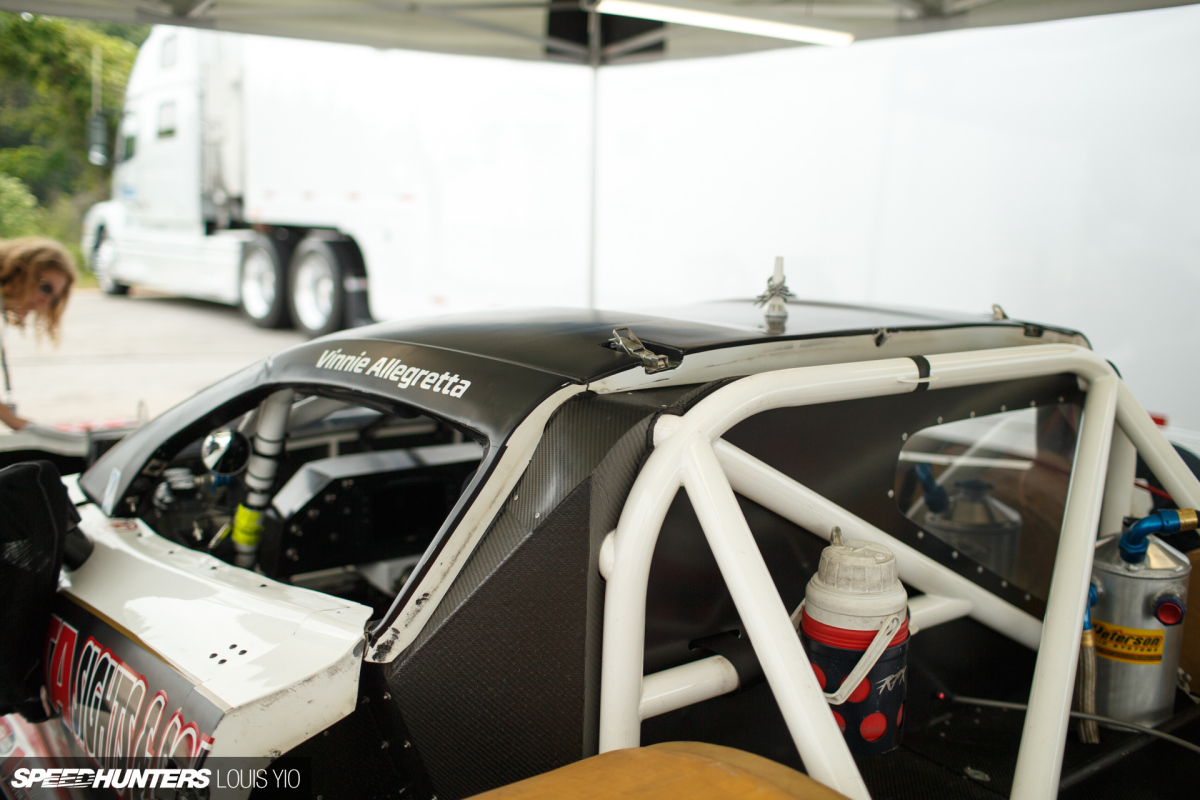
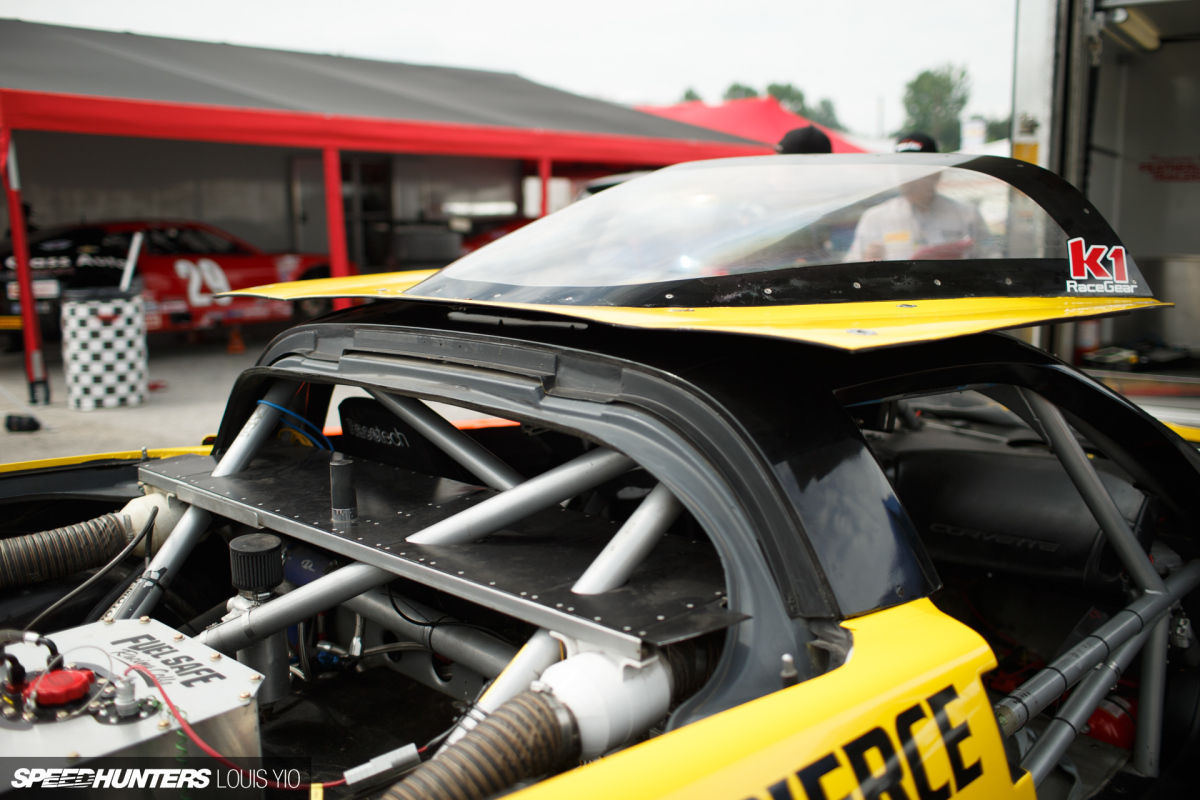
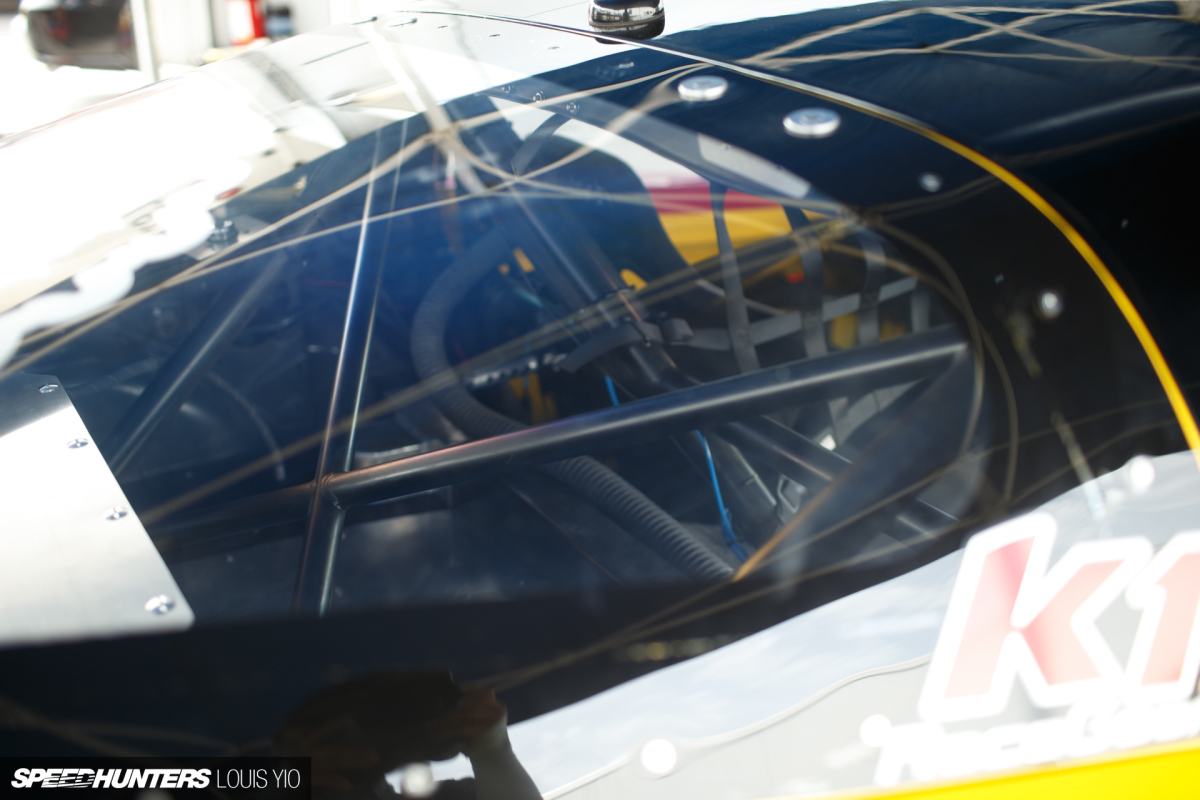
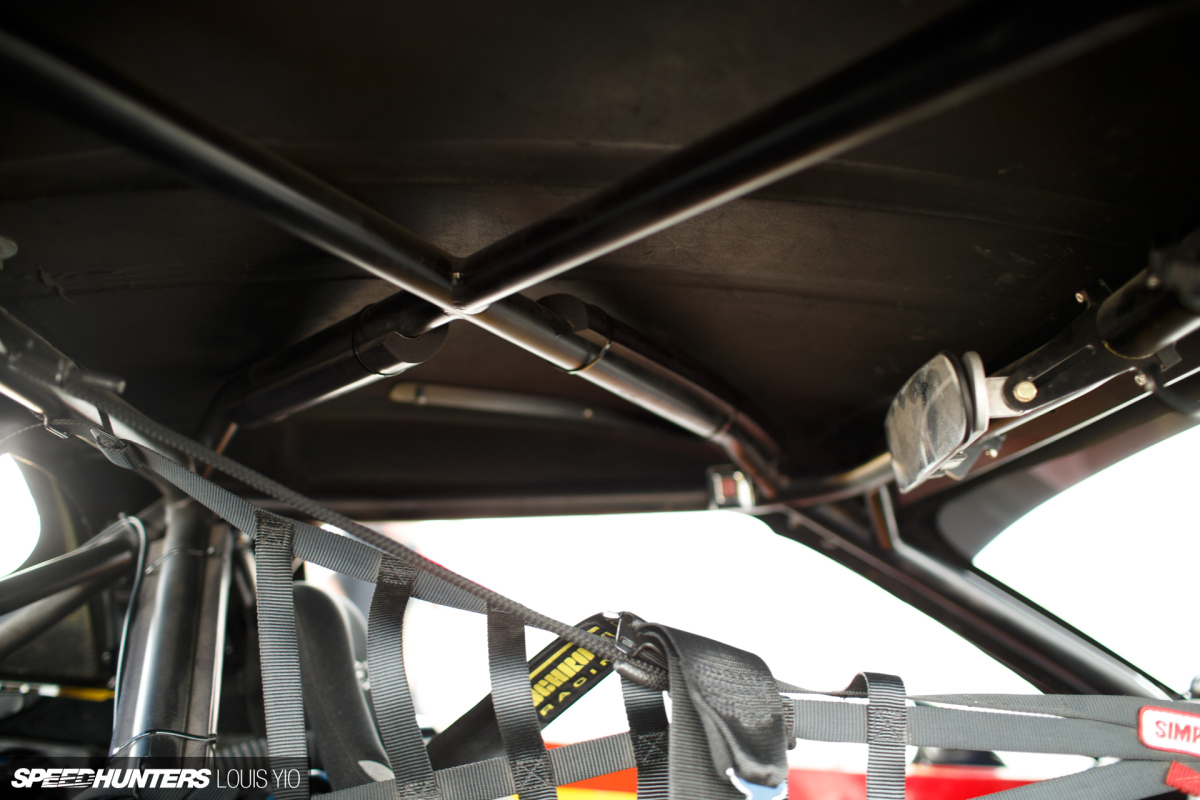
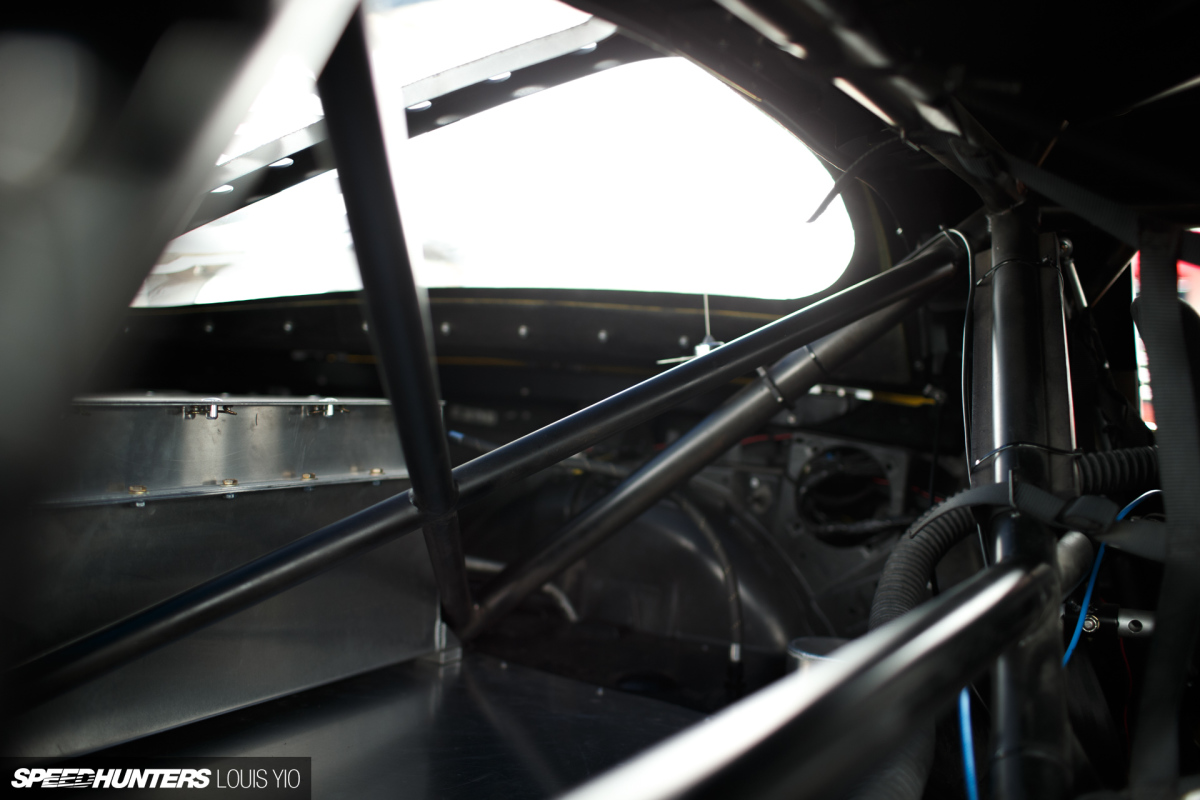
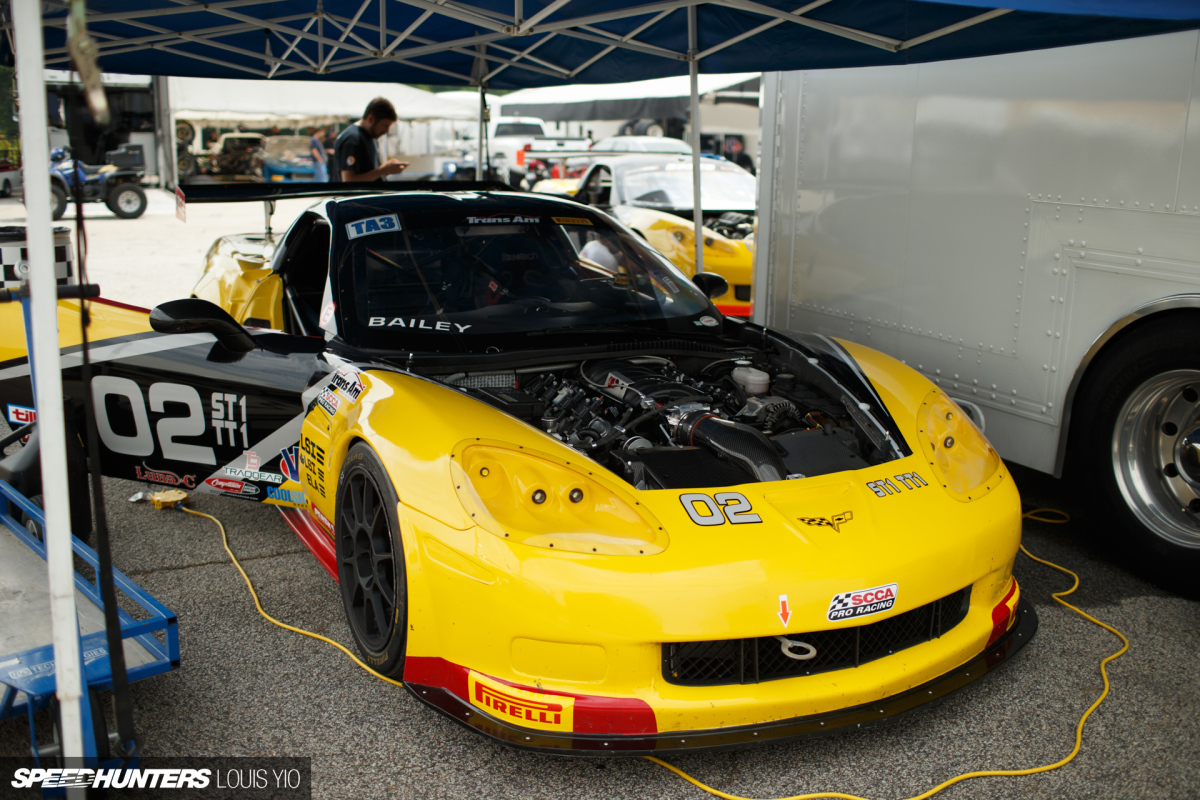
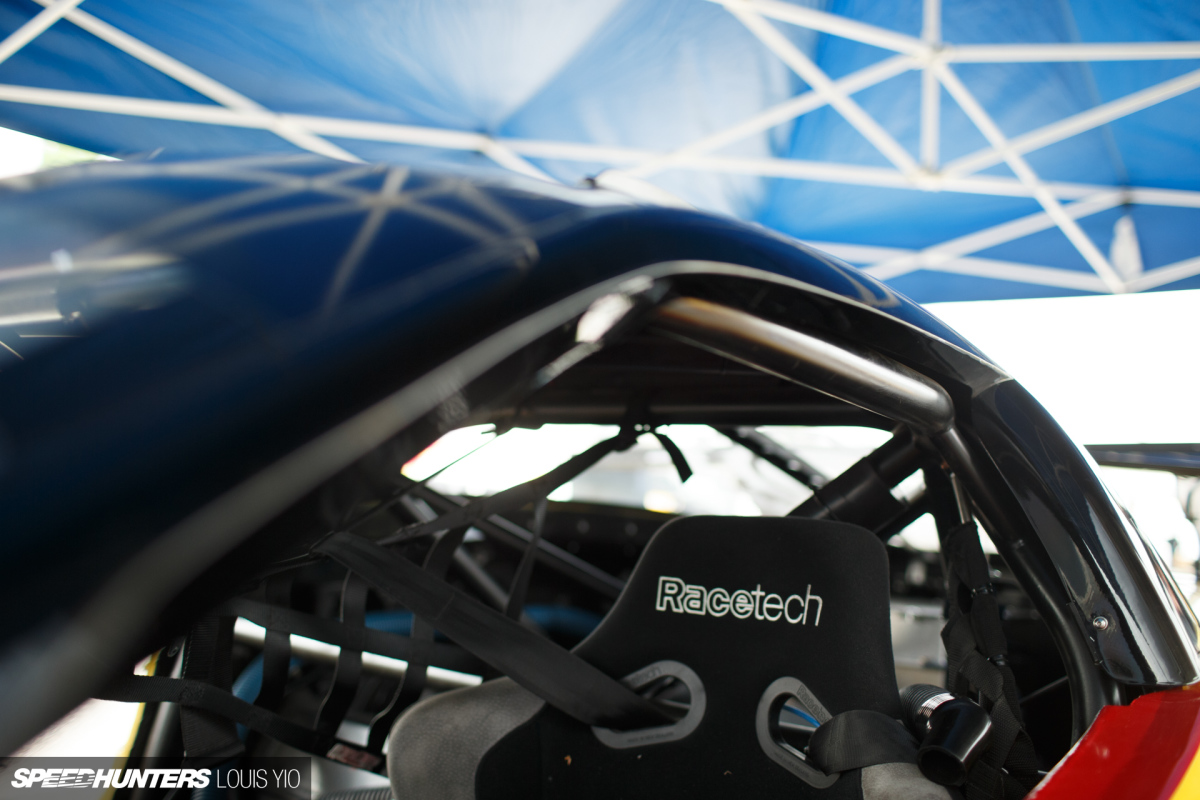
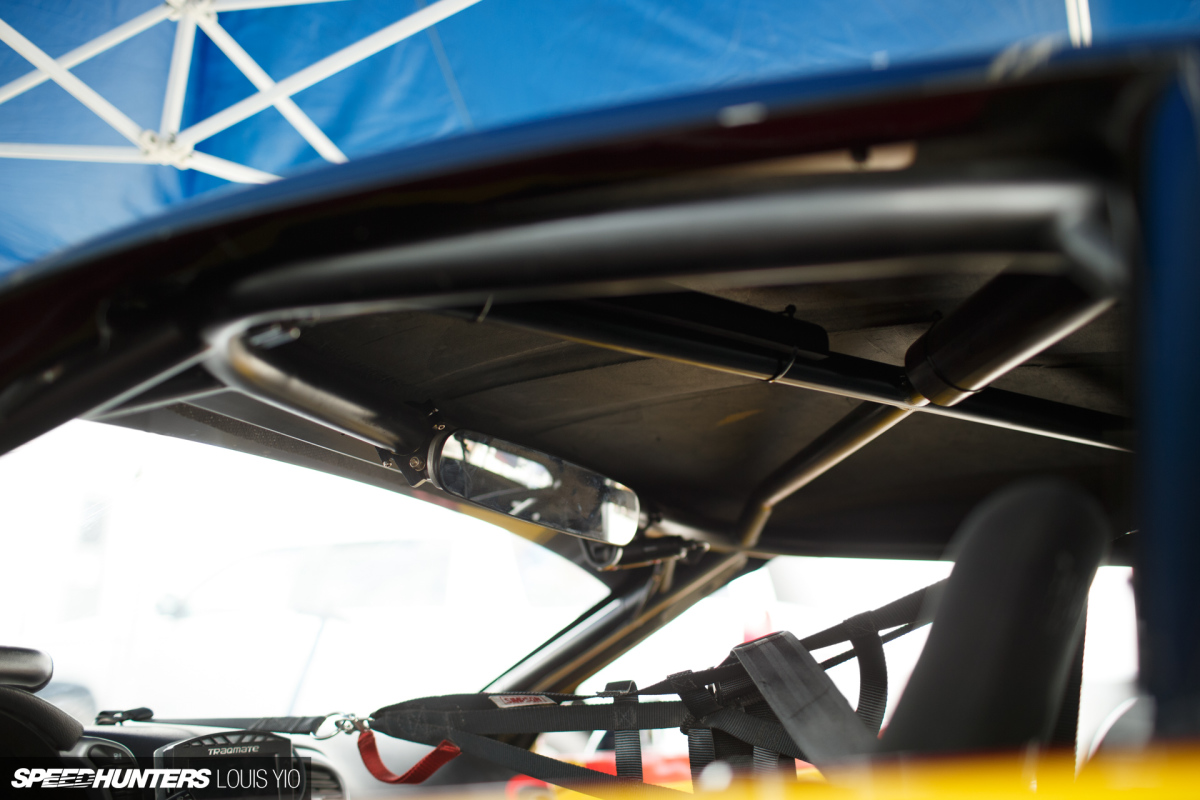
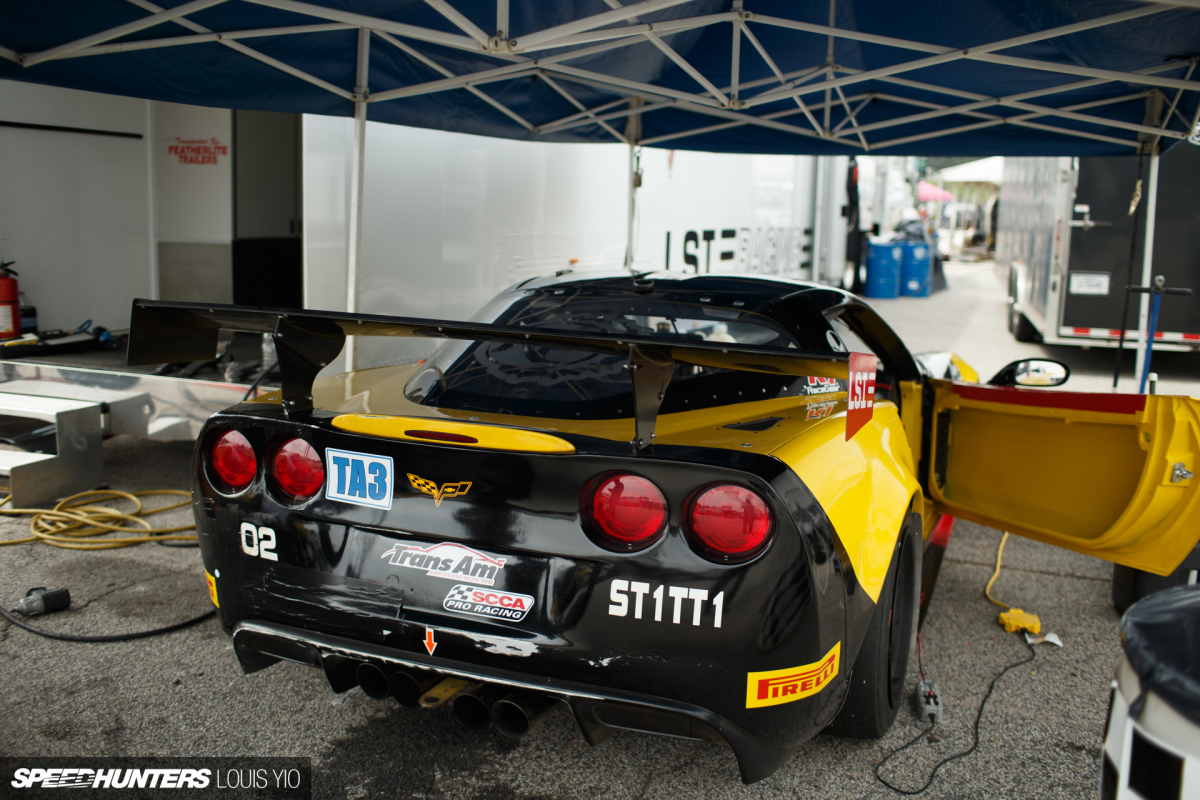
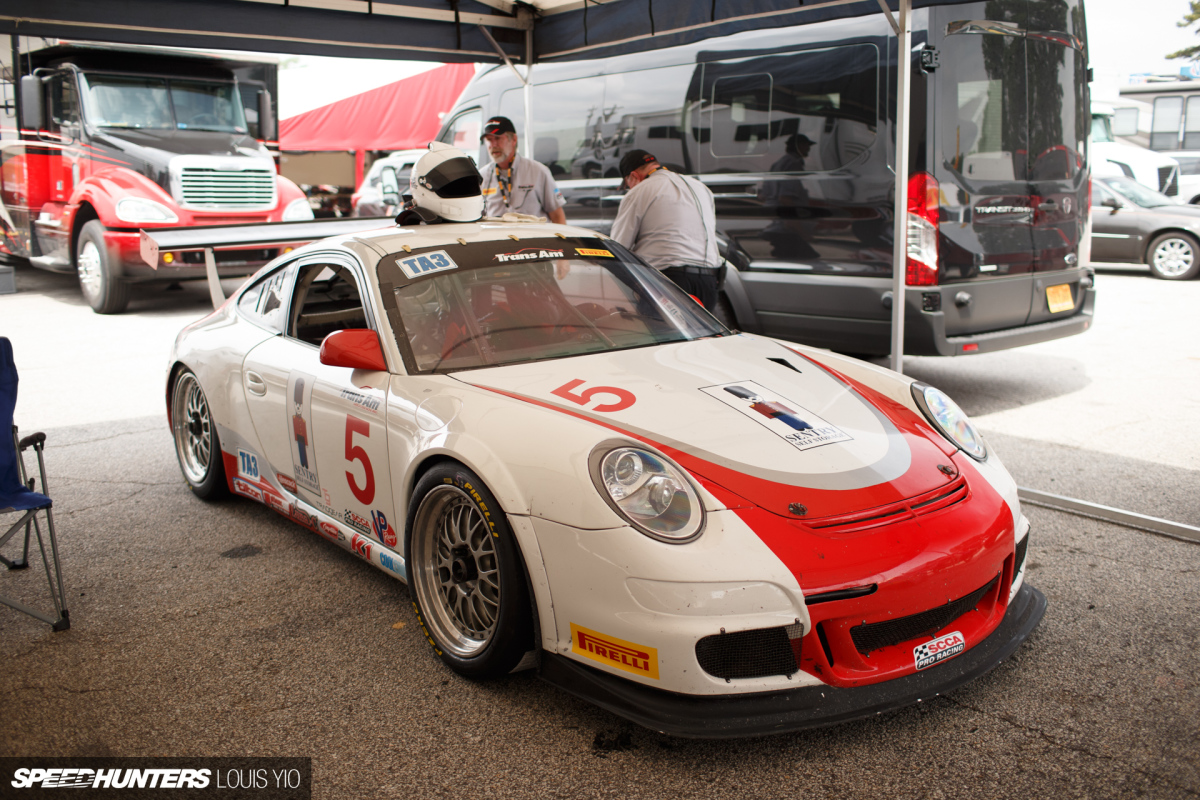
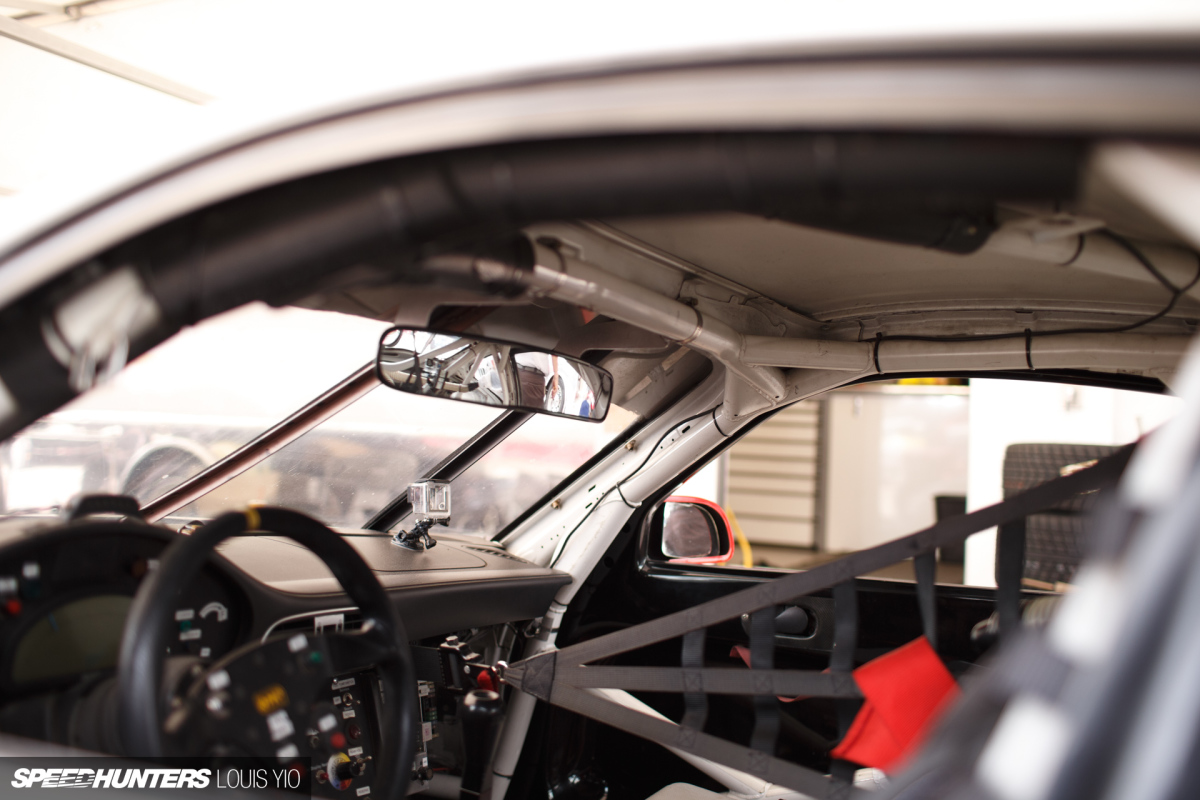
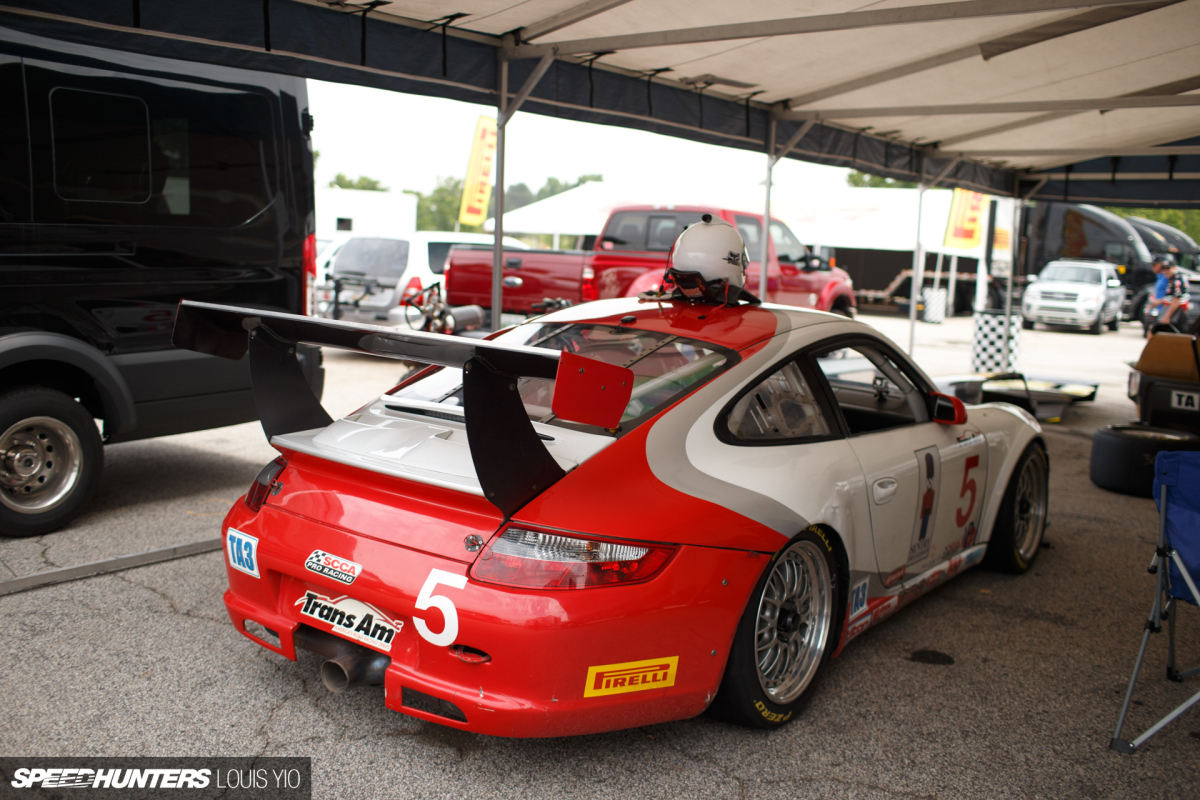
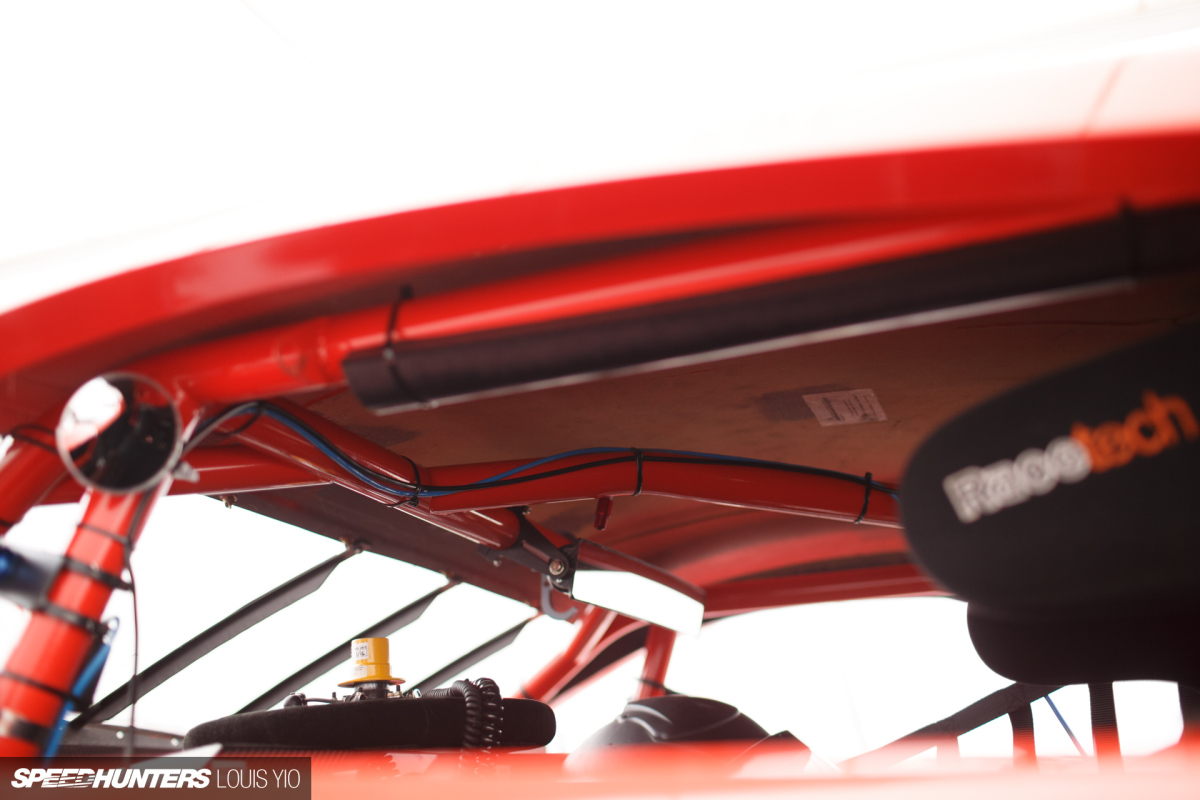
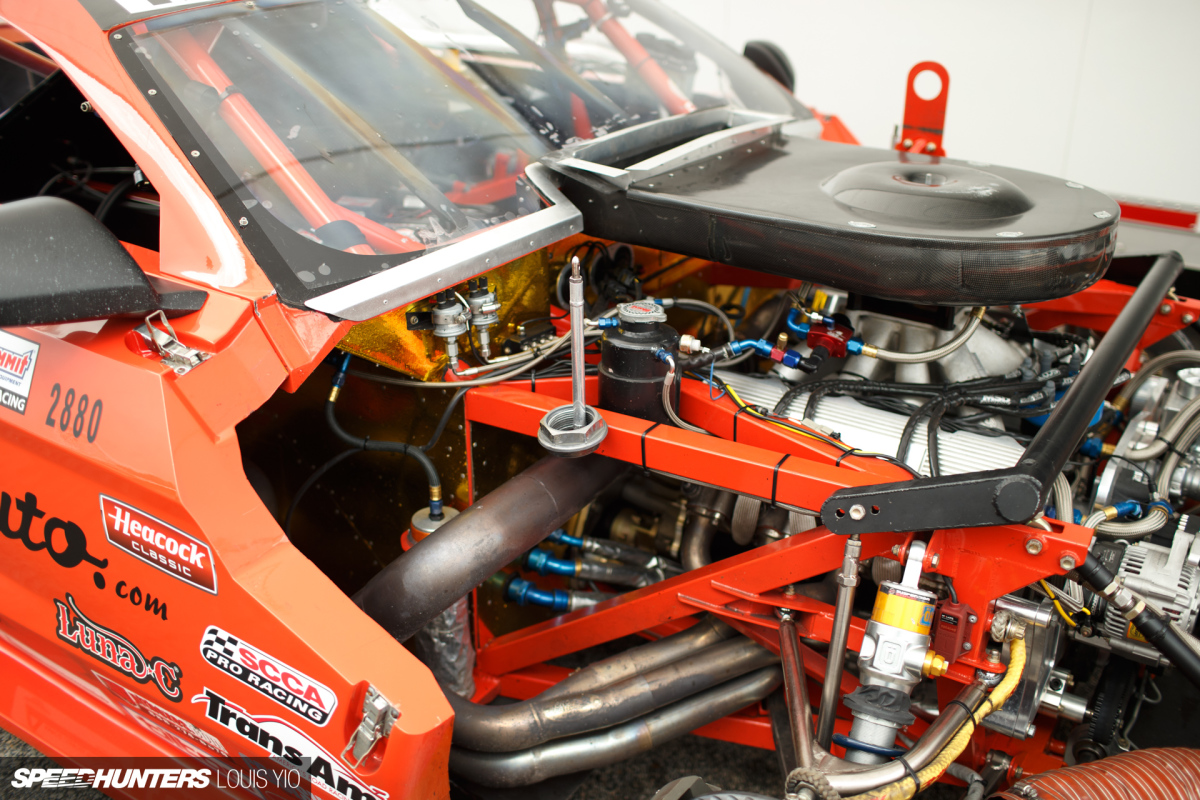
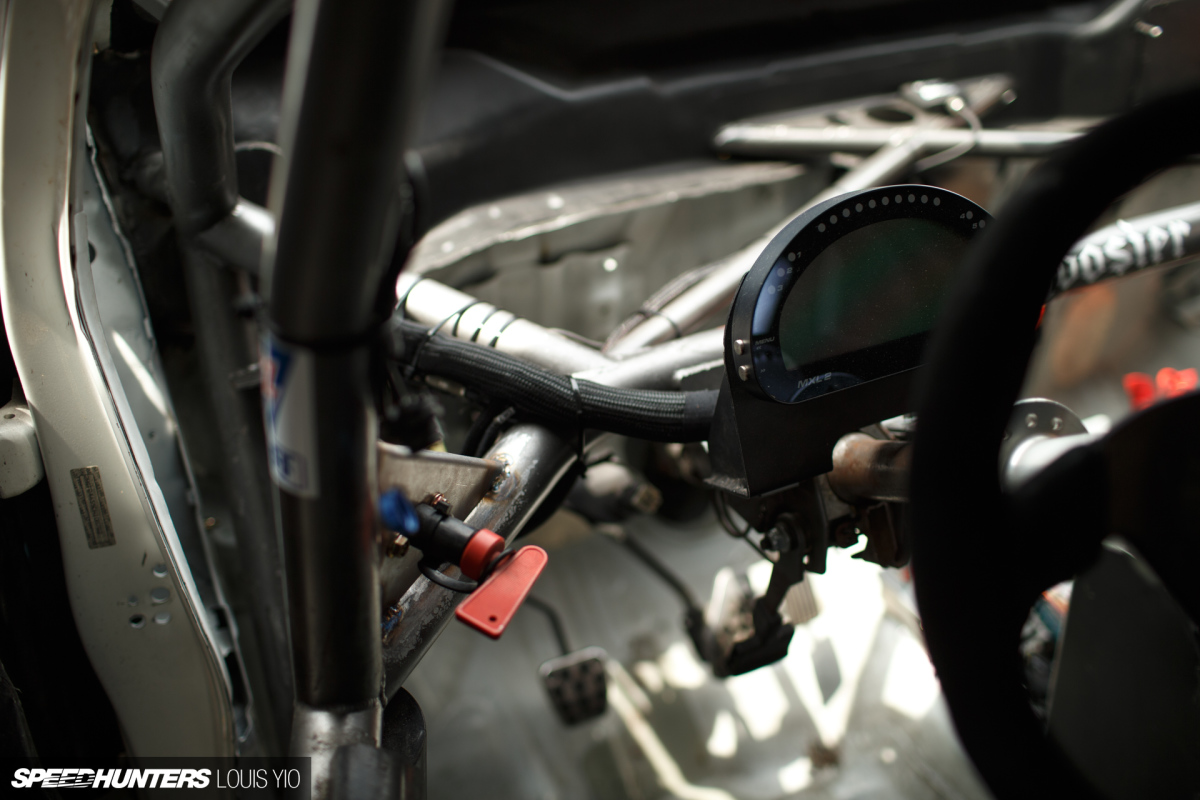
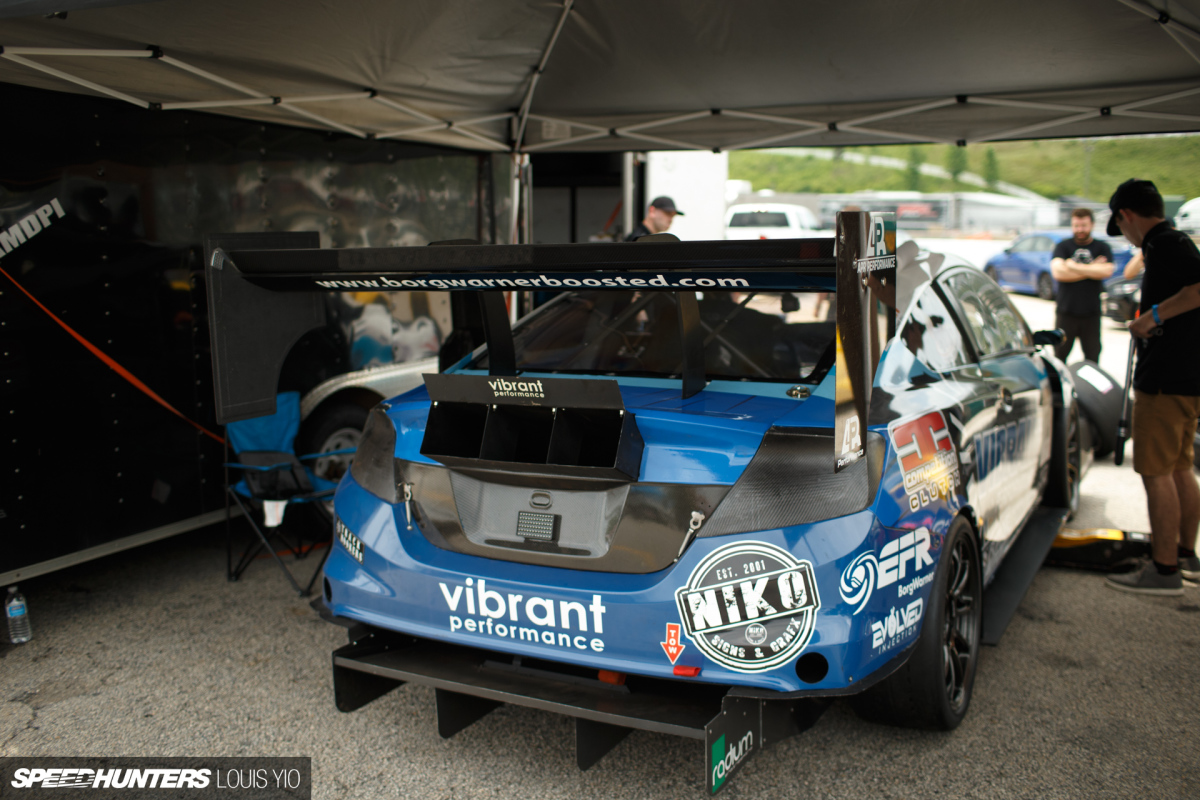
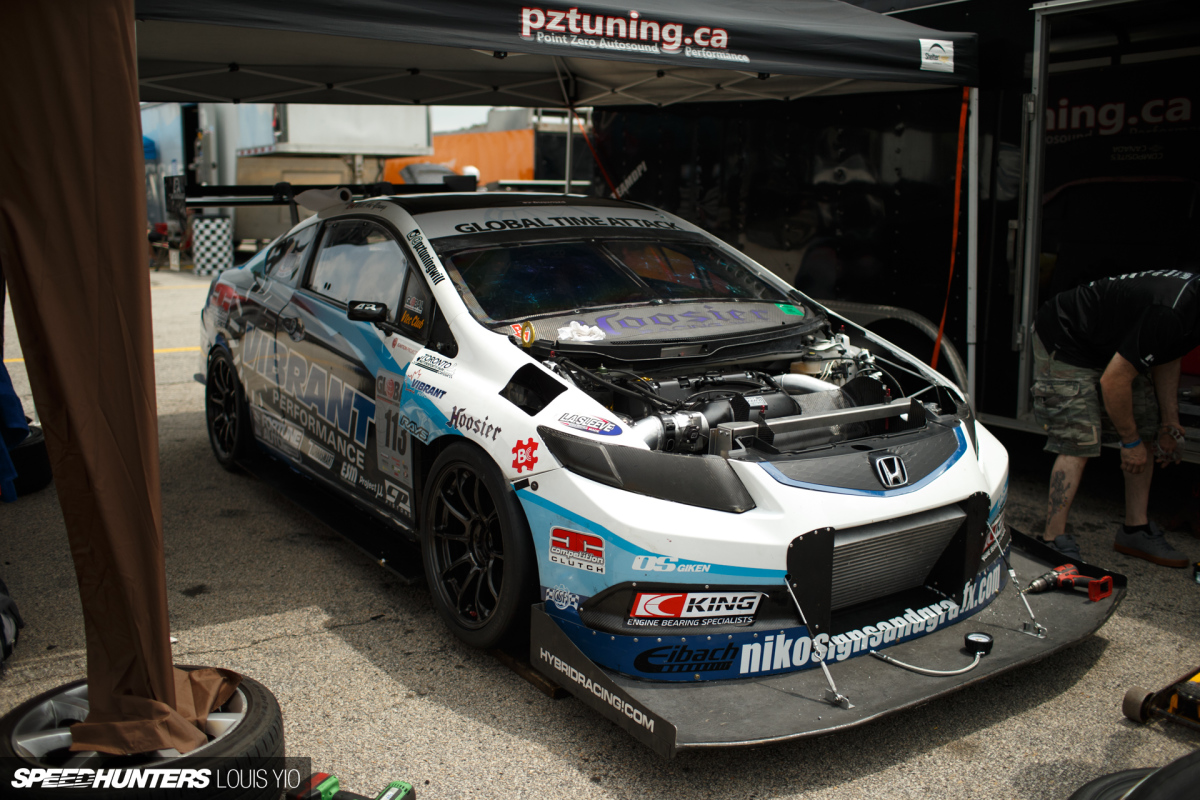
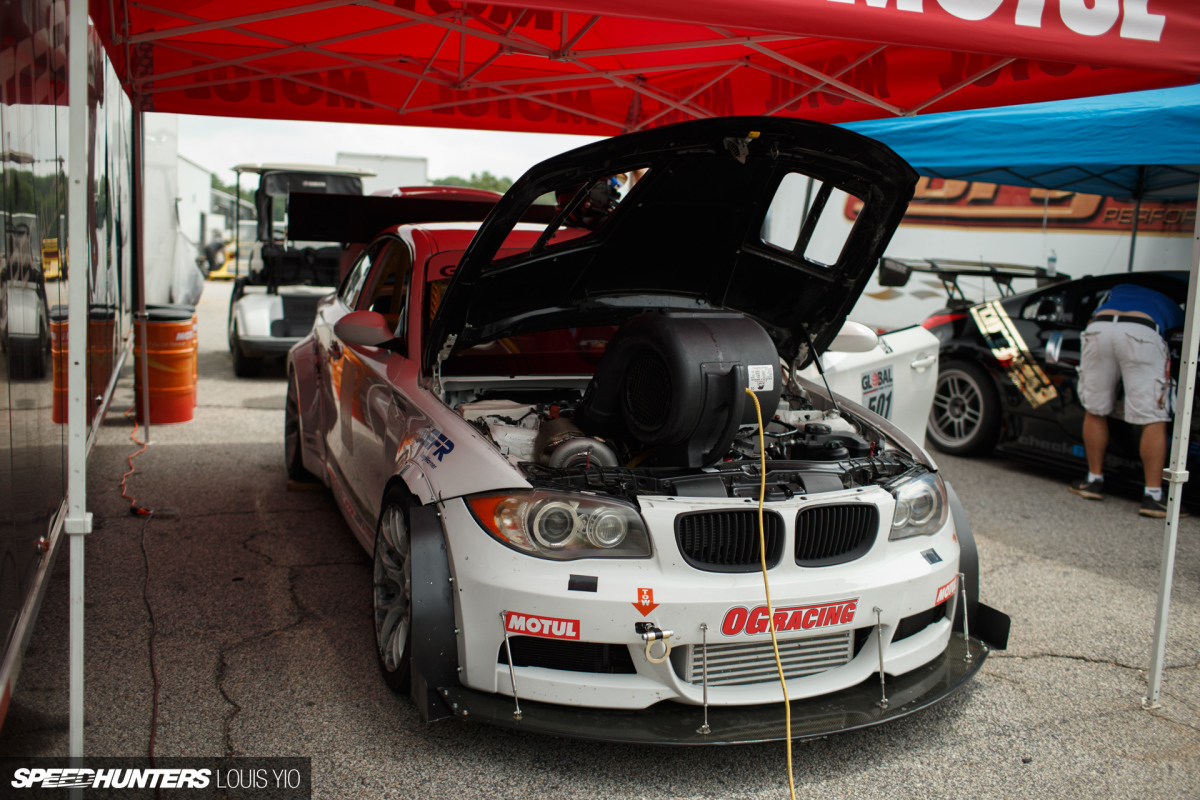
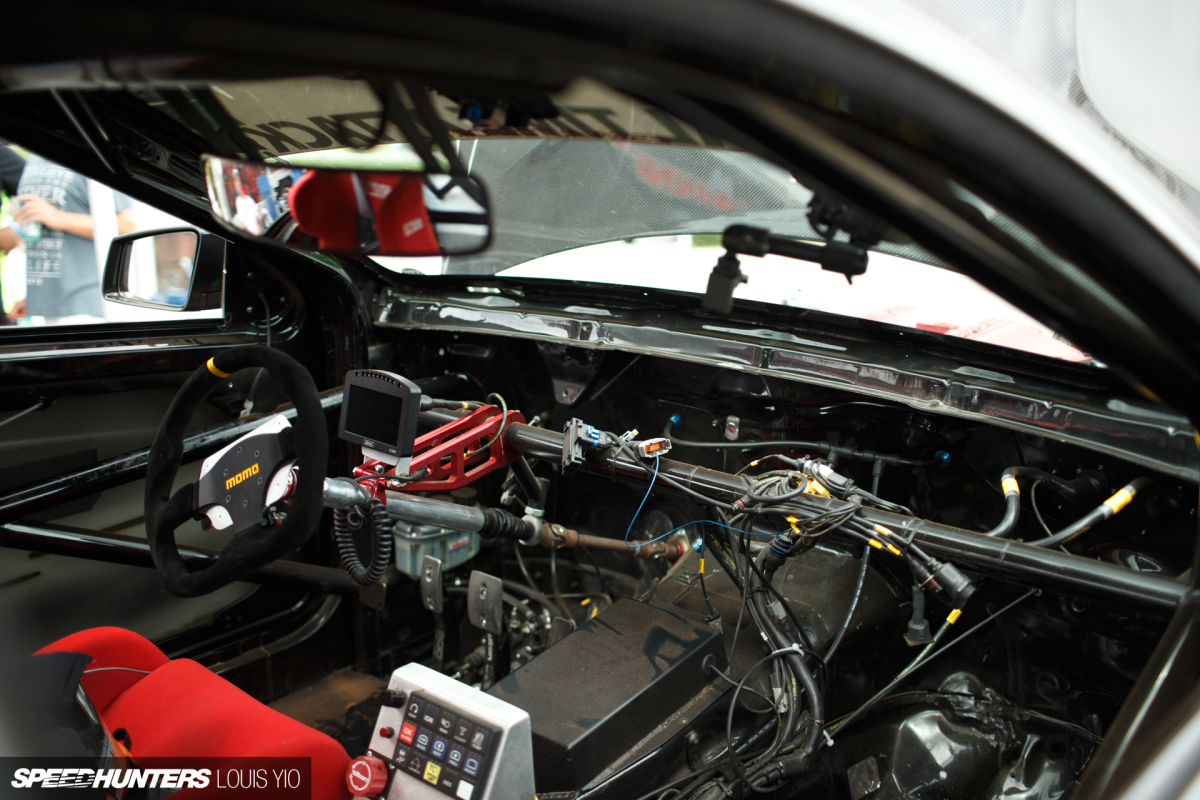
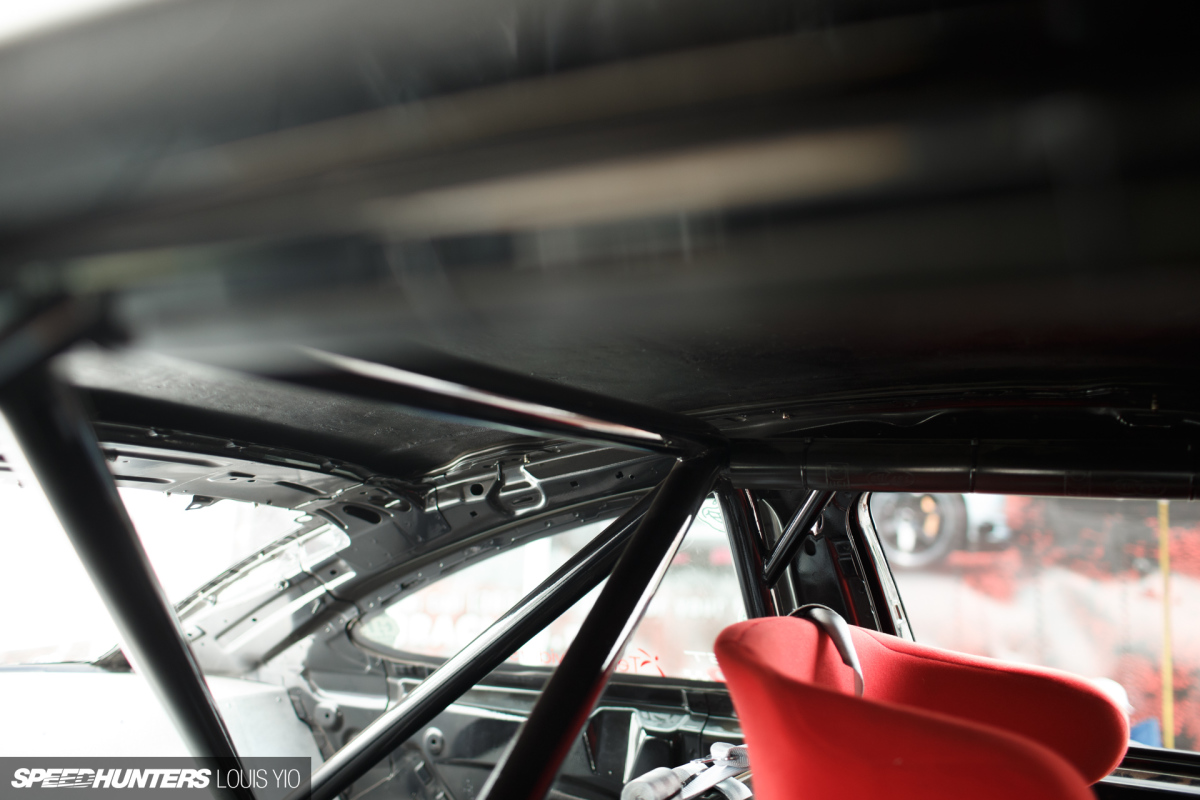
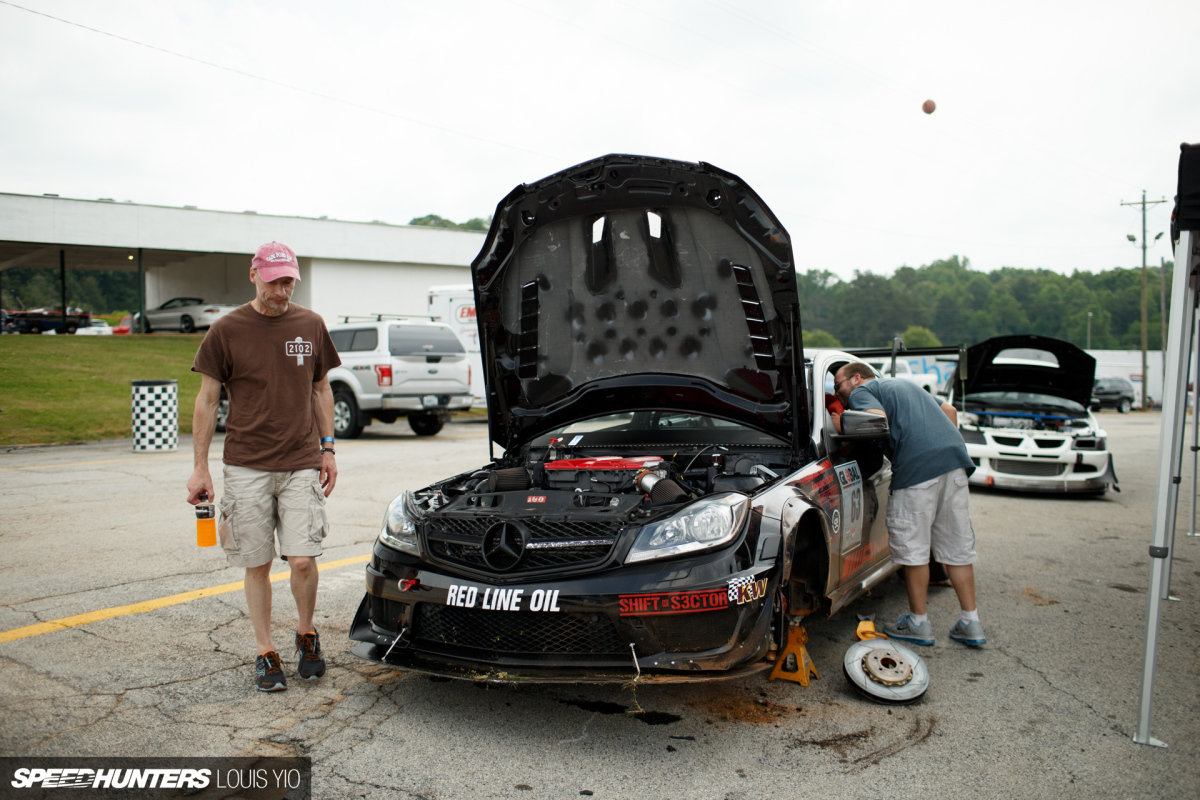
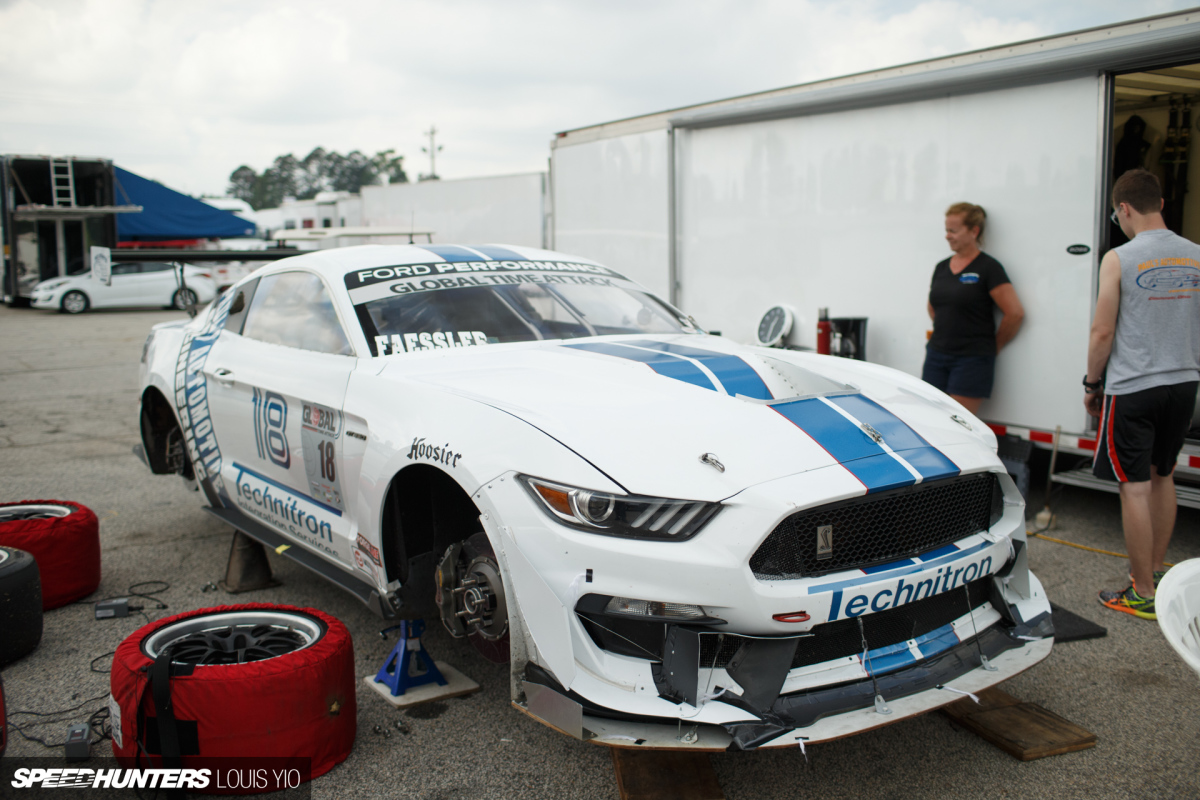
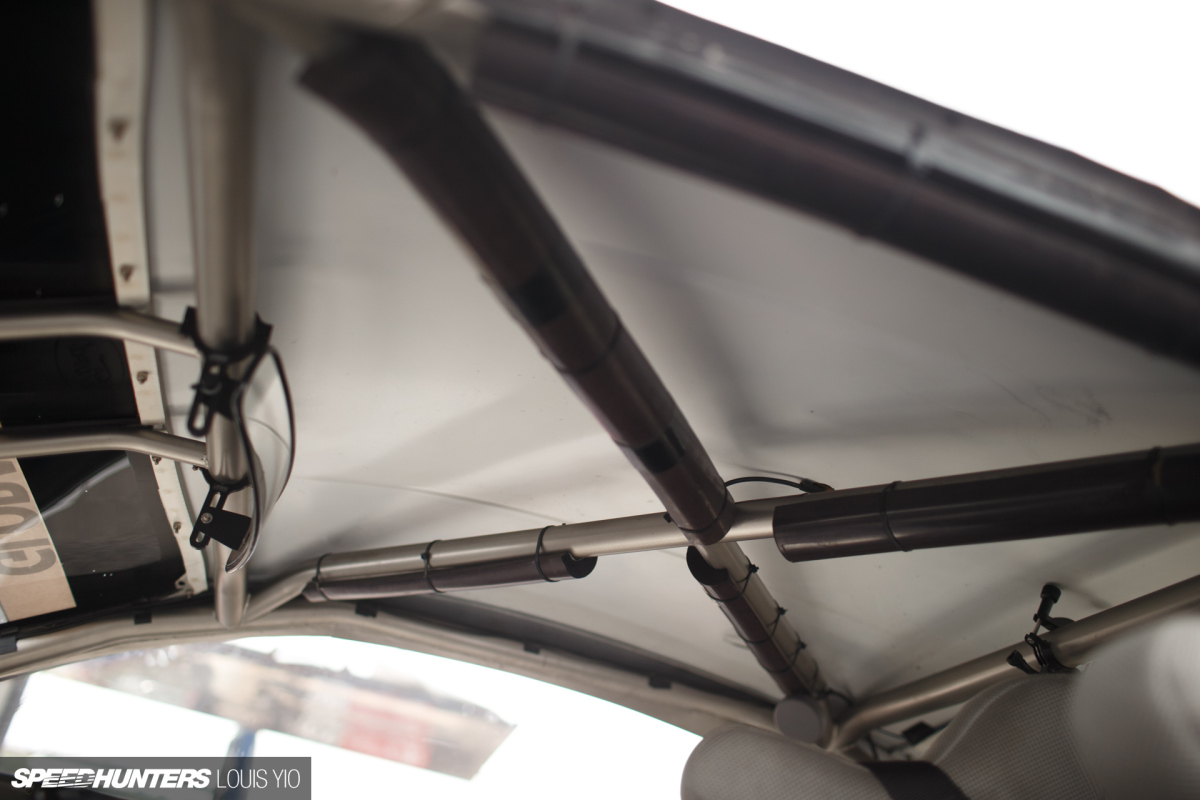
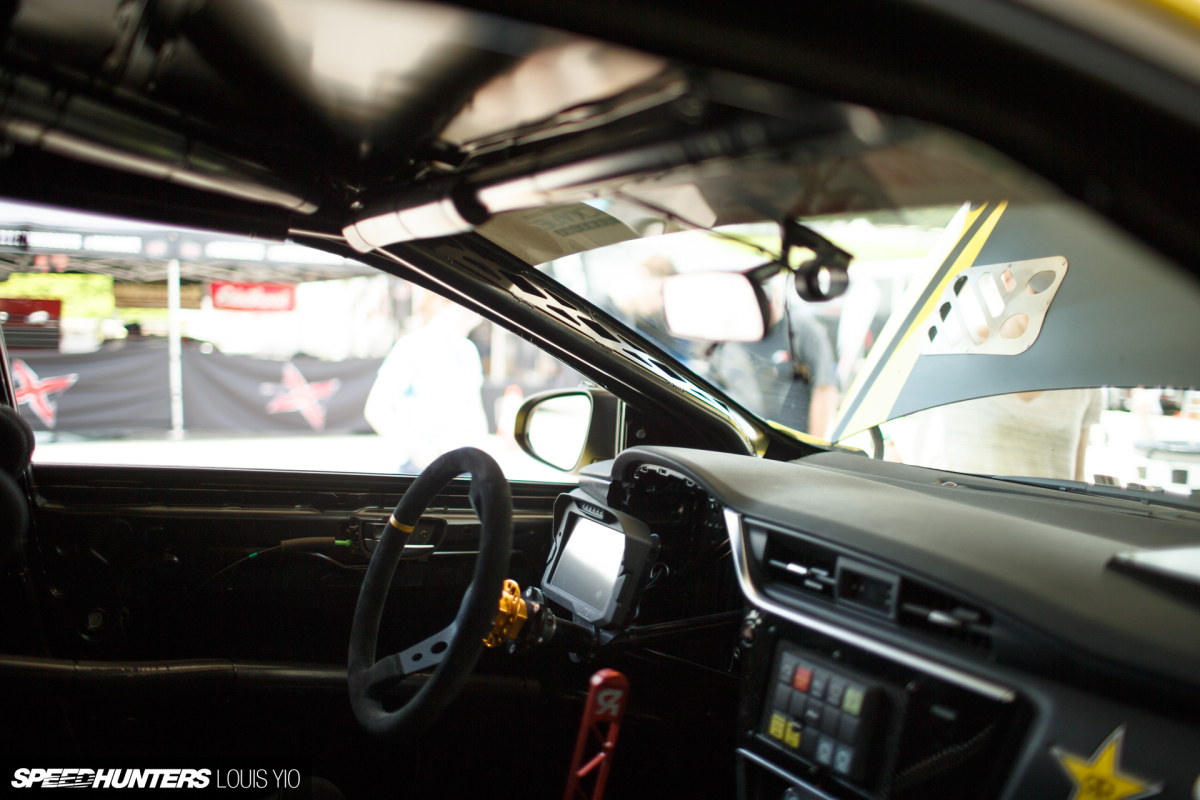

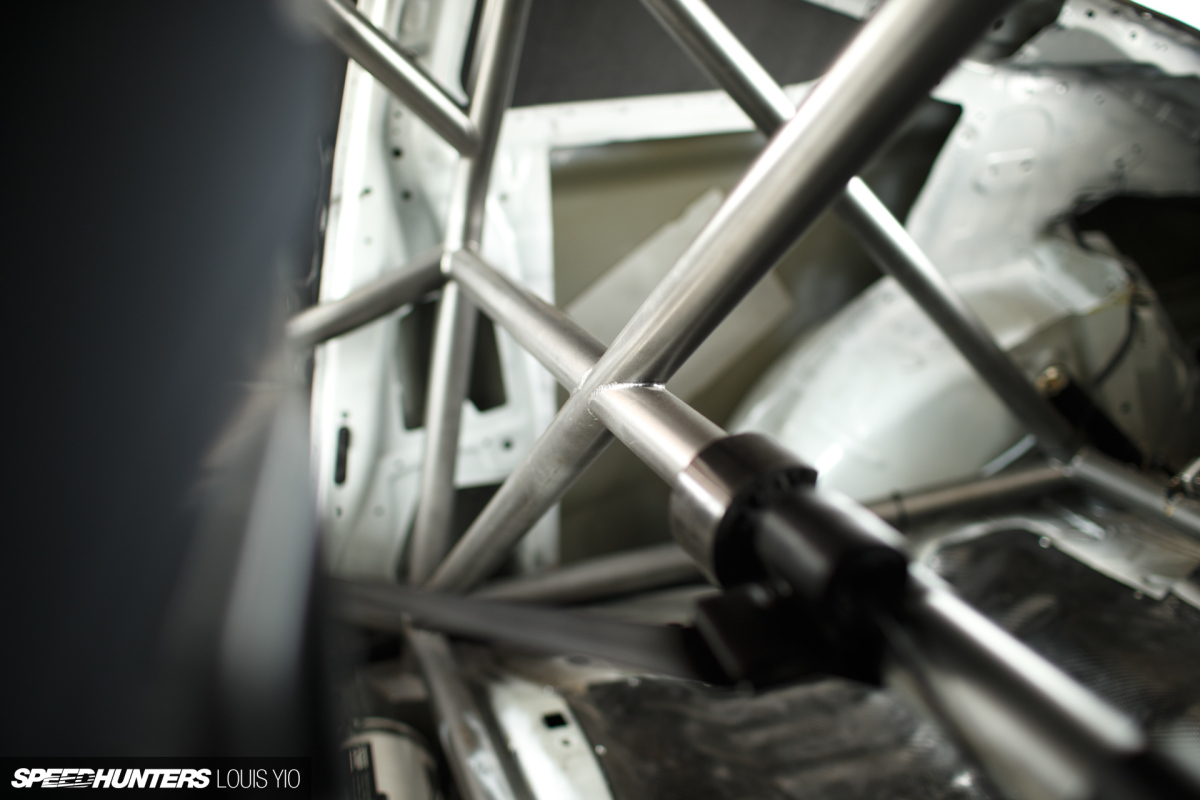
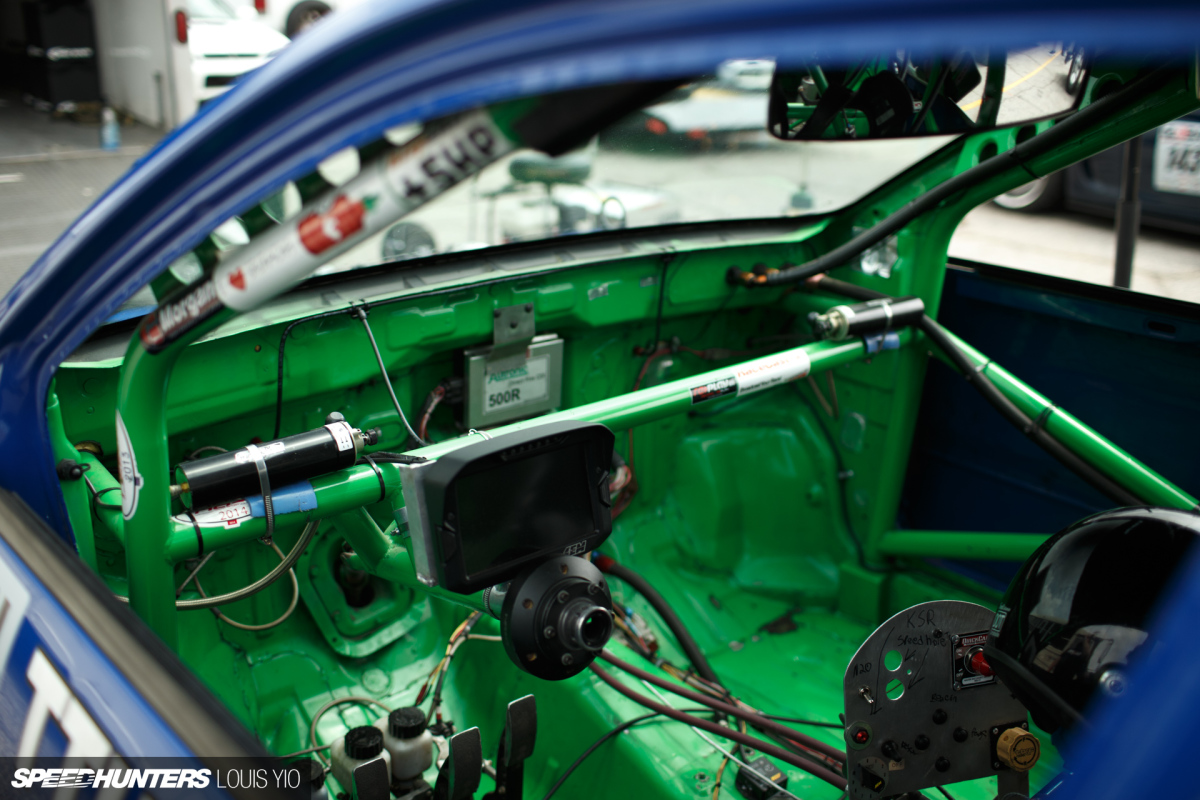

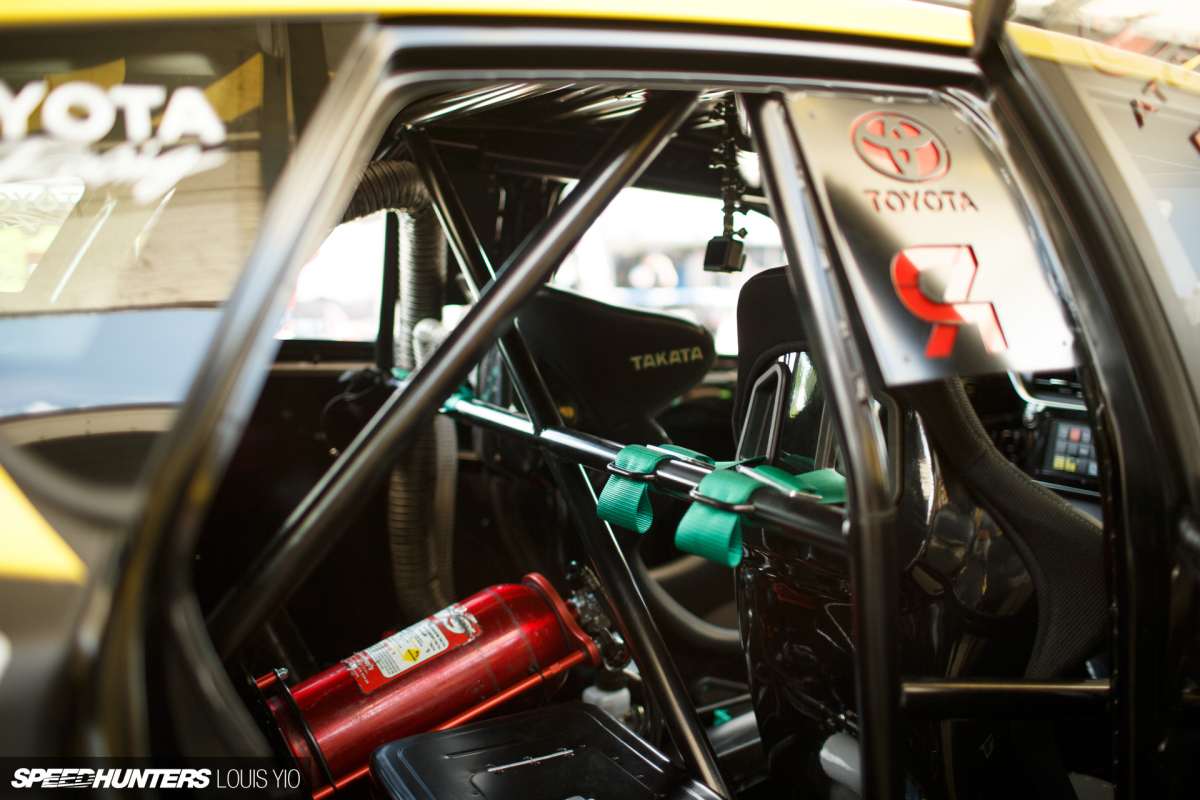
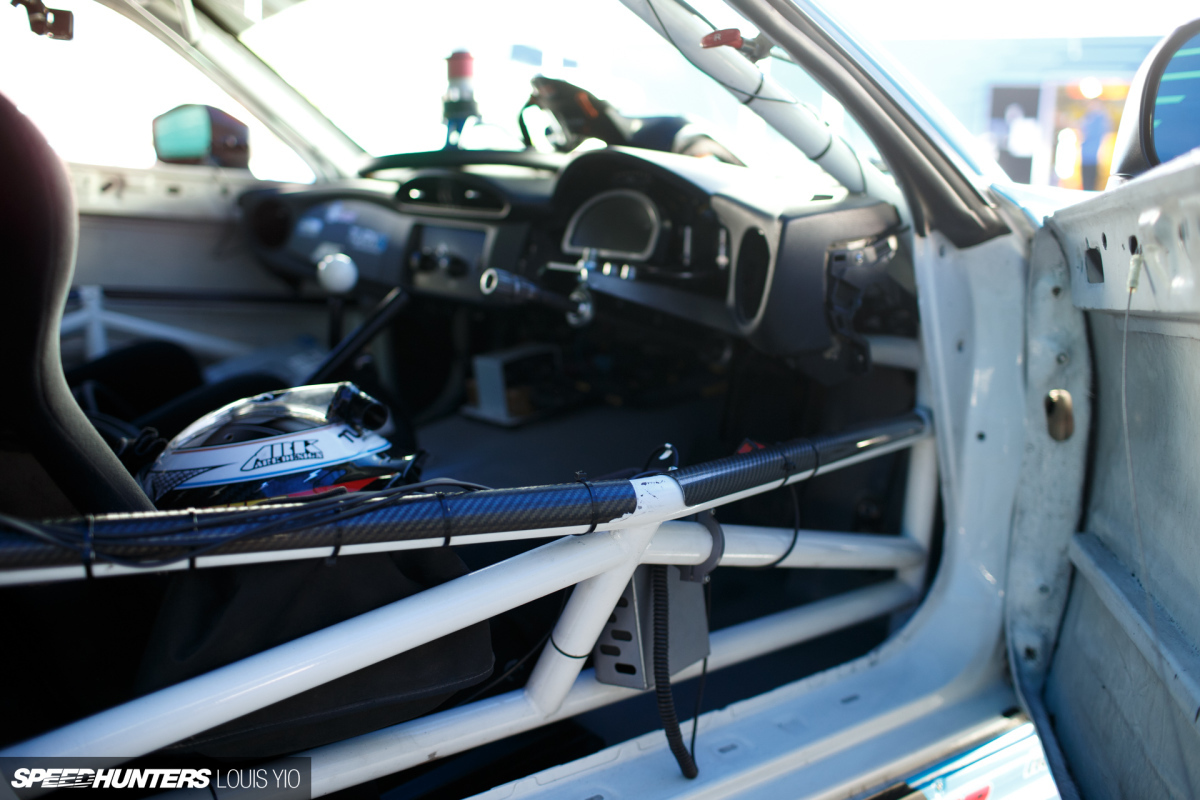
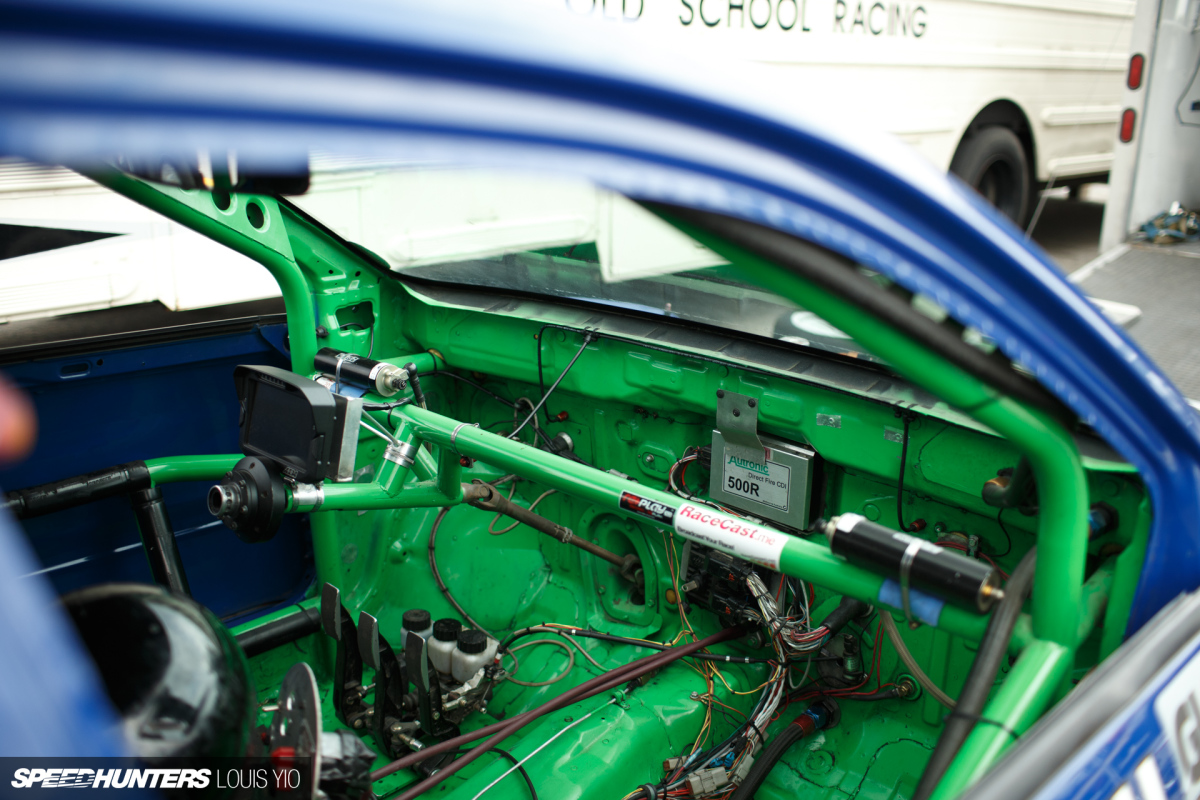

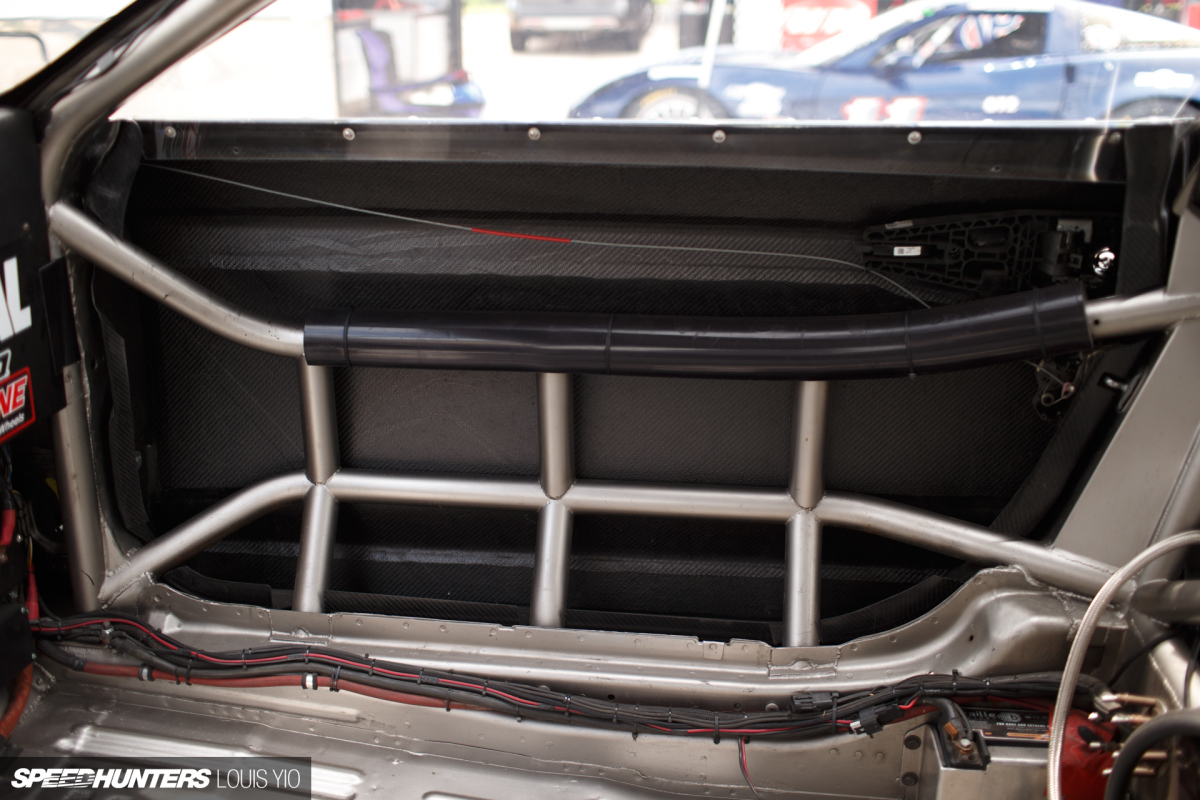
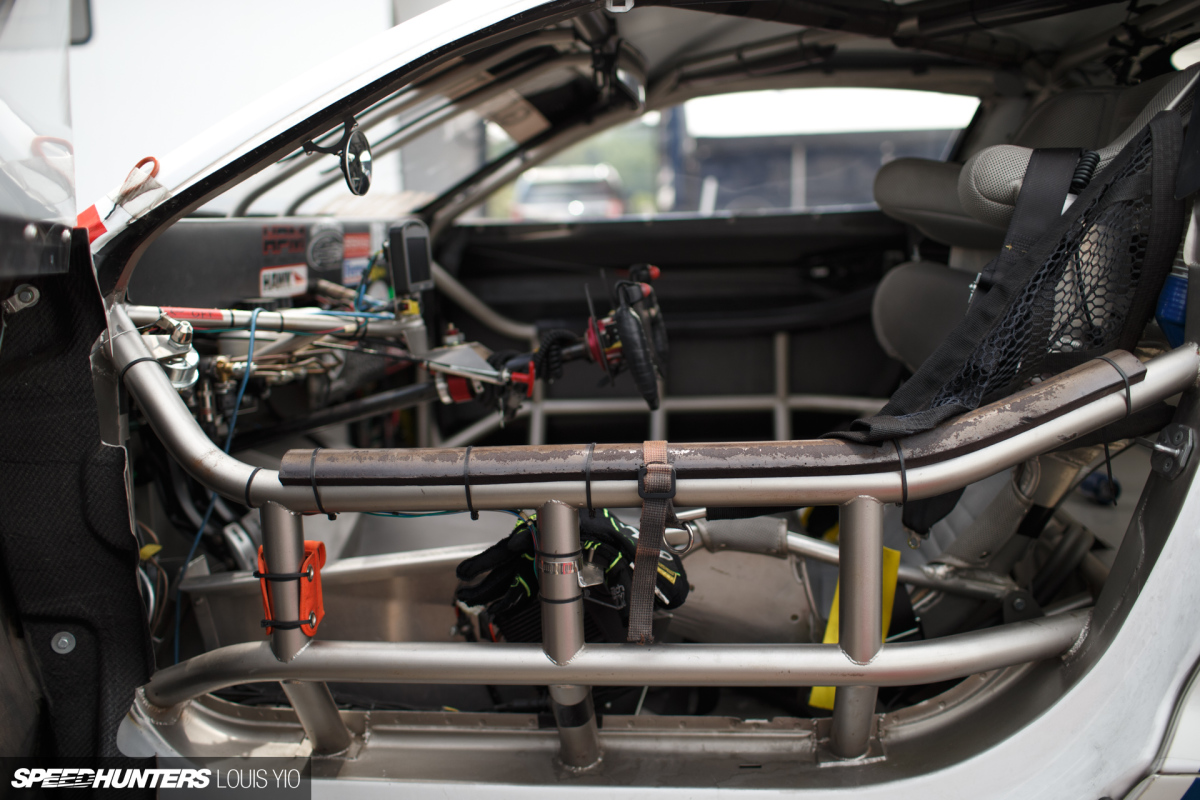
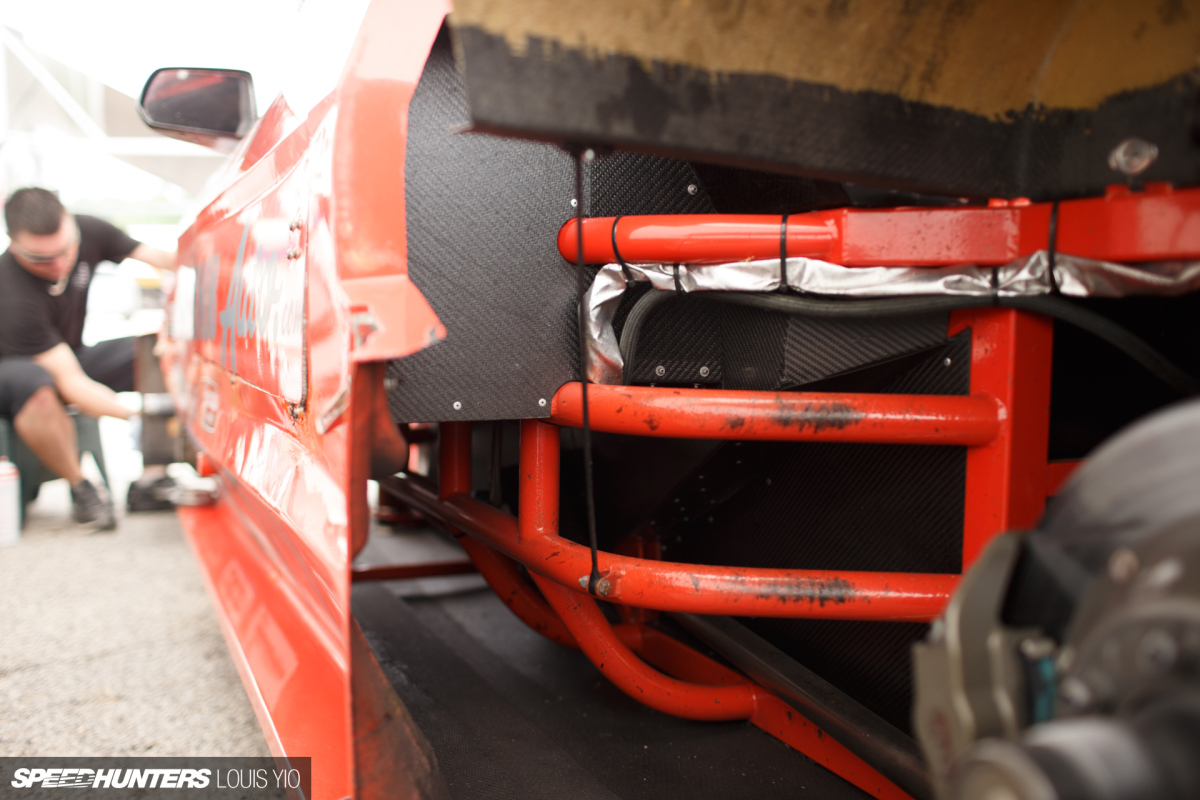
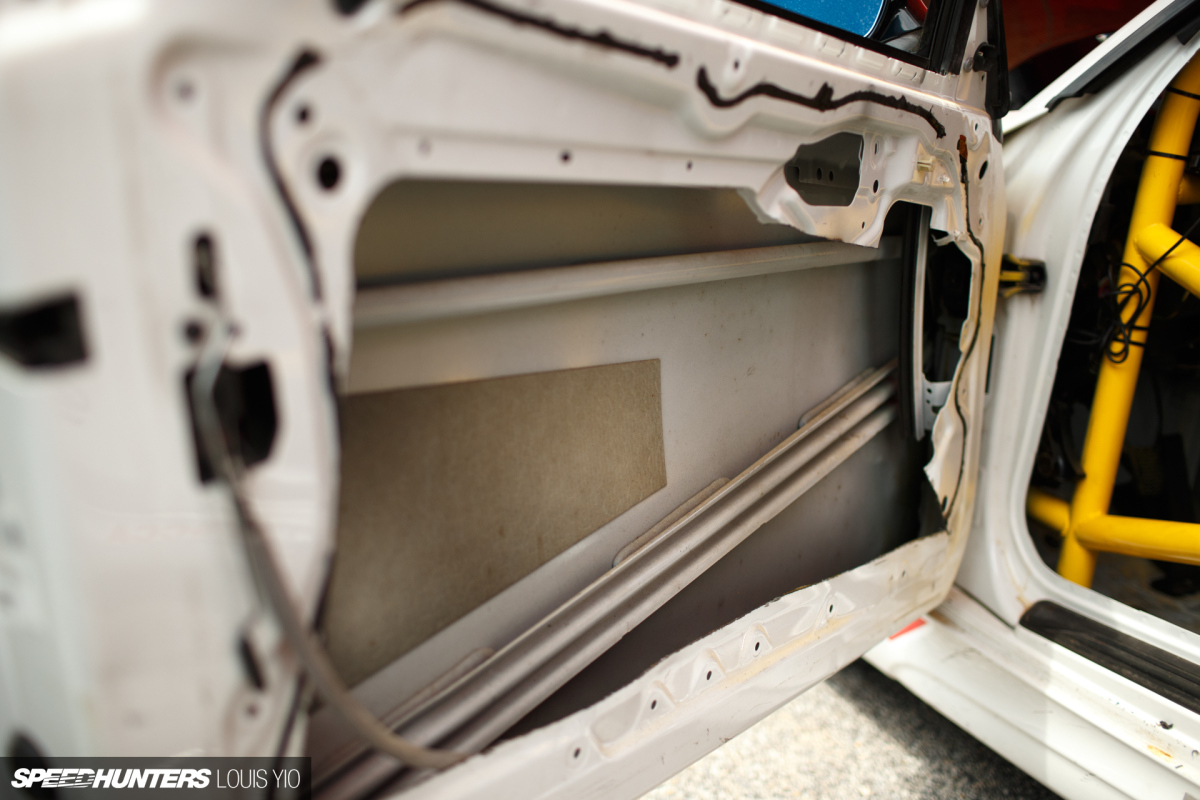
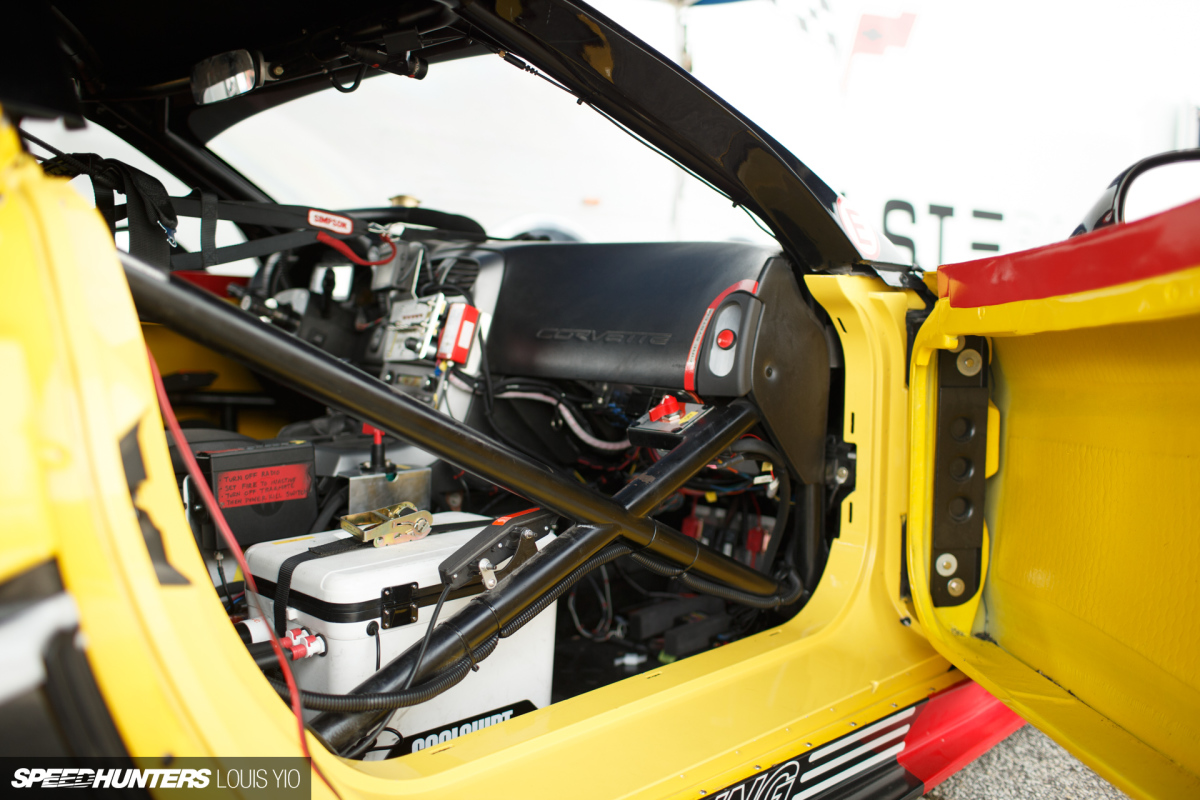
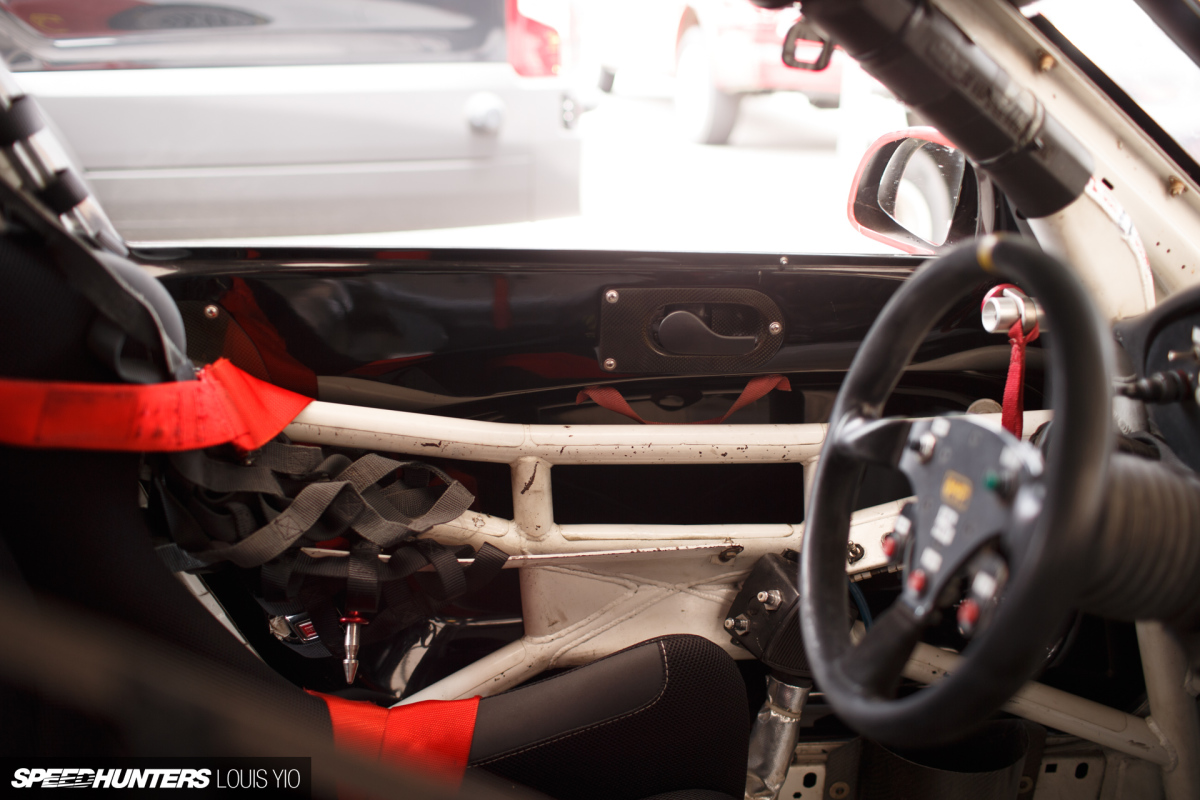
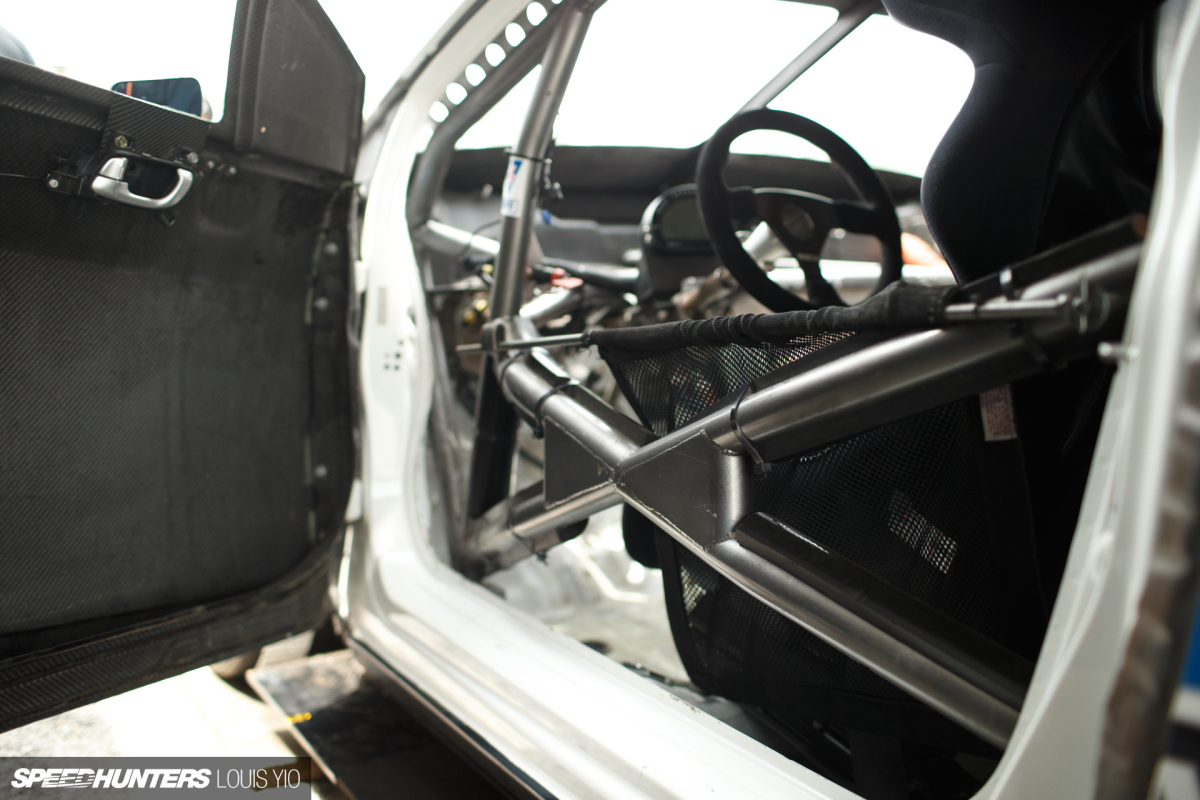
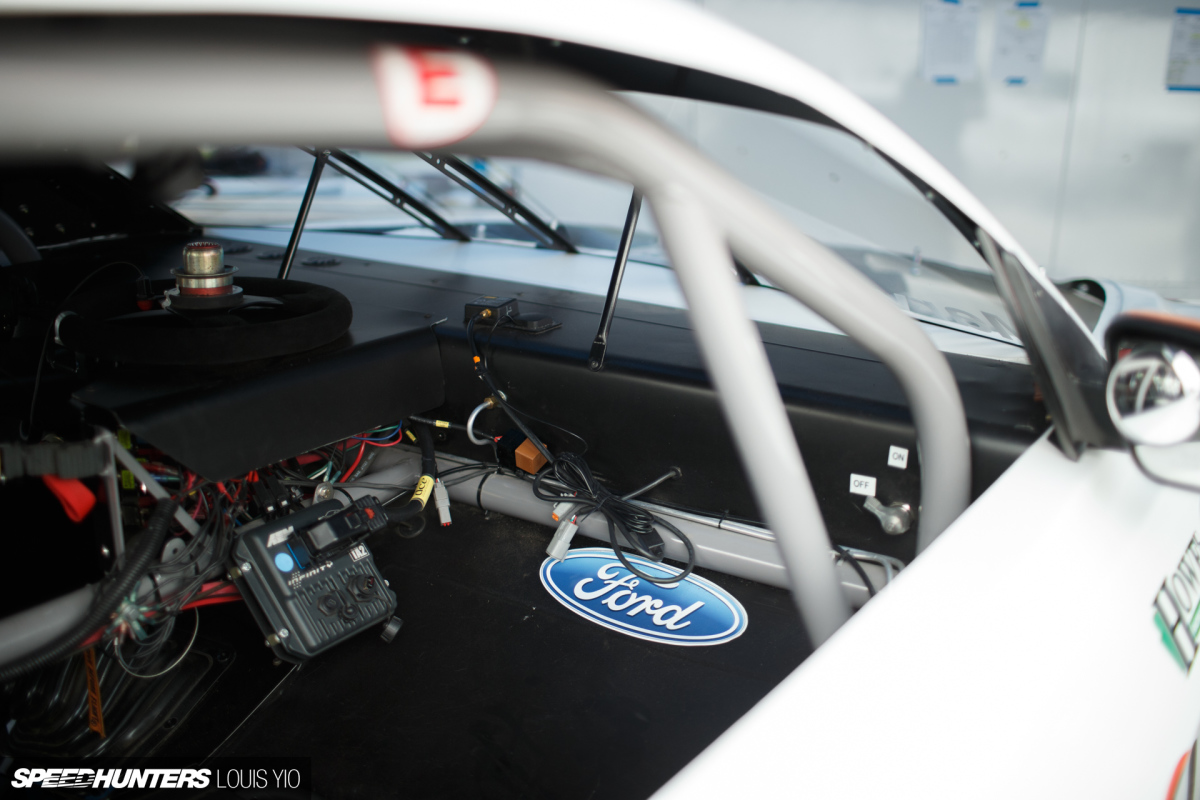
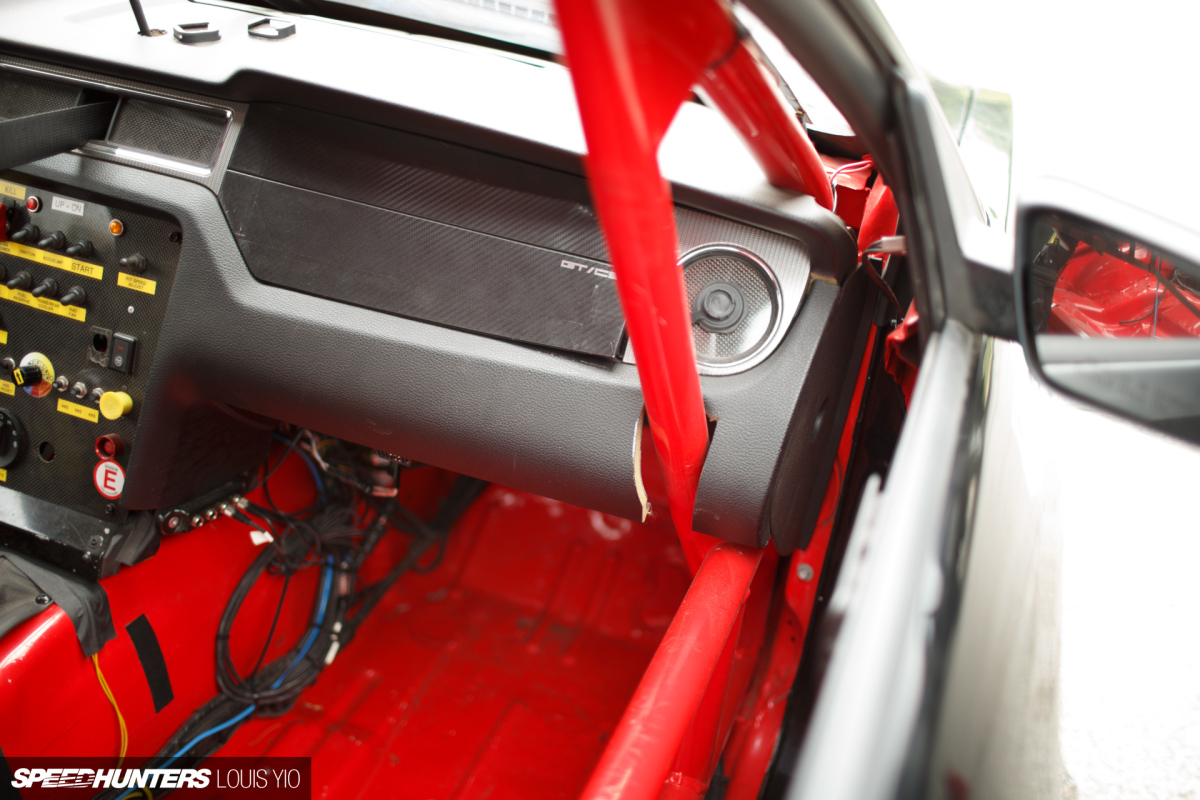
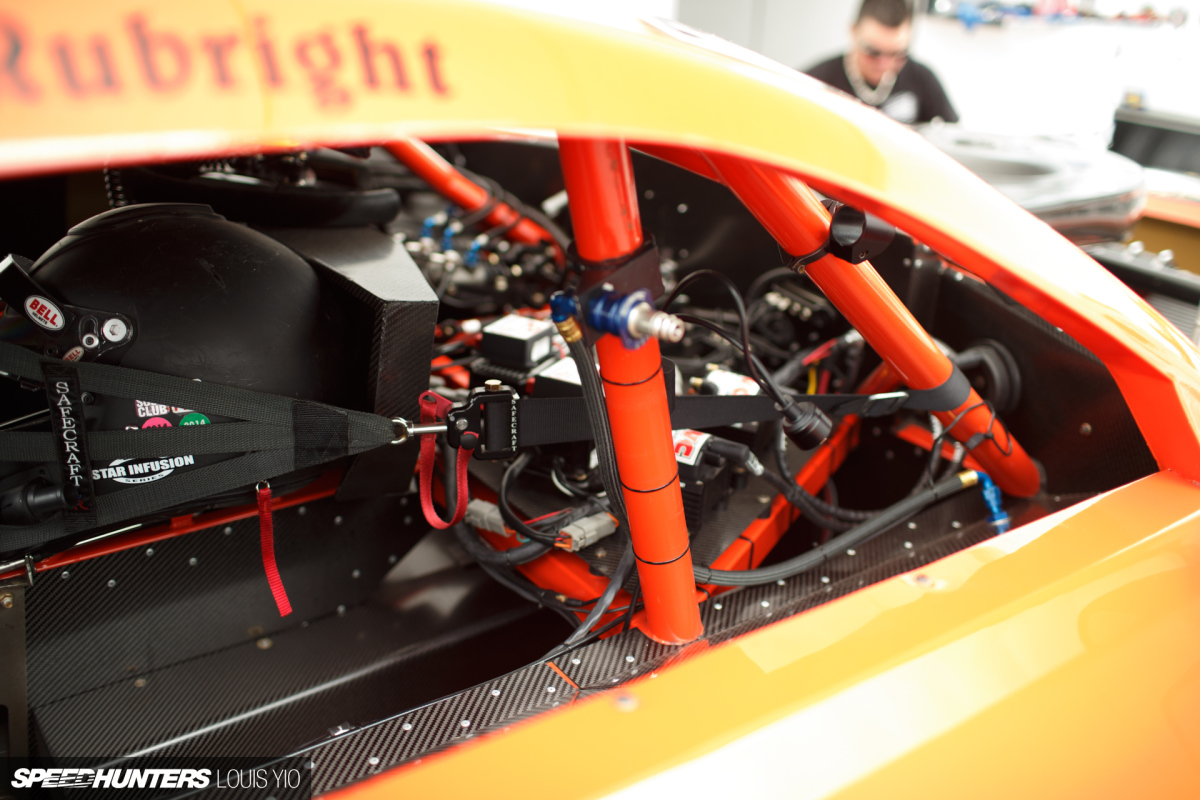
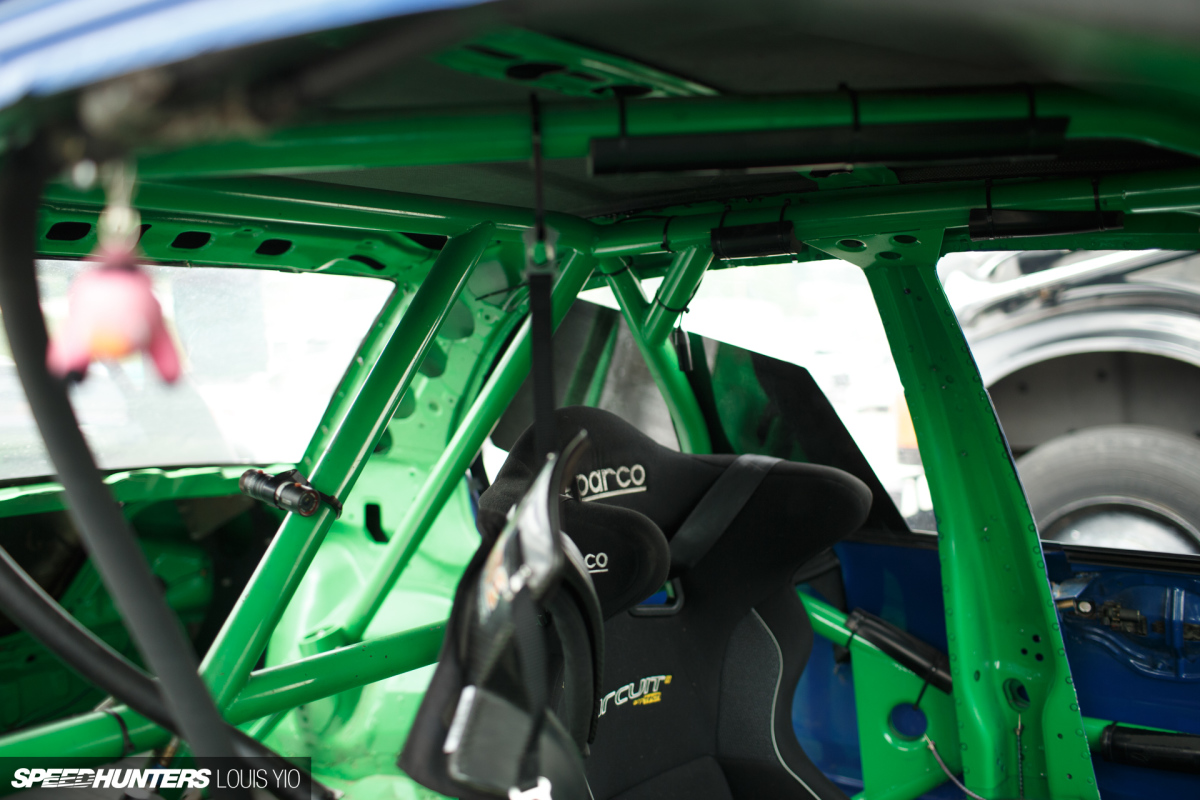
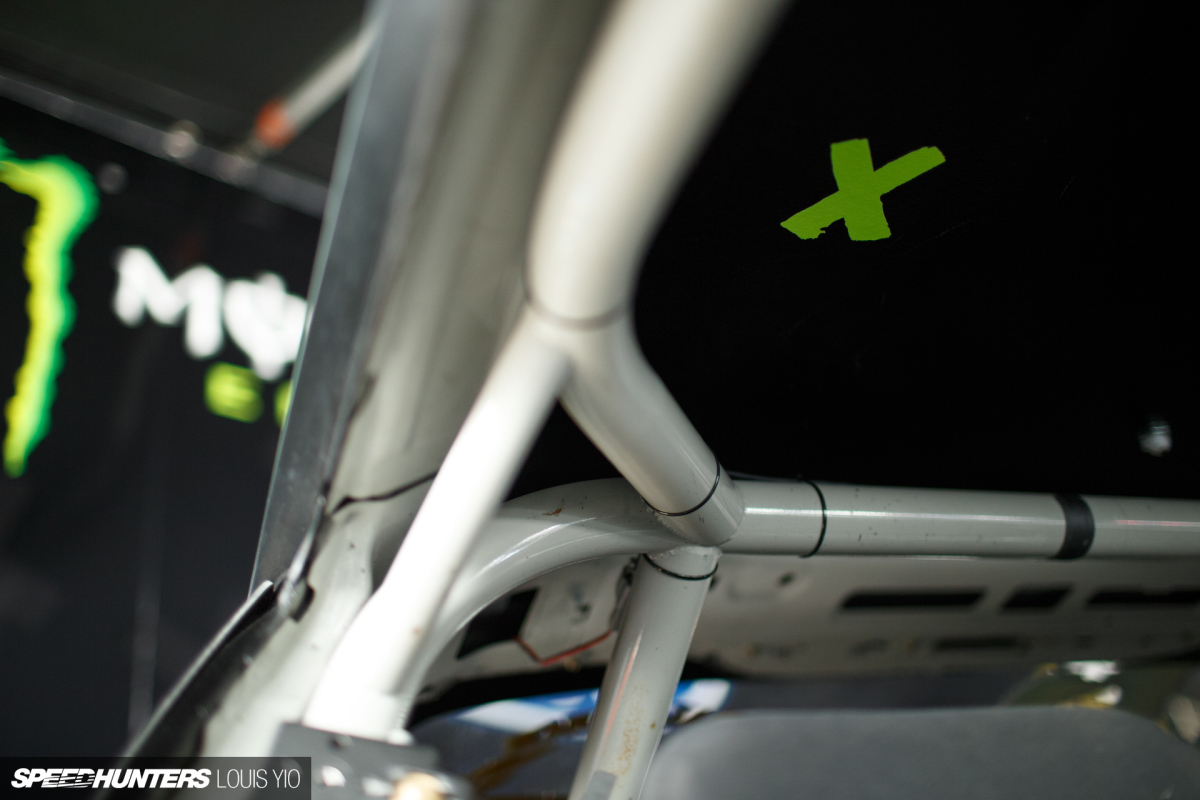
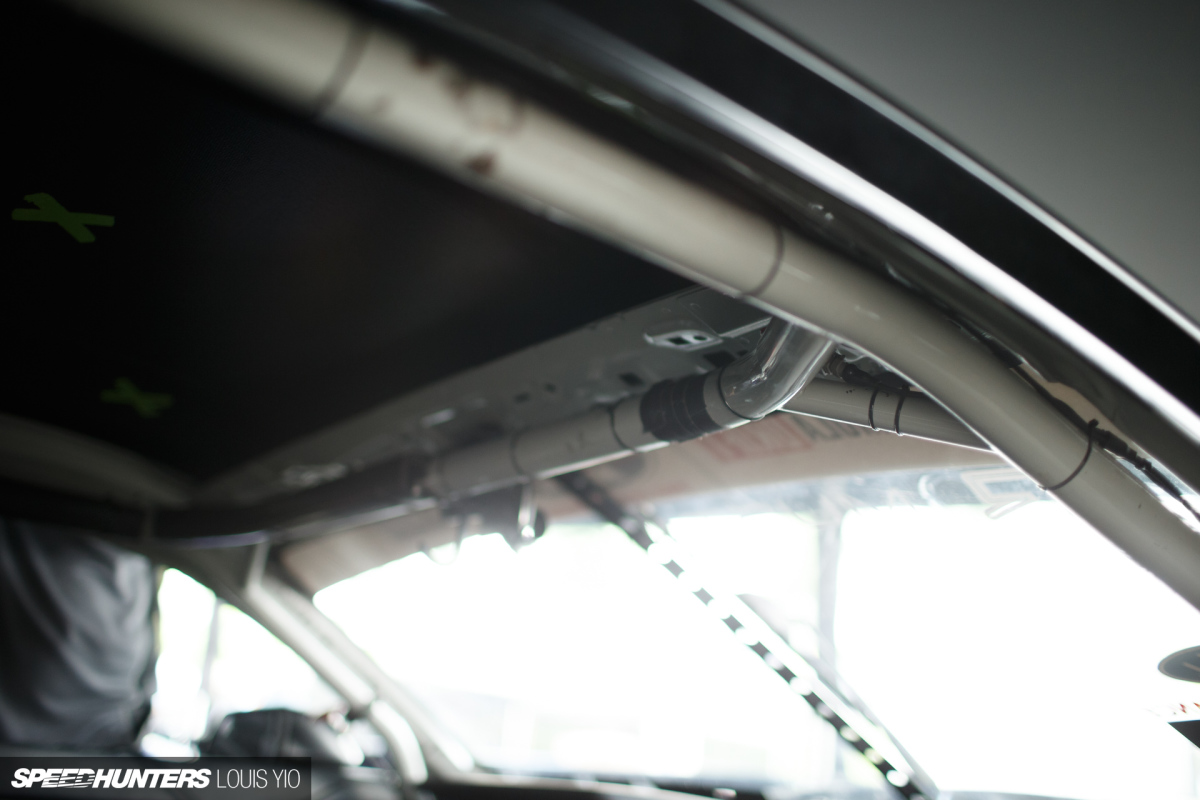
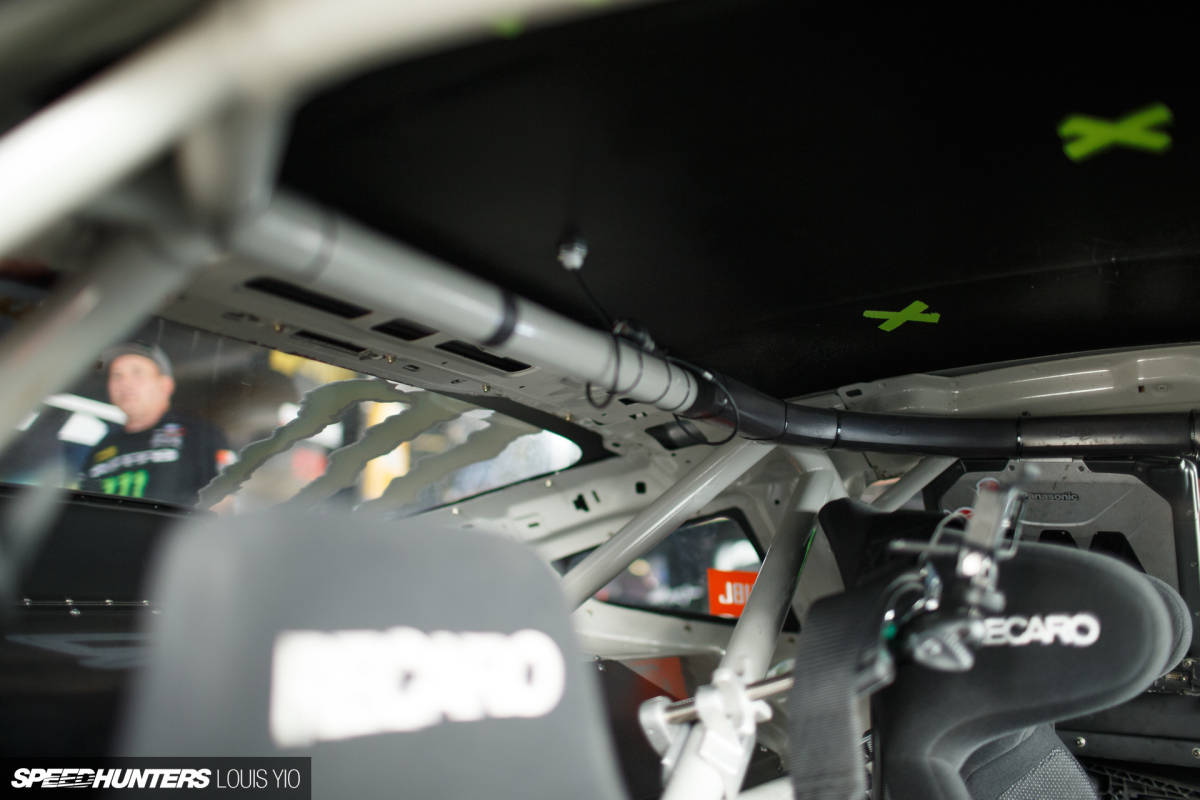

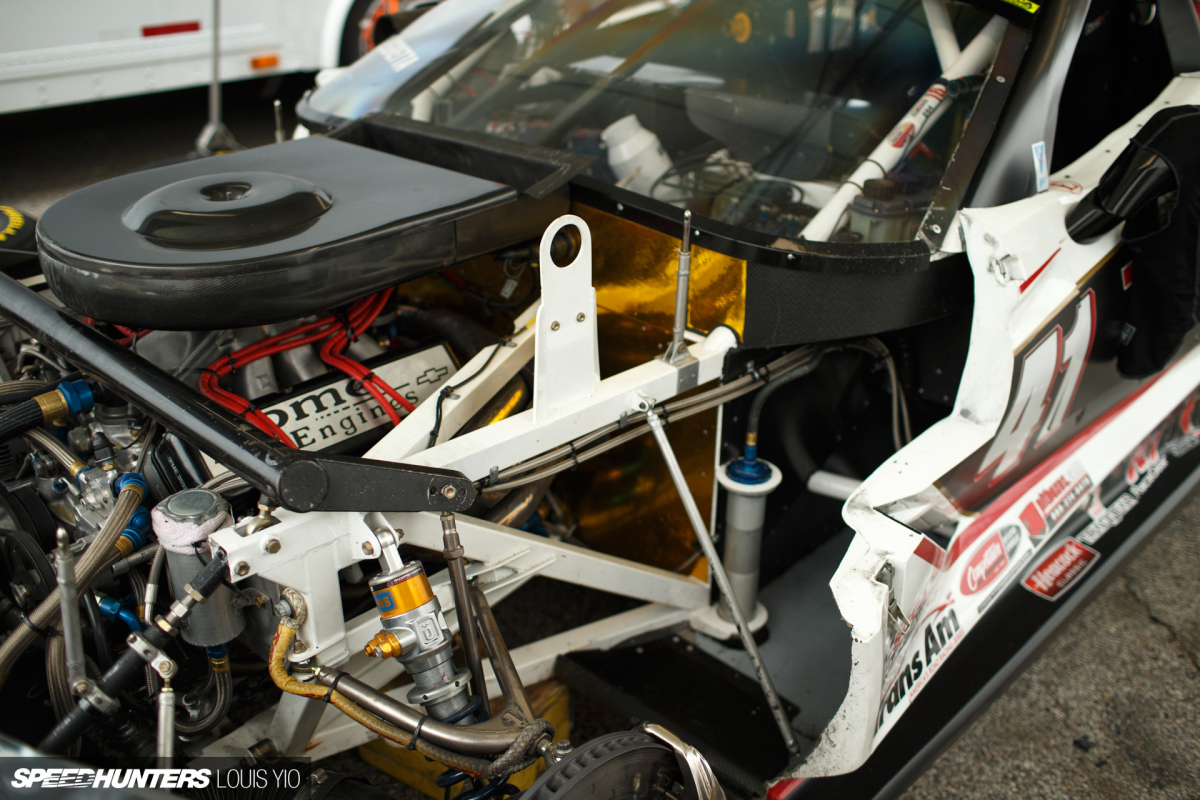
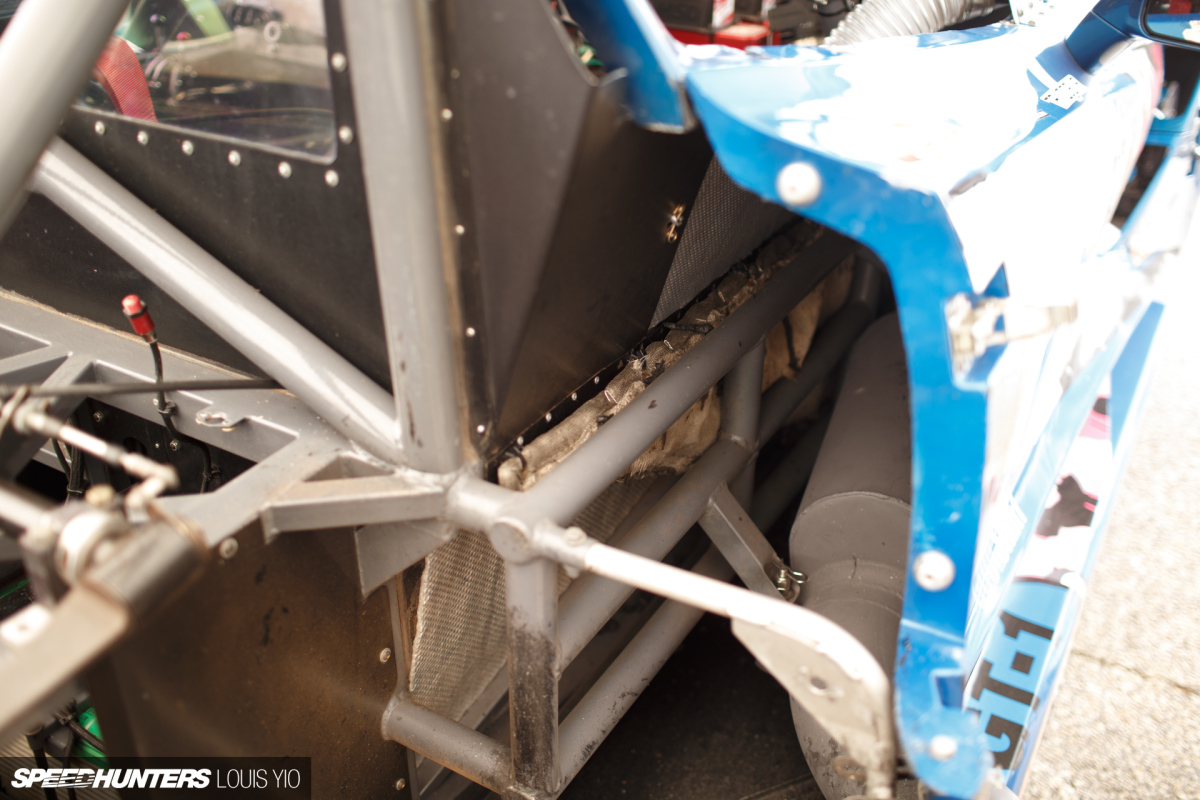





They're illegal here so I can't choose one anyway
Just on the road I assume?
Where do you live?
You can't homologate a car with a roll cage as a road car, only as a track car. Spain.
So does that mean that you CAN'T legally buy & road register a Porsche 911 GT3 RS or a few different RUF vehicles as they have integrated Roll Cages which HAVE passed the German TüV approval (which is supposedly one off if not the most difficult certification to pass). It intrigues me, especially the HOW & WHY side of things, or is it Spanish bureaucracy? Seems really Odd when the rest of the EU allows the same Vehicle as a Road car without having to have modifications (especially when it's actually making the car safer compared to same model without a built in cage). I hope someone else can clarify this for us.
Same here - Latvia!
Our authorities have fantastic explanation - Cages make car structure much stronger and in case of crash with other vehicle caged car will act differently as intended by manufacturer. It is not allowed to make you safer on our roads. it is Okay if truck hits Mini and flattens it... how dare you think about safety... and if your caged Mini crushes into stock one... Jesus’...
It is the same in Portugal.
You can Buy a Porsche GT3 RS or the ClubSport (Its road legal) because it comes that way from the Factory.
You can also have a Porsche Cayman or a 911 and put a 4 Point cage in it and the authorities wont be saying much about it either.
There is the Mini Cooper S GP series, no BackSeats and no Cage. Its fine that way too, but you can put a 4 point cage (Bolt On).
In any other car its illegal, Tüv approved or not, FIA or not,
Authorities will send you straight to a special inspection and take your car´s papers with them. inpound lock etc...
You can´t also Homologate it afterwards.
In the automotive world Portugal is one of the most restrictive countries in EU for modifications and AddOns.
RollBar´s / Cage´s / CoilOvers / Exhausts / Air Filters / Wheels / BucketSeats / 4 or 6 Point Harness´s are not allowed since they are modifying the OE specs of the vehicle. Any of this is something they can give you a ticket for.
We still do it, but well... At one´s risk.
You can't buy a GT3 RS with the Clubsport roll bar as a factory option in the US either, thanks to gov't rules. In most cities and states, you can add it after the fact though.
So is a roll cage a correct way to strengthen a classic car chassis for the street to make their safety acceptable? I mean practicality aside, is a roll cage great for surviving crashes on the street (with modern cars or walls) or is it just plain wrong for the job?
You have to think of safety as a complete system - certain aspects of safety equipment are designed with work with others, and designed to do certain things in conjunction. Hence the other comments about needing a helmet, harness, seat, etc.
No. You'd also need to wear wear helmet, full harness, etc. You'd probably be better off. BUT the key thing is that given no one else on the road is going to have a full roll cage, if you hit them (or vice versa) they're going to come off far worse off than they would have otherwise. Road cars are designed for a different sort of crash to race cars. Road cars should be travelling slower and intentionally crumple to absorb energy, the belts and seats are clearly not as robust as in a race car. As it is, road cars having big steel bumper bars fitted externally (bull bars or roo bars depending on where you are) is
a problem because that negates the crumple zone, and tends to rip into anything they crash into and cause far more damage to the other car and occupant.
It is actually more dangerous to have a cage than to not have one if you aren't wearing a helmet (IE: on the street).
That's a broad statement. Way to many variables.
But still true. The greatest risk in ANY crash when you're in a car with a cage comes from the fact that if you hit your head on one of the tubes instead of the door frame, window, or other interior part, you have INSTANT head trauma. No ifs, ands, or buts.
When in doubt, use what NASCAR uses. Their drivers go through many, many very high speed crashes, and have adopted and required what actually works. Piggy-back off of their experience. Every other sanctioning body has a much smaller number of high speed crashes to draw lessons from.
'It’s All About Safety, Chassis Stiffing Comes Last'
Does anyone proof read anymore?
This article gave me no guidance on what style of roll bar/cage to install in my track/street car. Is a six point cage safe to use on the street without a helmet? I don't have a governing body or other 'competitors' to consult.
At my local track these are the minimum safety requirement for a track day event. https://www.trackjunkies.ca/safety-equipment/
If you are competing in a race series or event, The governing body for that series or event will have safety requirements that need to be met.
you would want a roll hoop instead of a cage, the problem is the bars that are located above and in front of the drivers seat. From how i understand it, they are potential impact points with your head. So a roll hoop/bar with front legs that head diagonally forwards to the bottom of the door could be considered a six point and would be ok, but if you had bars that ran along the top of the door and down the a-pillar would be additional risk.
In the case of a street legal car, you will want to consult your local traffic laws to see what they say first. some places have laws against reducing vision from OEM, which A-pillar bars would do in the majority of cases.
Hey guys,
Just a suggestion, maybe you could include some diagrams of cages with out cars around them with the relevant bars highlighted. Unfortunately i am still not sure what a Newman bar is, in the photos before and after the paragraphs there are some pretty cages but there is too much detail in the photos to pick out what exactly it is you are talking about.
also what does the anti intrusion bar on fd cars attach to? it goes forward of the a-pillar bar correct?
The "Newman" bar is a NASCAR only (at this point) cage bar and none of the cars we were able to get pictures of at Road Atlanta had it. Imagine the design of you typical FIA cage with the FIA bars going down from the front down tubes to the bottom door bar. At the point where the FIA bar connects to the front down tube would be a bar that goes across, from one front down tube across to the other in a straight line. That would be a "Newman" bar and its designed by NASCAR to support the front greenhouse from collapsing in on the driver as it did with Ryan Newman in 2009 at Talladega and seen here: https://youtu.be/S8BljwffrGc . It took 15 minutes to cut him out of the car, even after righting it.
Bottom line guys. You should never run any type of cage in a street driven car. Rear roll over hoops in say a miata
Rubbish! I run a full cage in my street driven Mx5. In NZ, you can get authority cars to allow road use of race vehicles. The important thing is if do have a cage, make sure it is properly padded etc, because cage or not, if you get hit in the side of a mx5, you're bouncing your head of either the hardtop, the softtop frame, or bar work, which are all equally hard to your soft melon.
The only problem I find with a cage, is it reduces my vision in certain points, but a full harness strapping me down doesn't help either.
Who made your roll cage, having diffiulty finding someone to make a roll bar for my mx5 in NZ
I'm surprised there's no mention of harness bar height in the cage.
To function properly, a harness needs to have an angle between the shoulders and the connecting point in the cage between 10* and 20* (If I recall correctly). This means that a 6'2" driver will need a different harness bar height than a 5'9" driver. This also means that your seat choice impacts your cage. It's frustrating to see cages pass tech that shouldn't. For example, 99% of Spec Miata cages. They use one cage for every car with the ND MX-5s, and completely ignore the harness manufacturer's instructions.
Roll cages are one part of a complex safety structure. You need to consider the entire system when constructing one.
"According to Formula Drift’s Kevin Wells, the difference is minimal and close to a GT3 or GT4 car." All the GT cars I have driven (Ferrari 458, Audi R8 LMS, etc...) have bolt in roll cages (that you condemn).
"But in cases where cars do not have a steel chassis (like the aluminum unibody of the Lotus Evora, for example) a bolt-in cage is the only option."
Glad to see ACTUAL cages get a tech article. Nicely done, definitely learned more about cages that I didn't know.
Watching wrc and other rally videos, the speed they carry between trees, i wish they have capsule like cage around the occupants. Something like nhra drag car iinm.
When it comes to side impacts, rally cars get the worst of them. Think of hitting a tree at 160 km/h. That's why they use x-bars and the actual doors are filled with foam that absorb as much energy as possible. As concept that makes much more sense than a NASCAR bars that lead the forces straight in to the rest of the cage. Crumble zone is supposed to crumble. As general cage design goes the traditional FIA appendix J cage with main hoop etc. is terribly outdated. Just look at super touring cars of the 90s or current Ford WRCars, those are a feast for engineer's eye